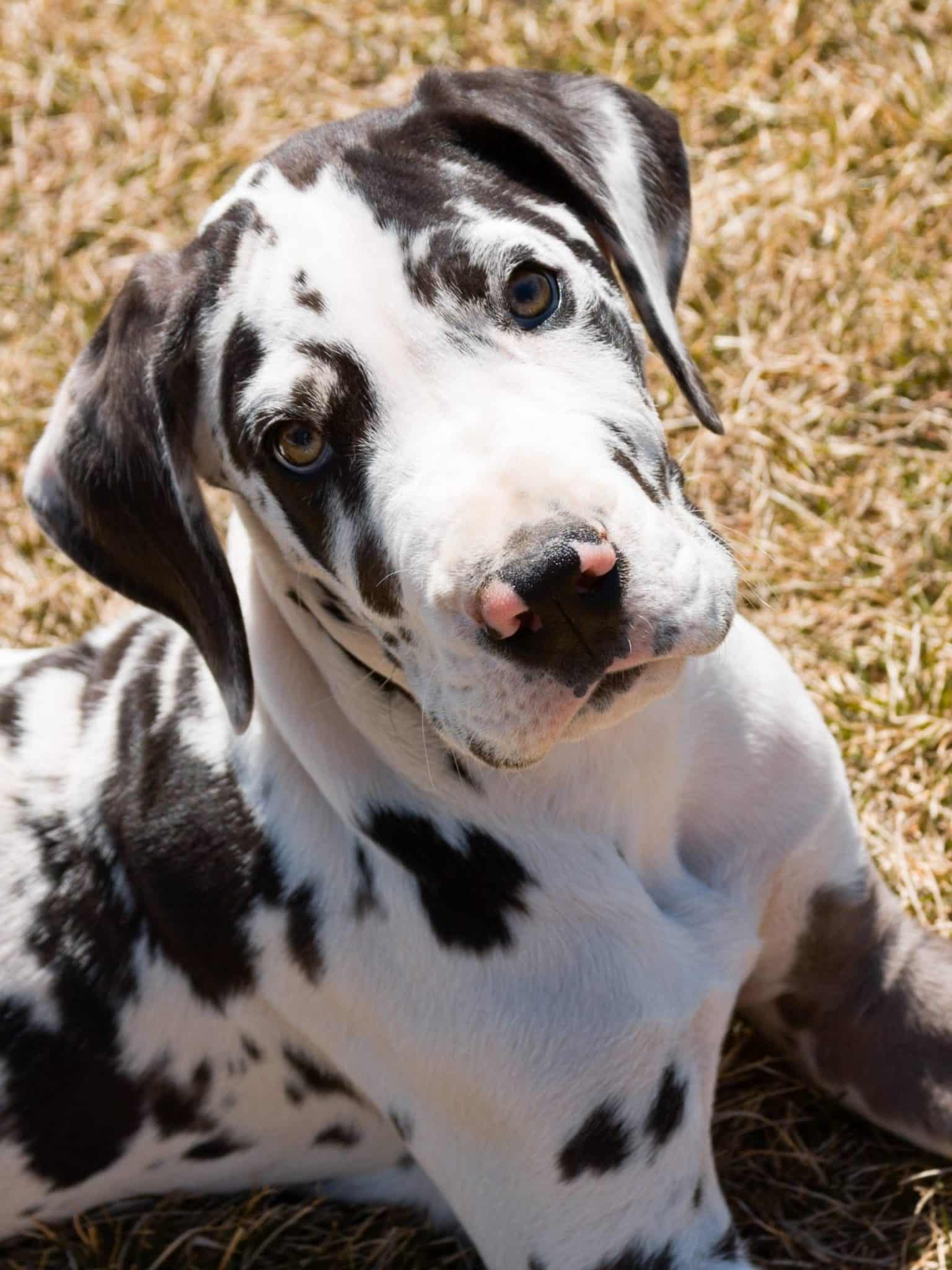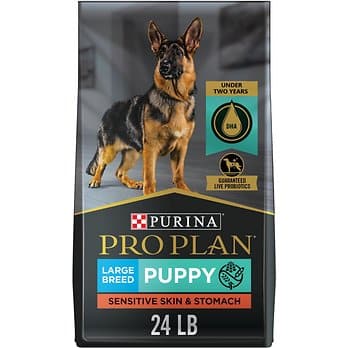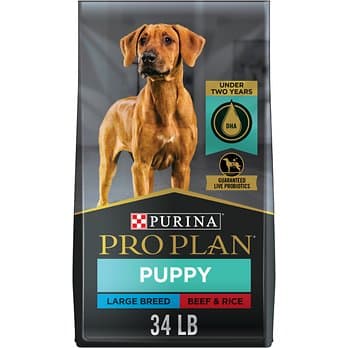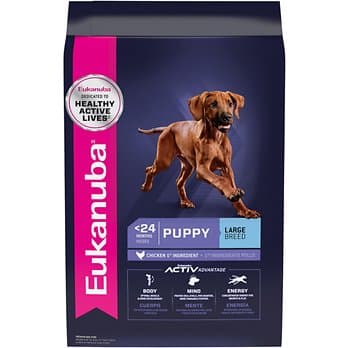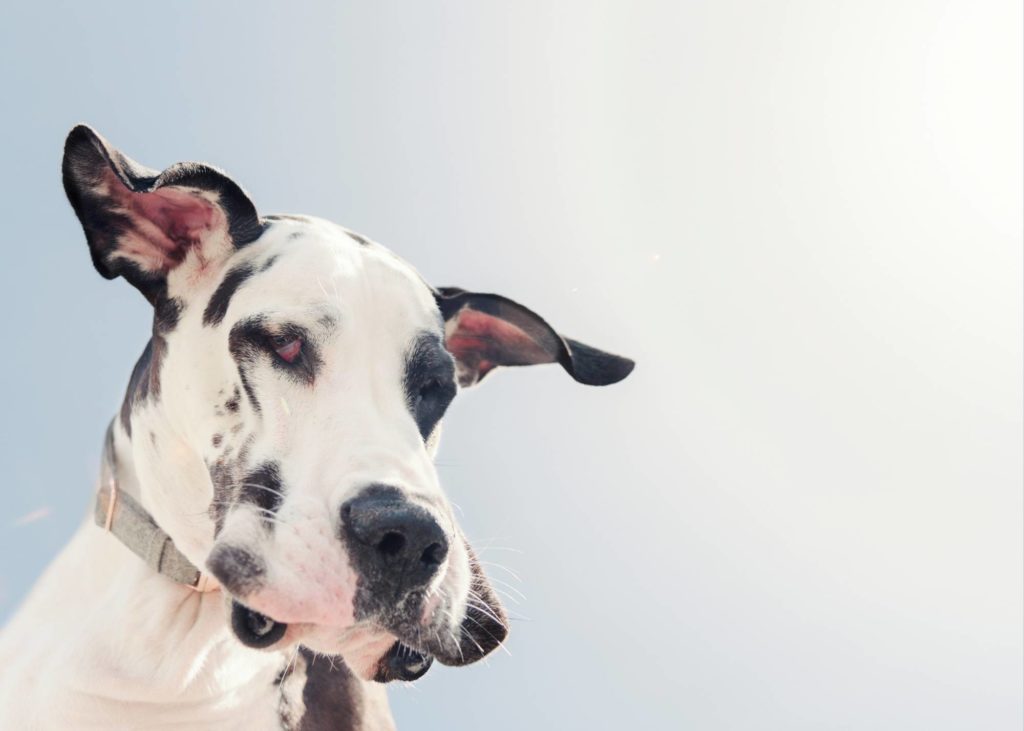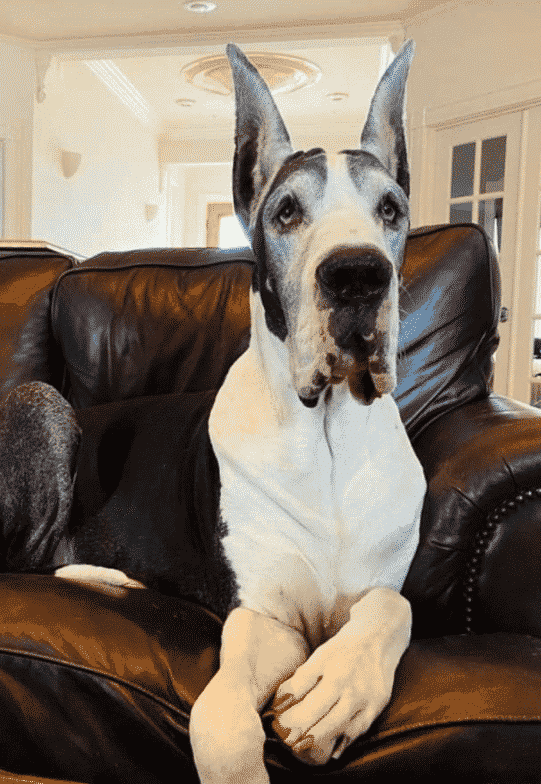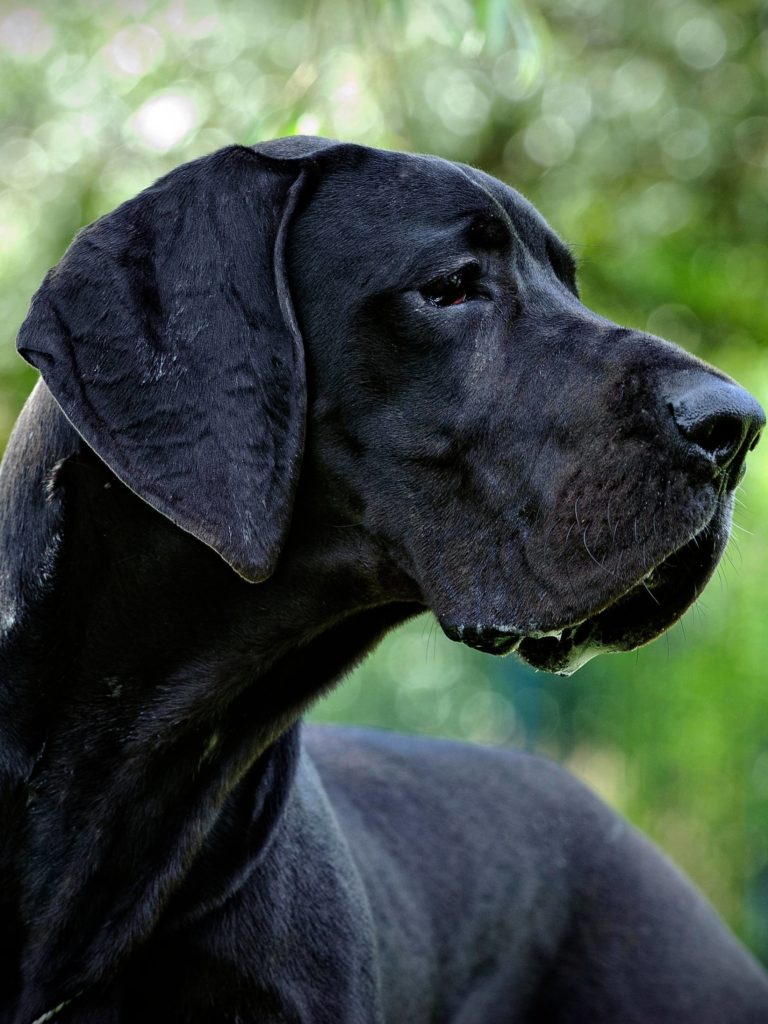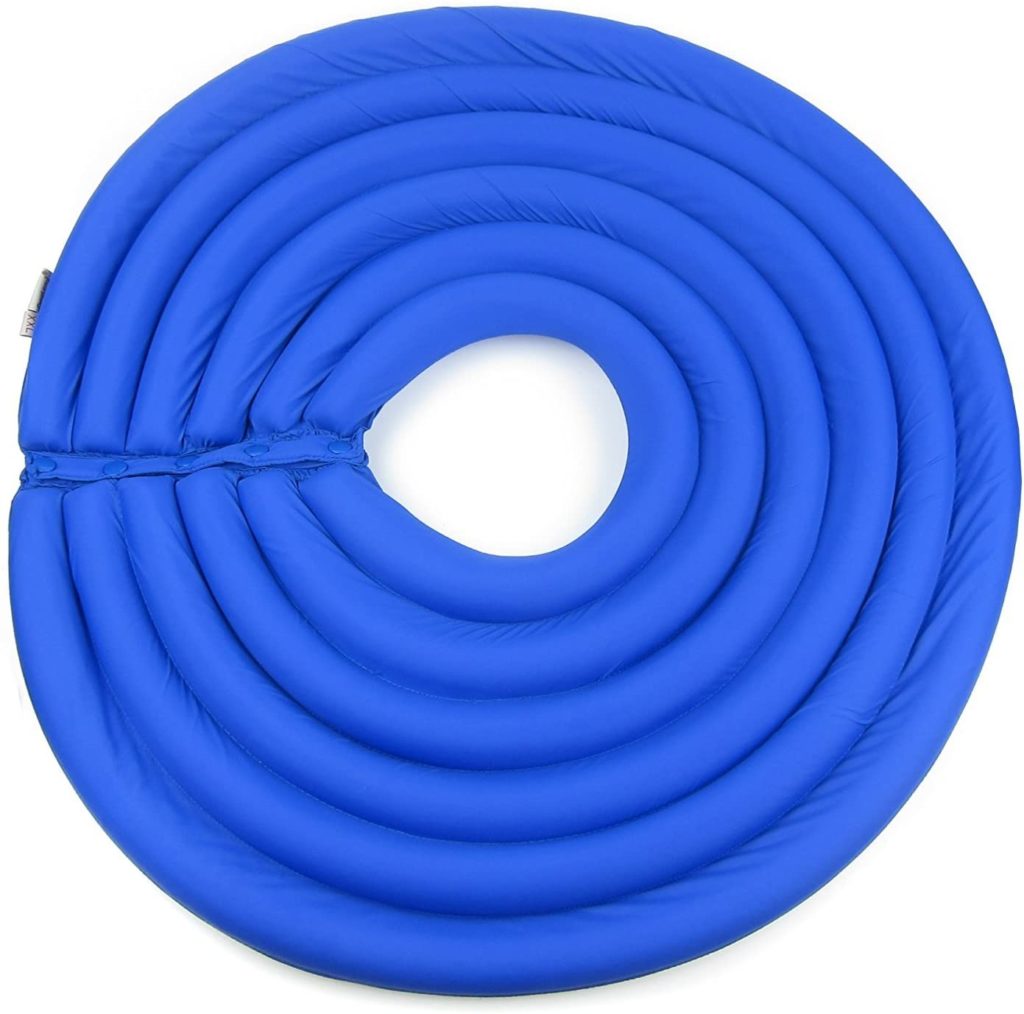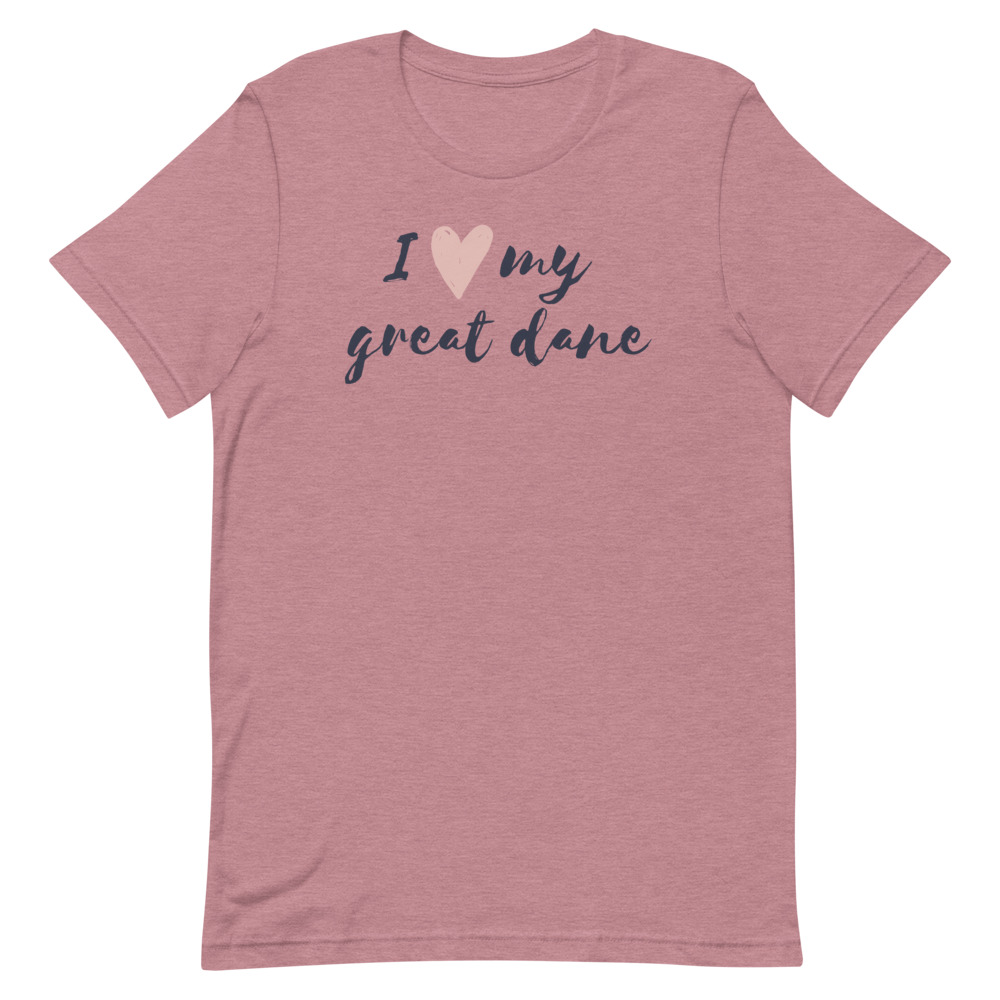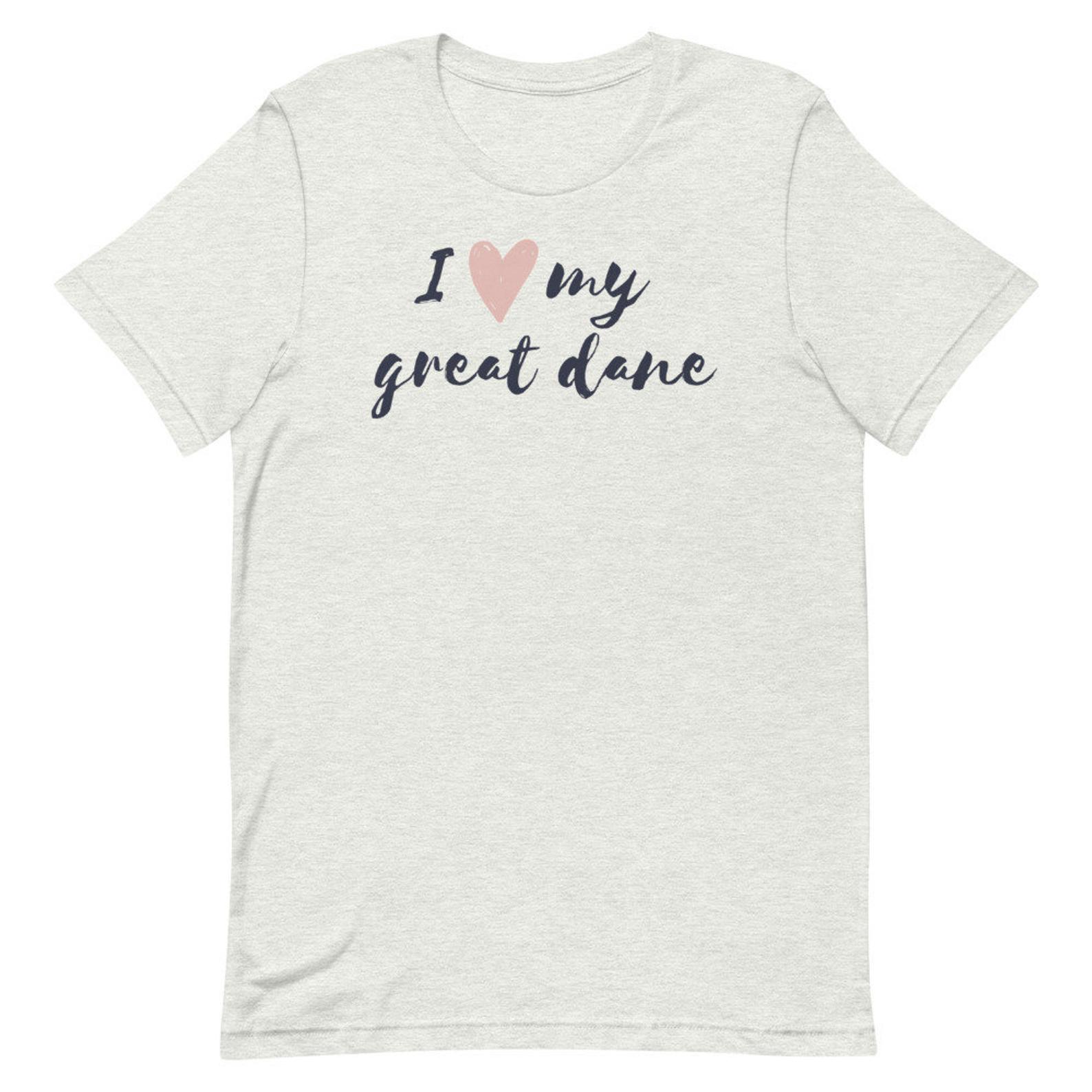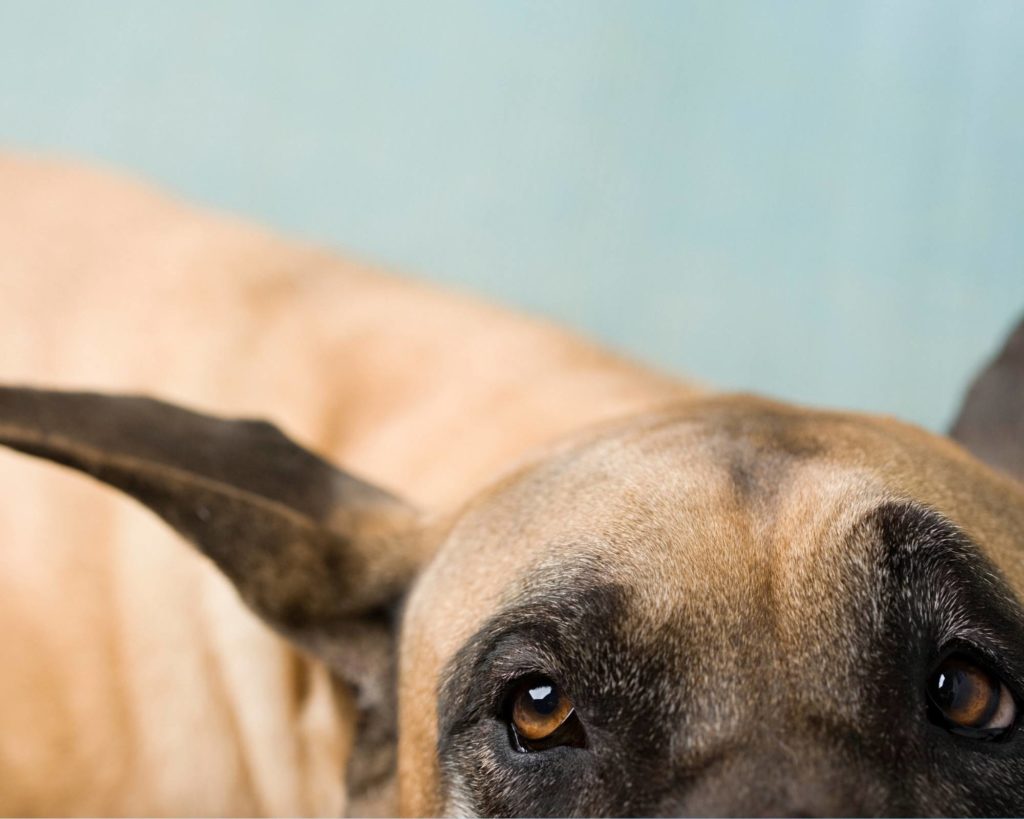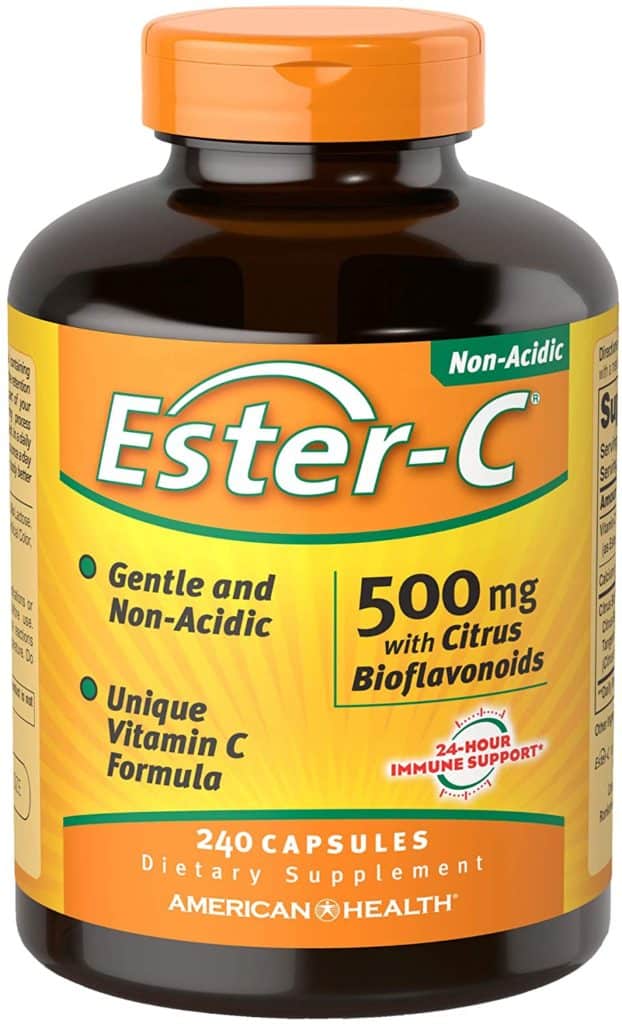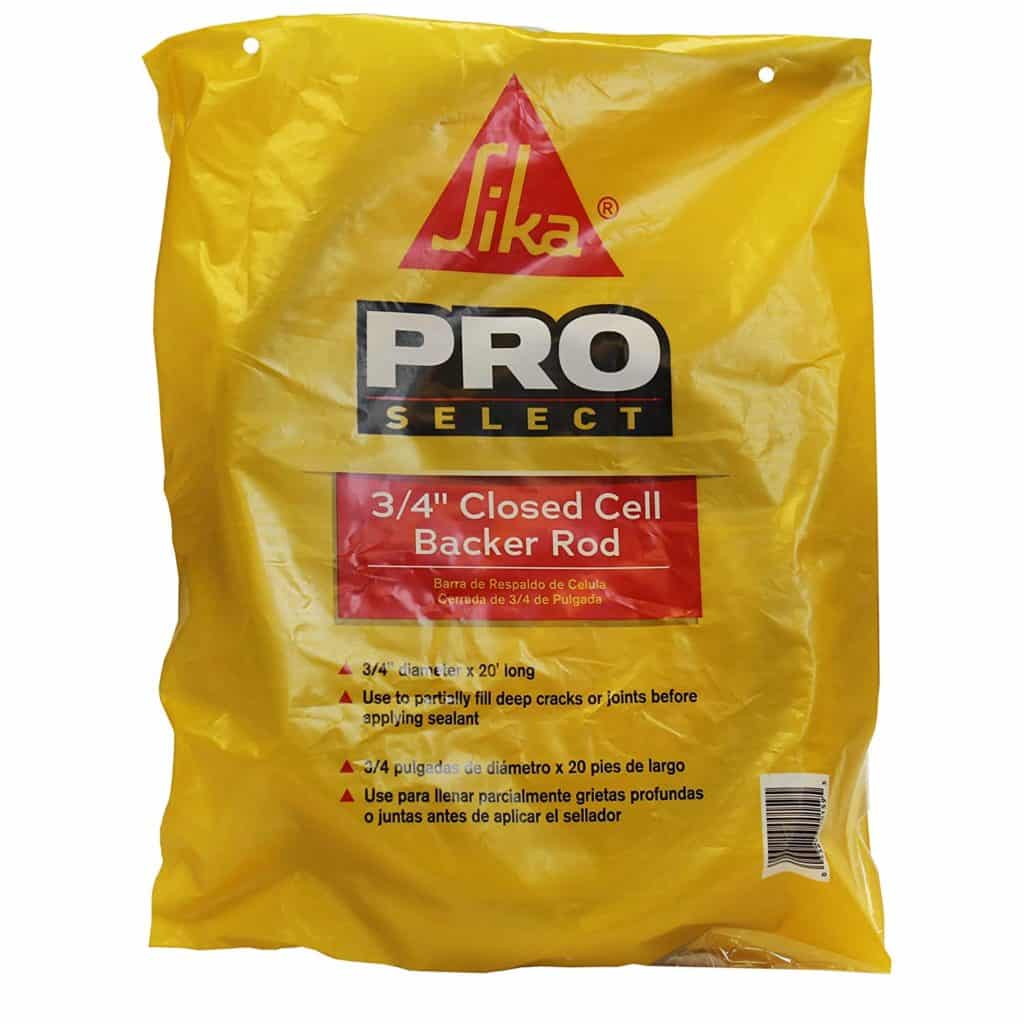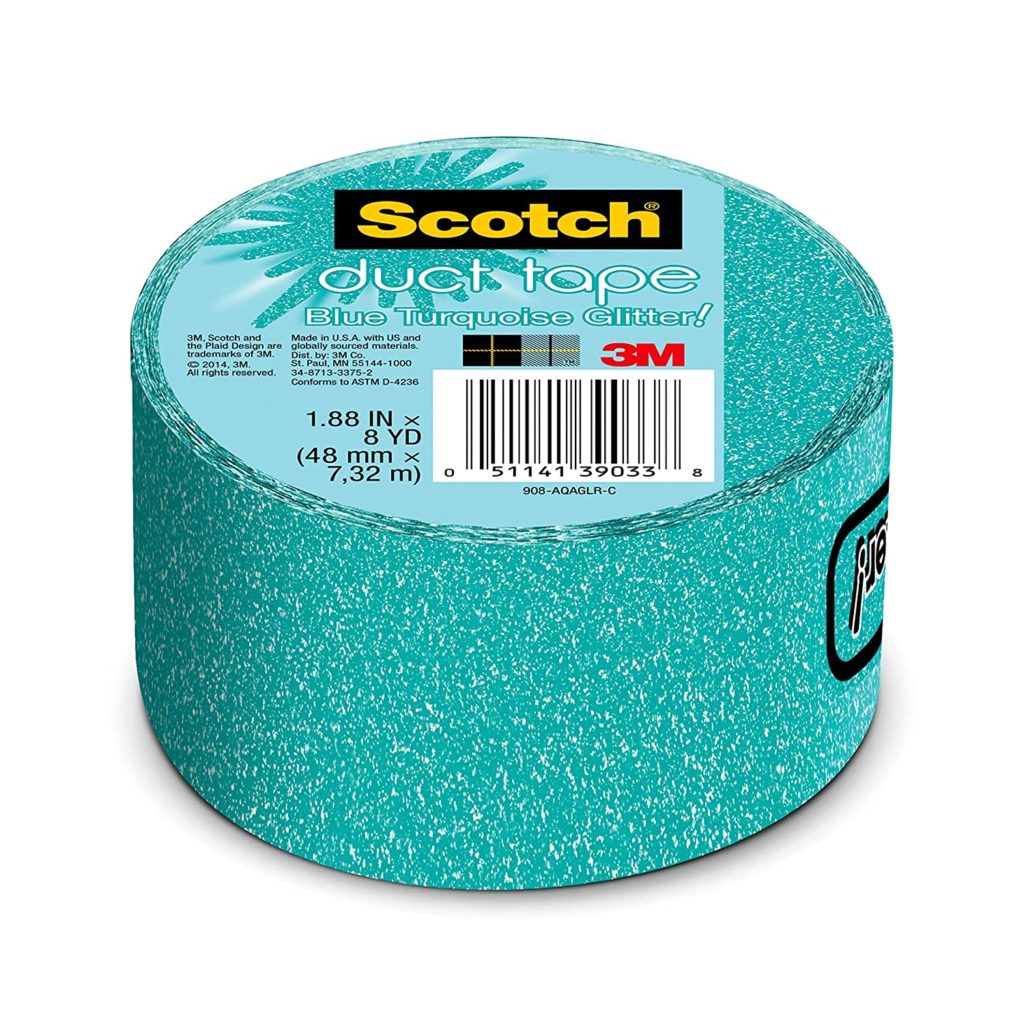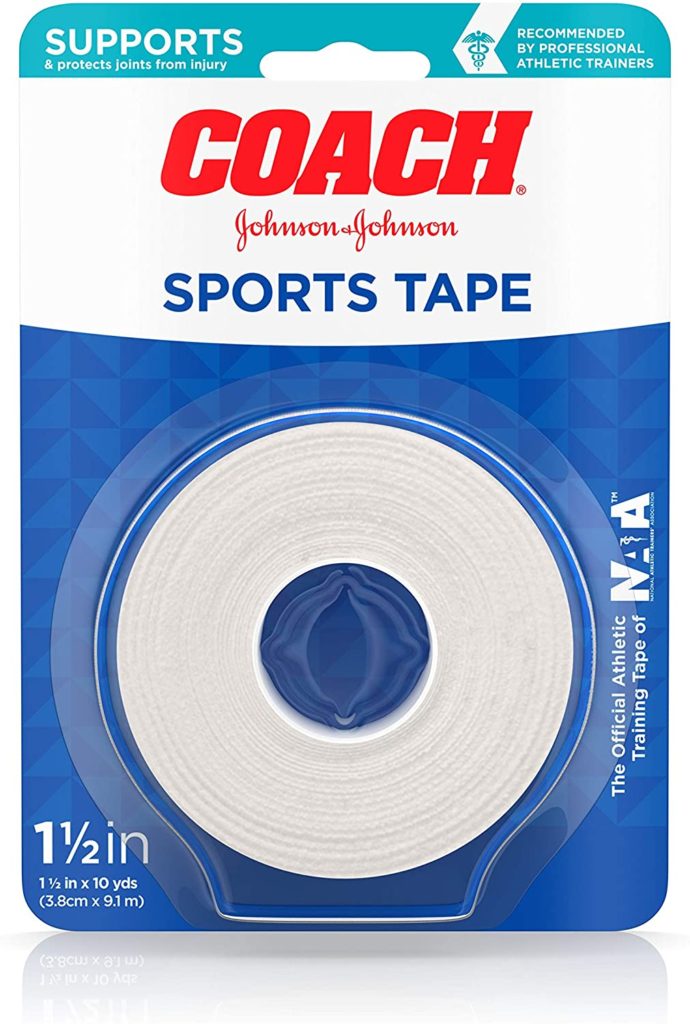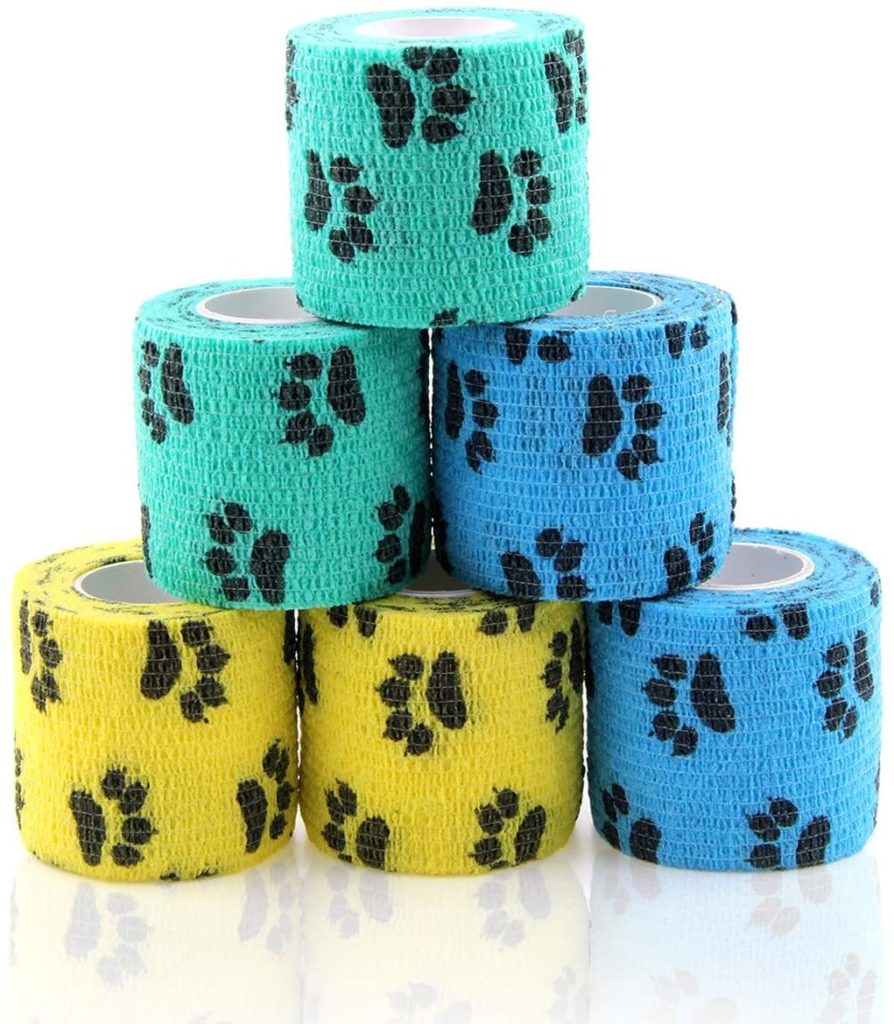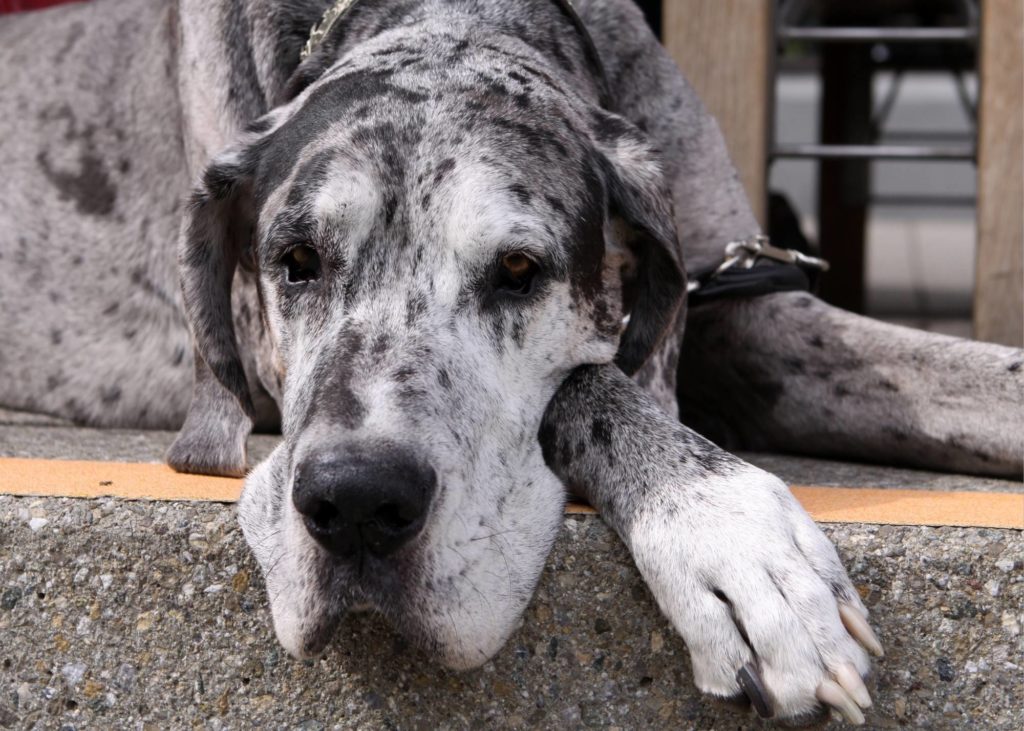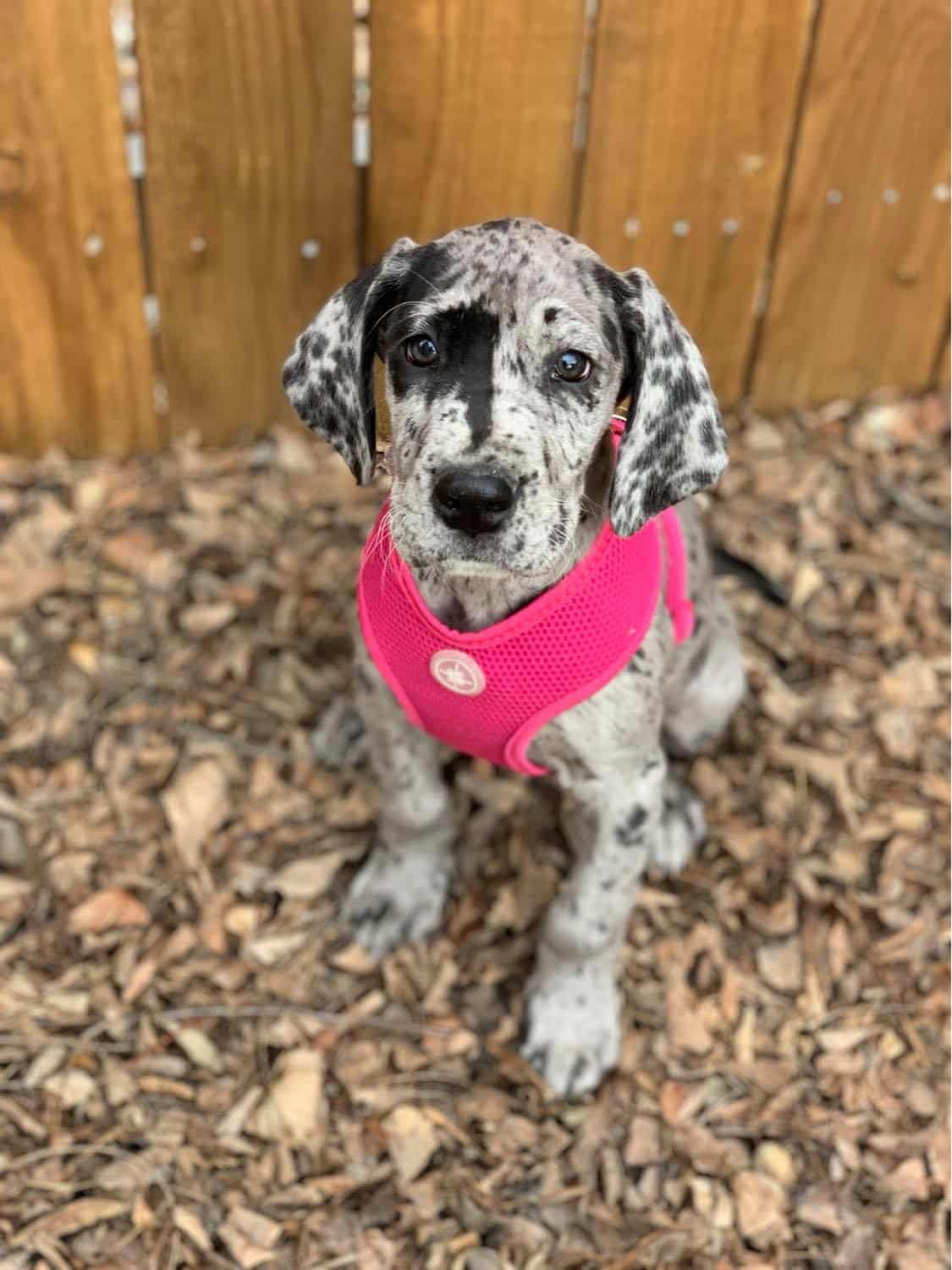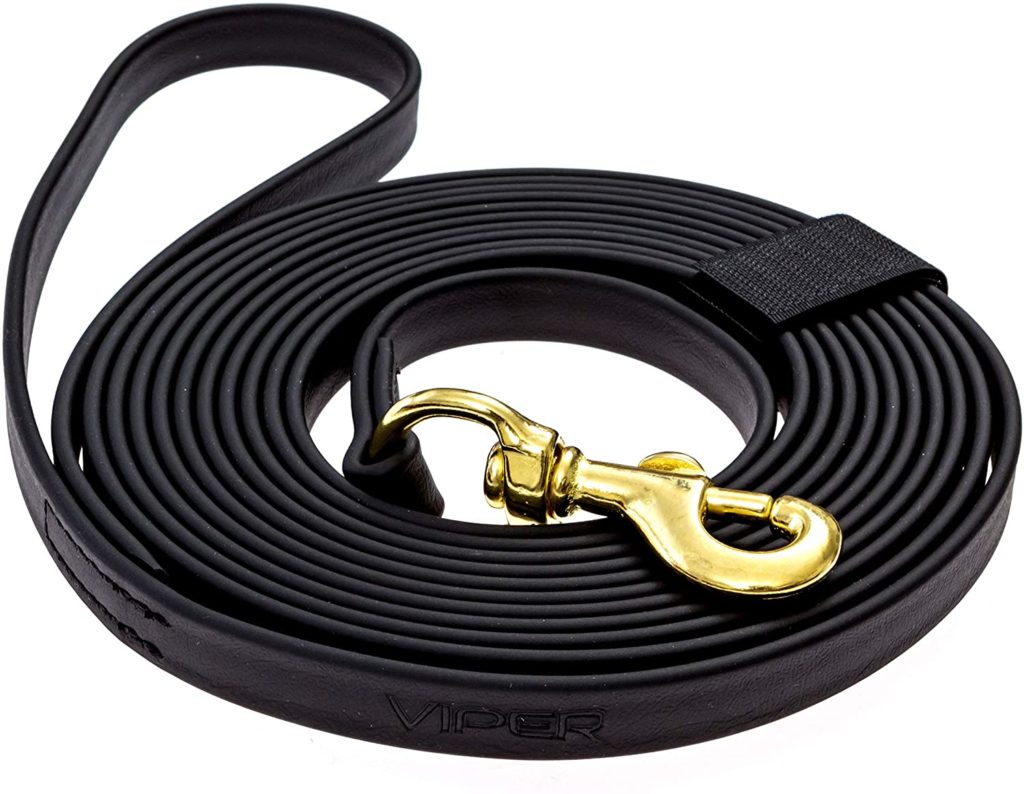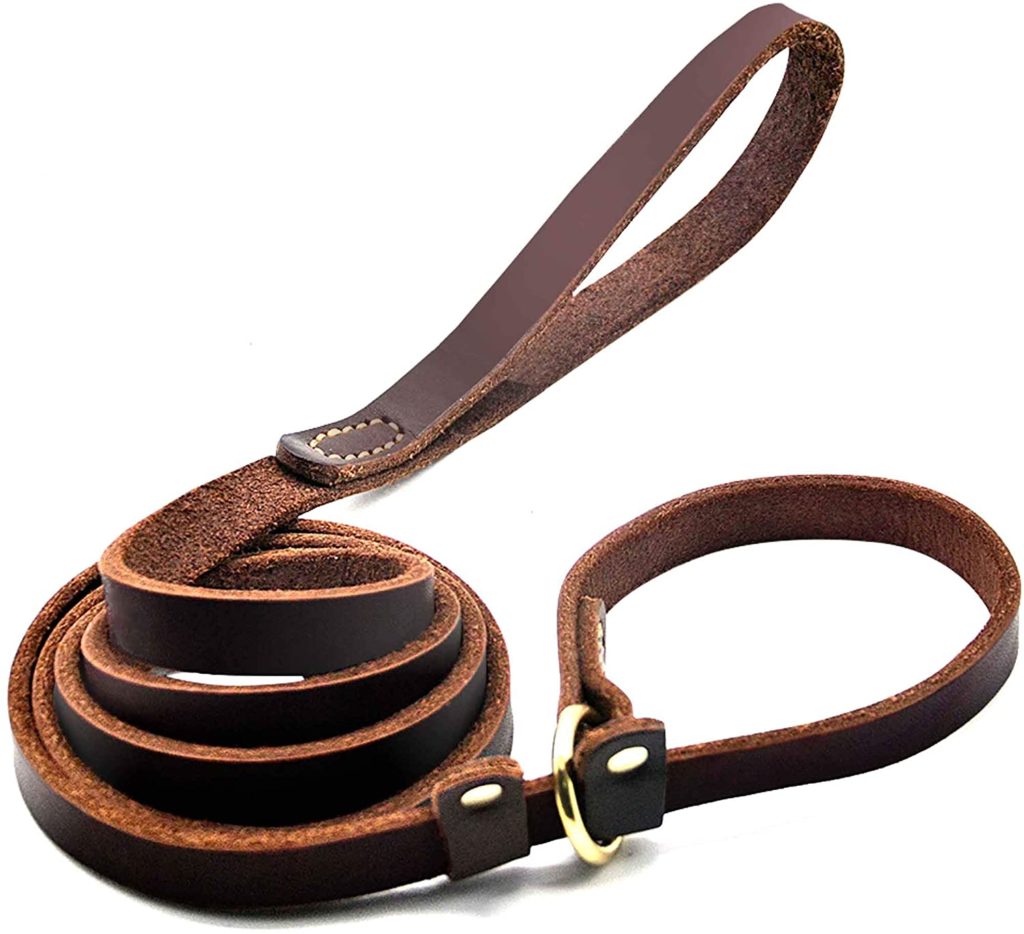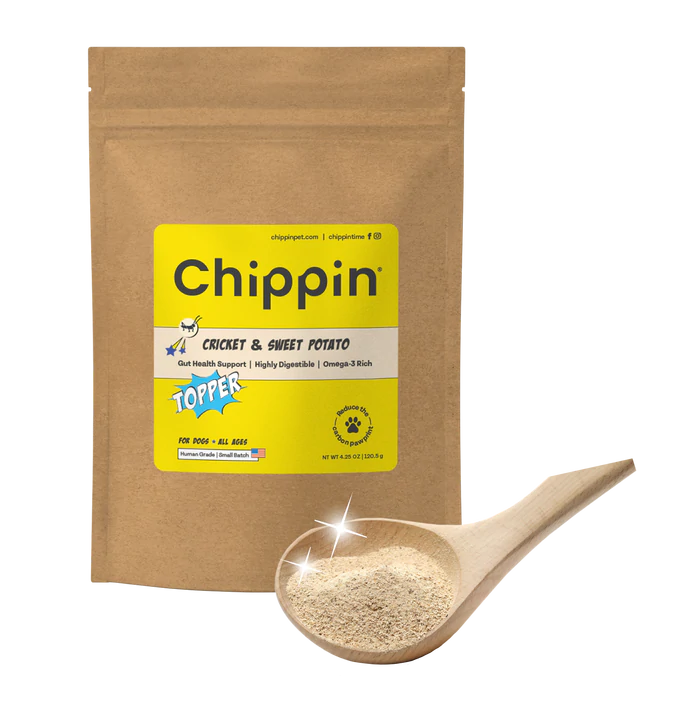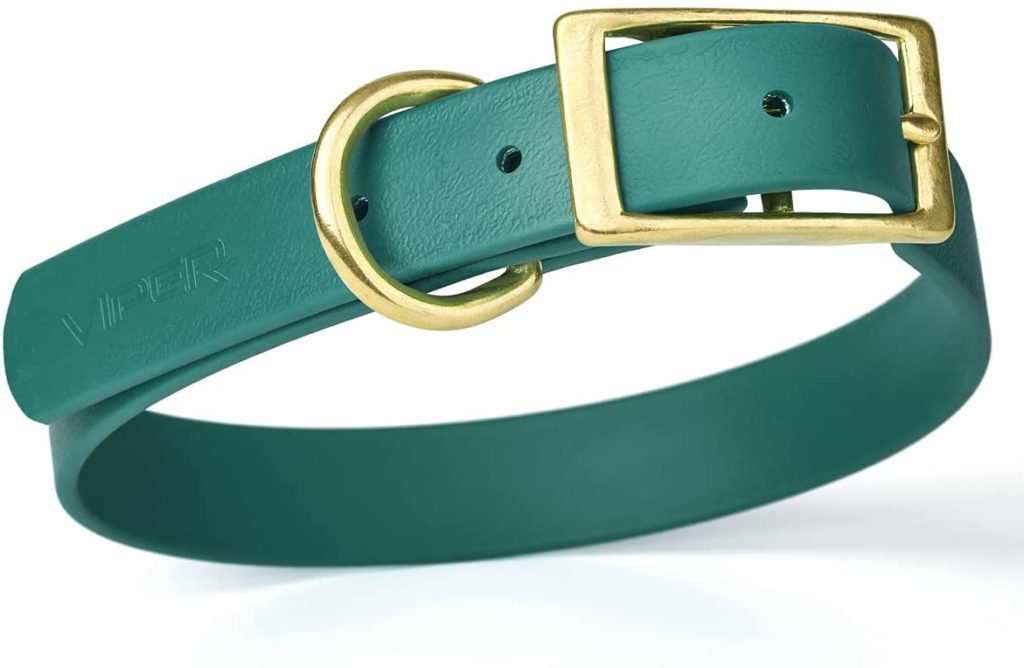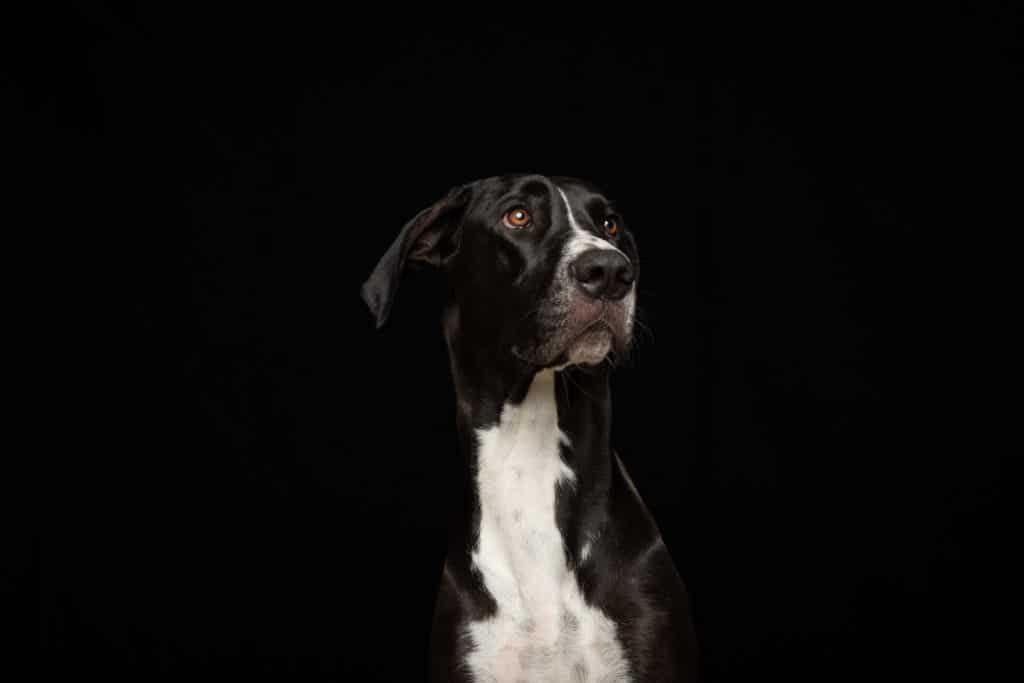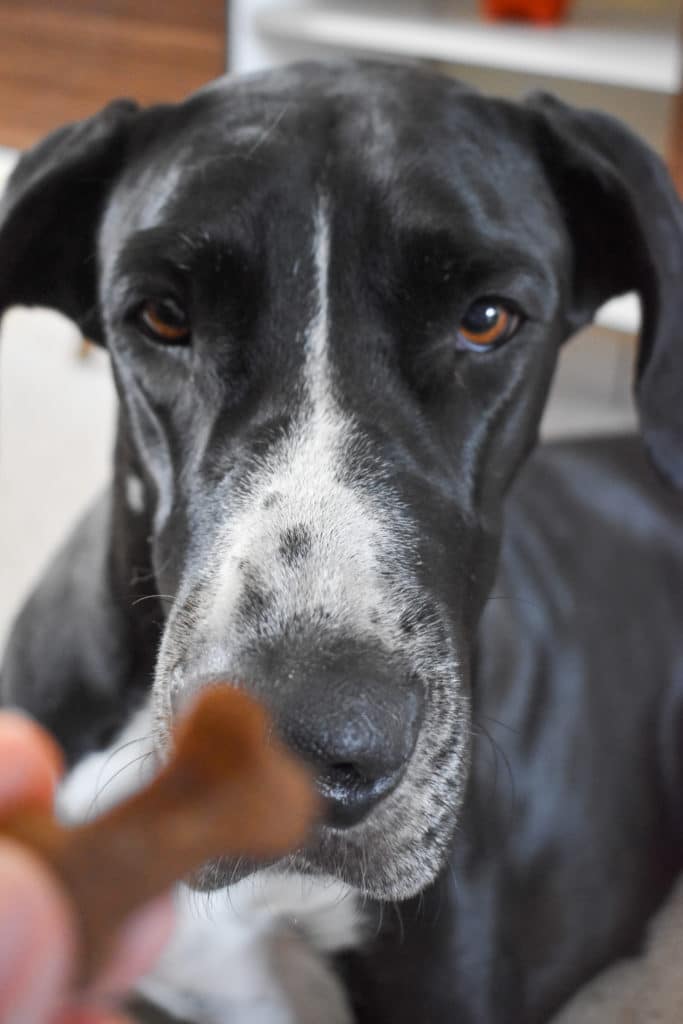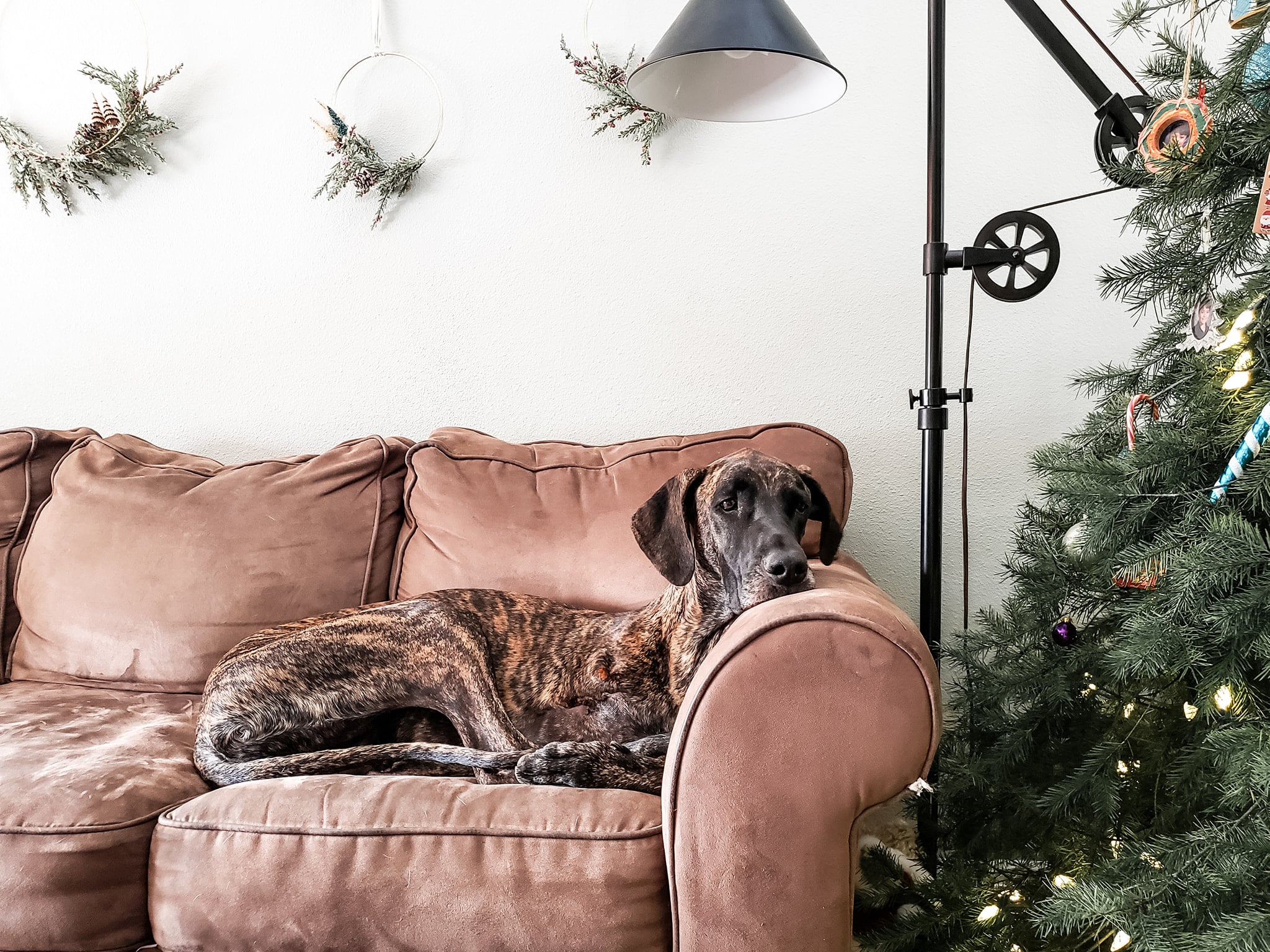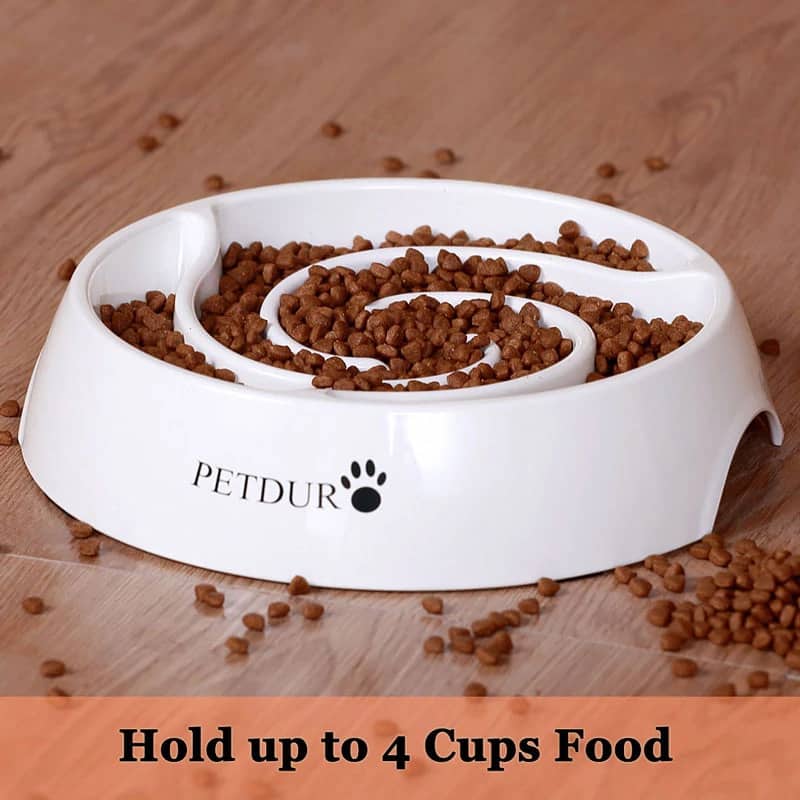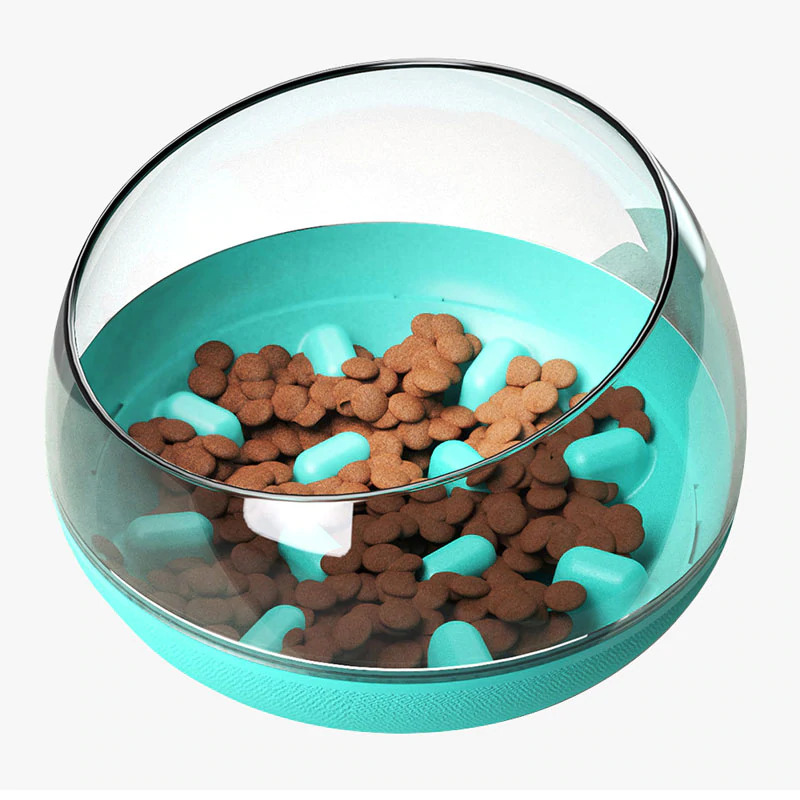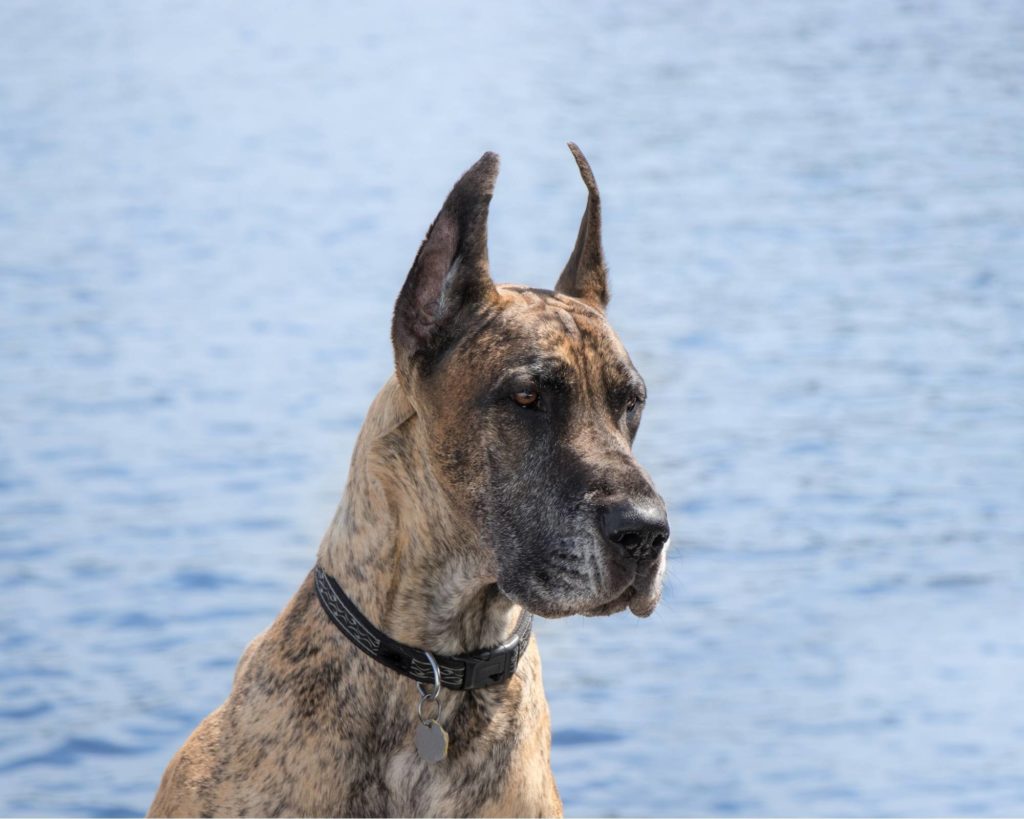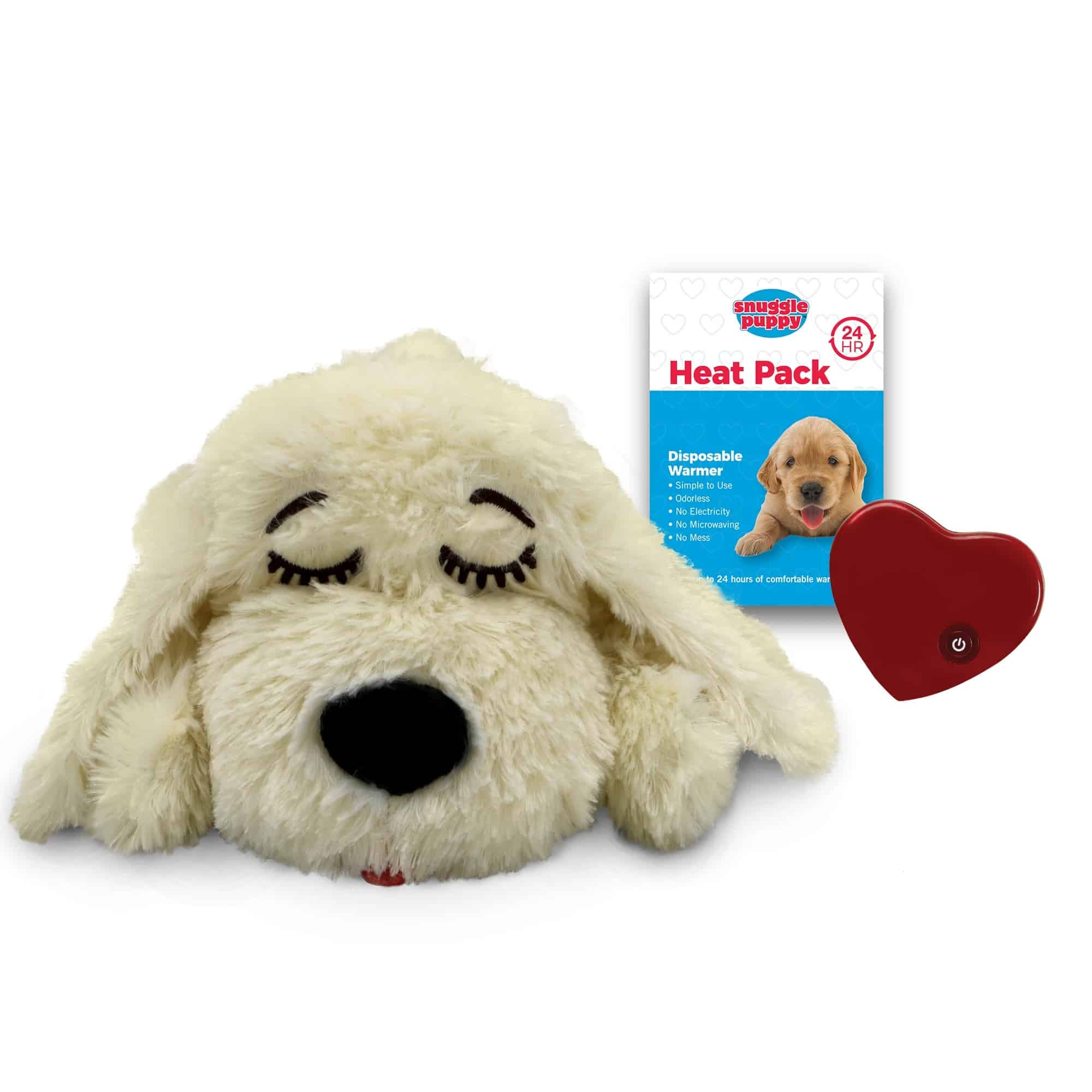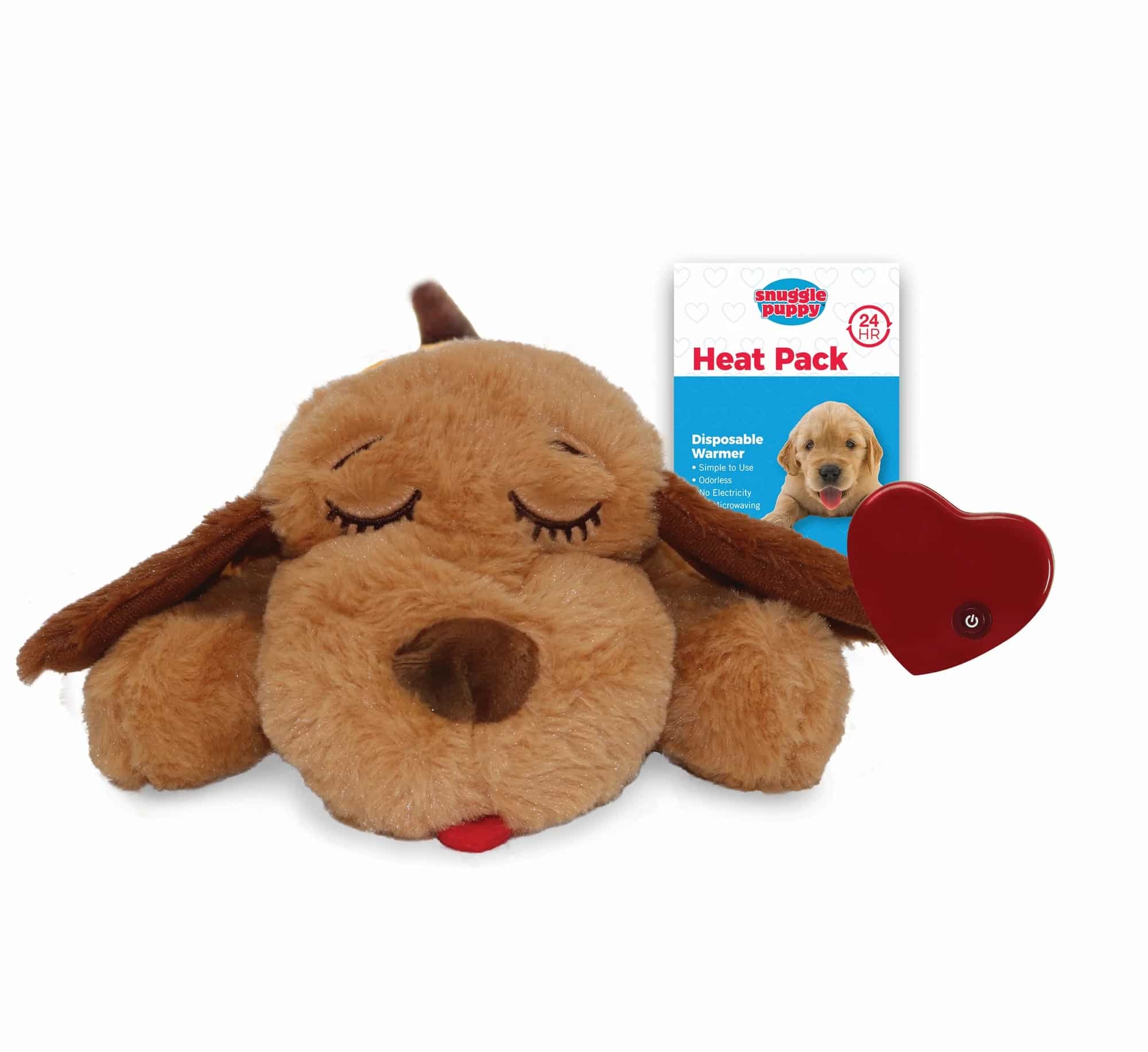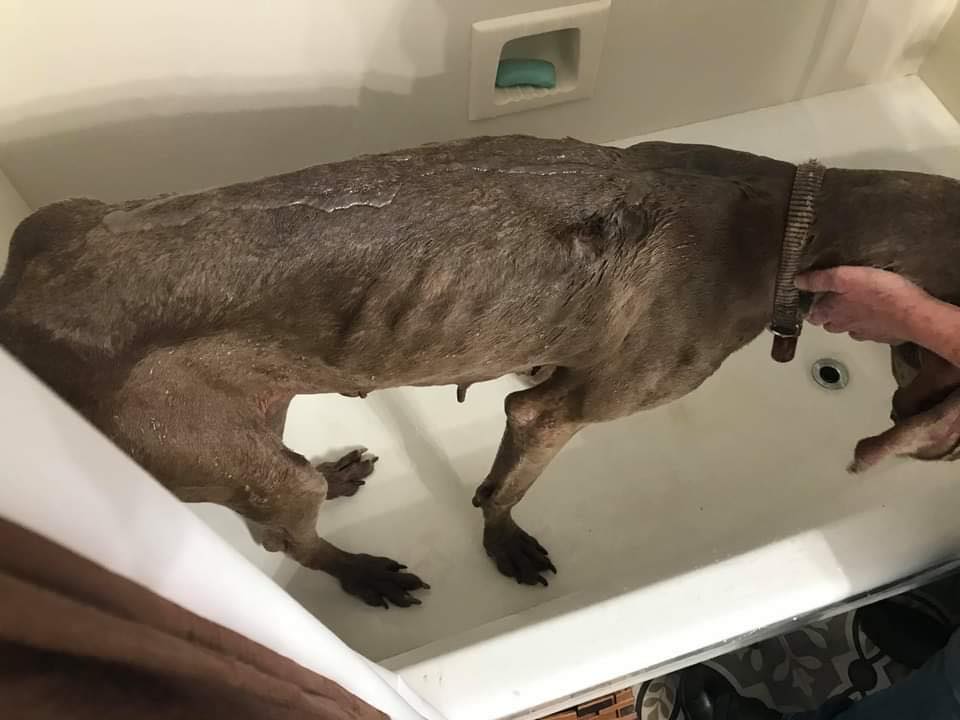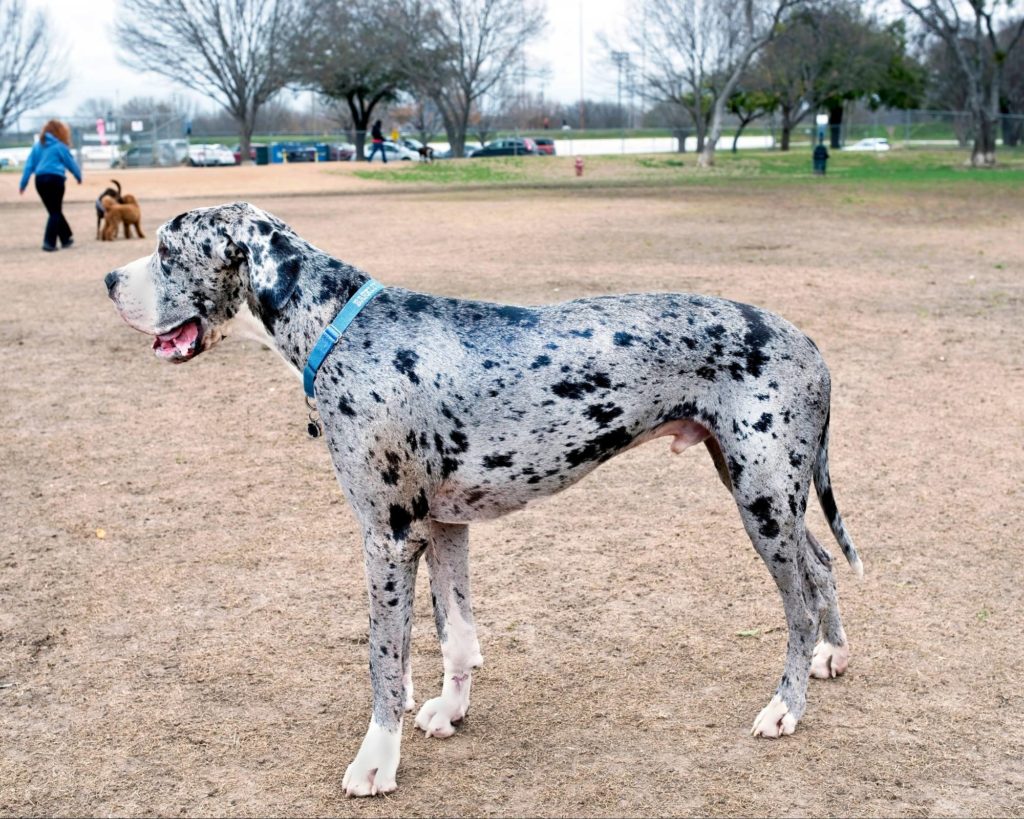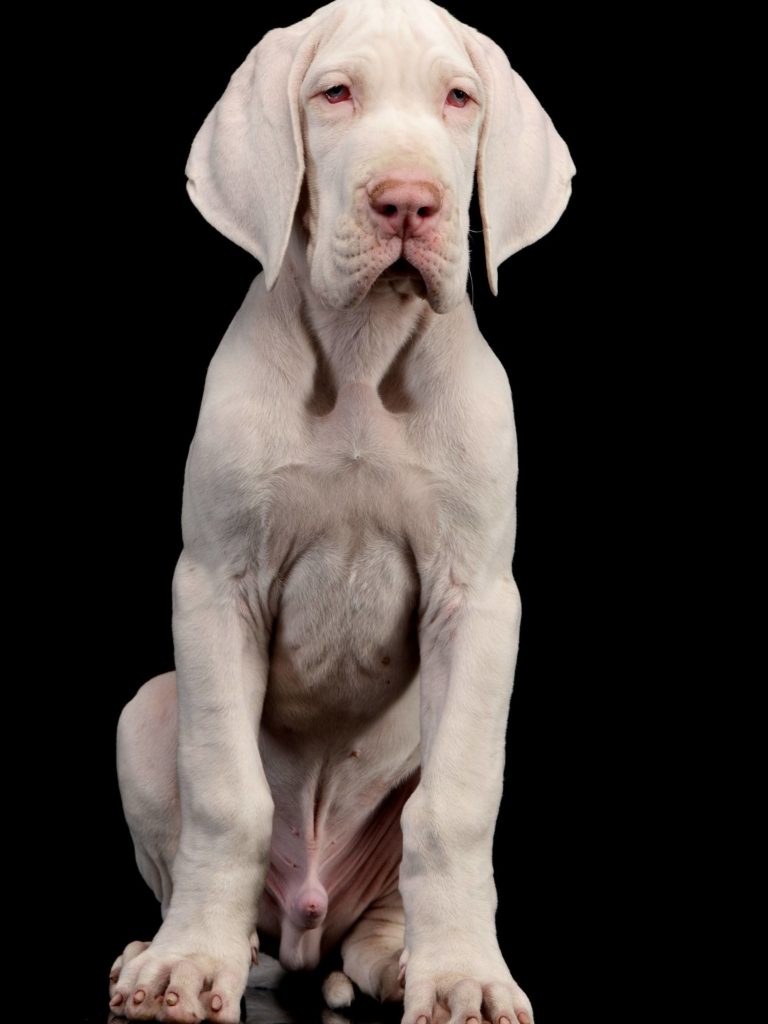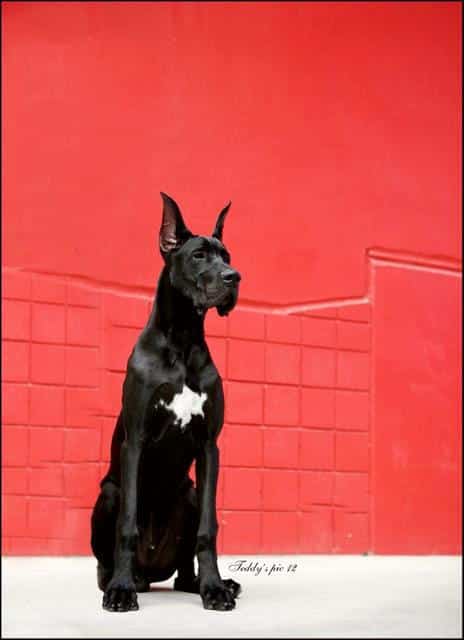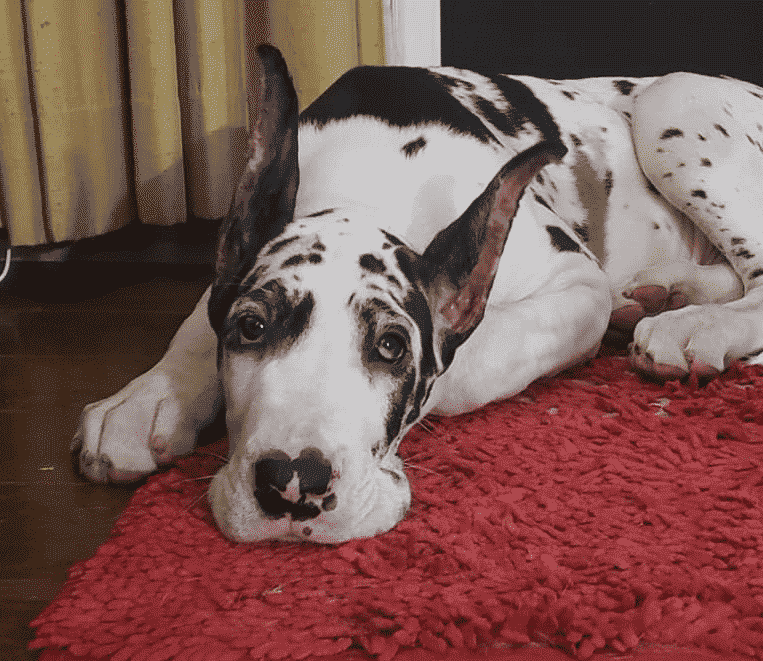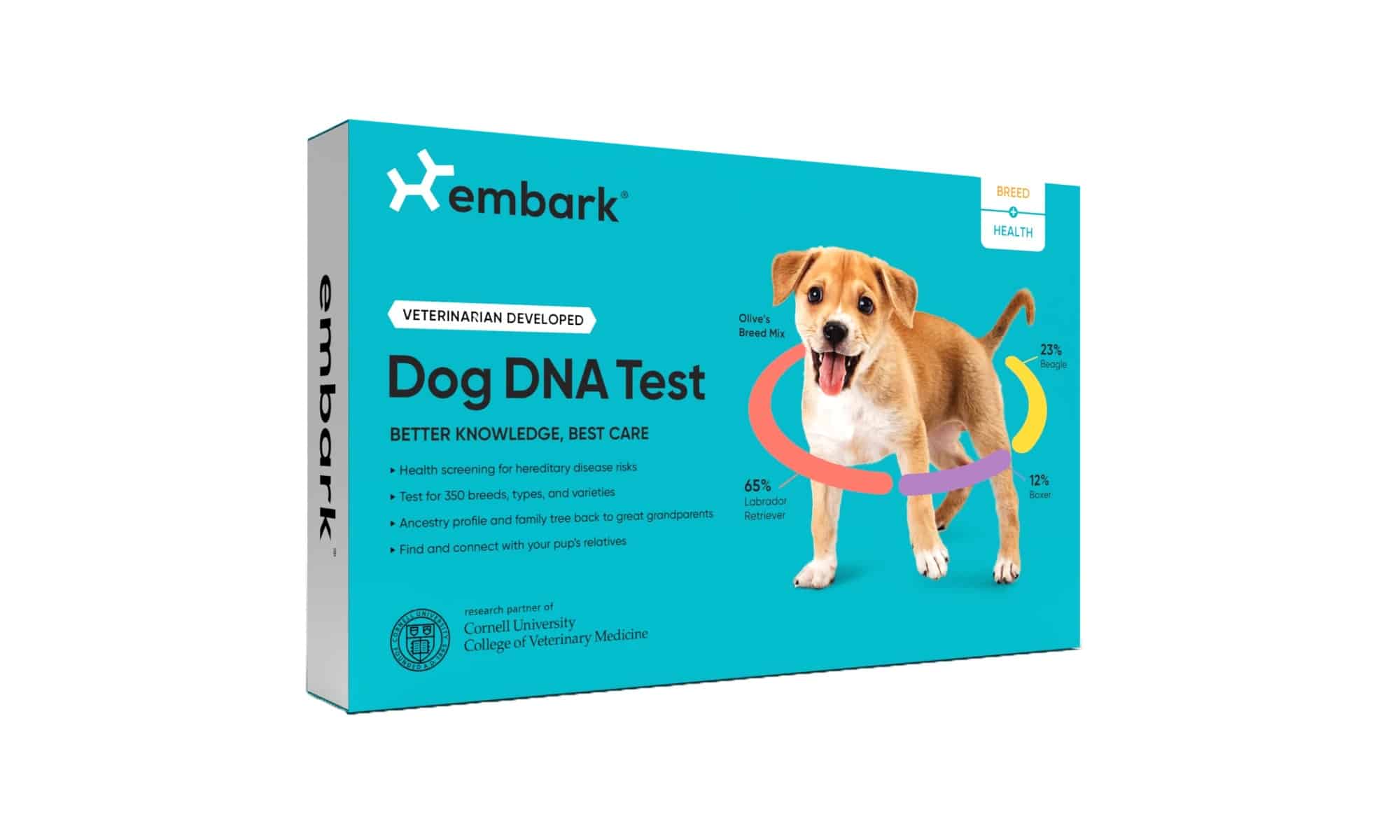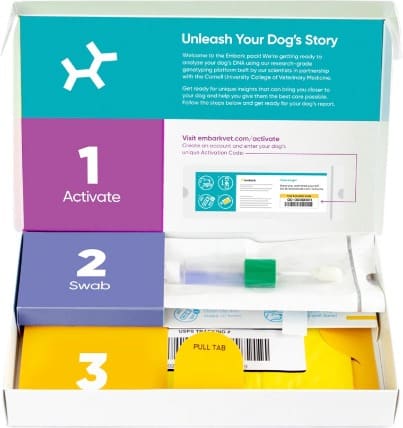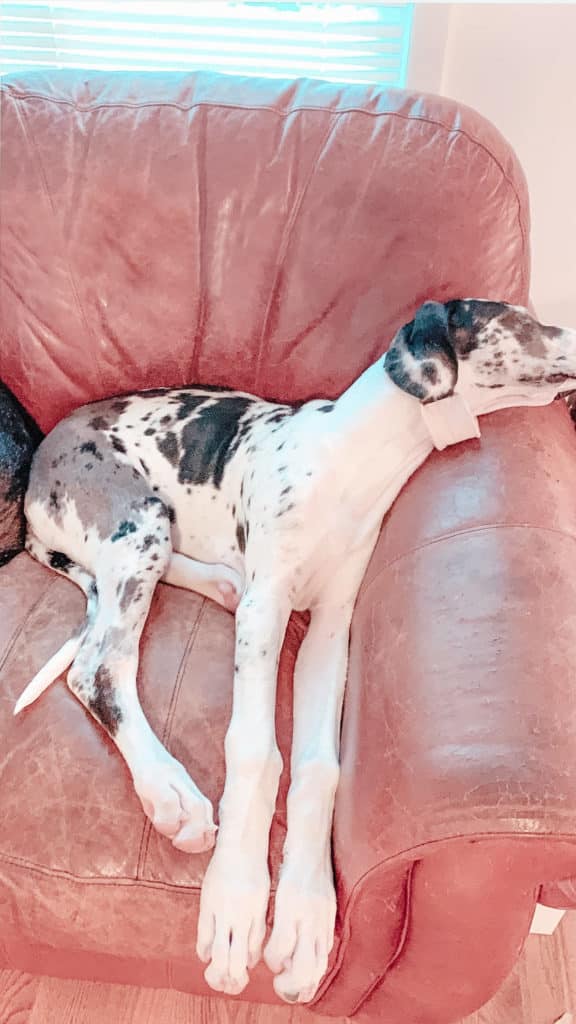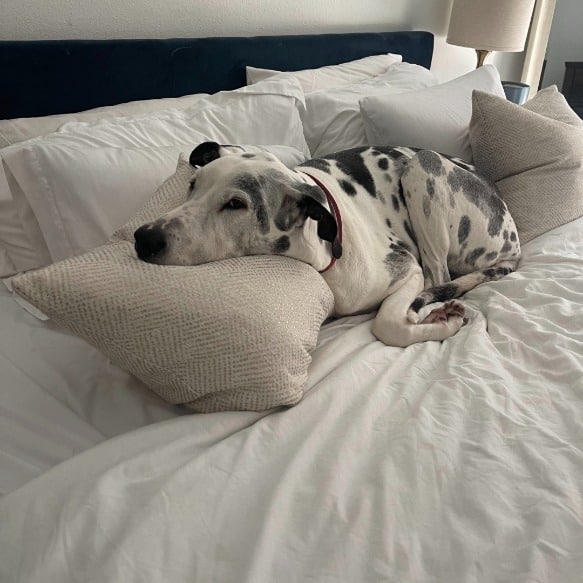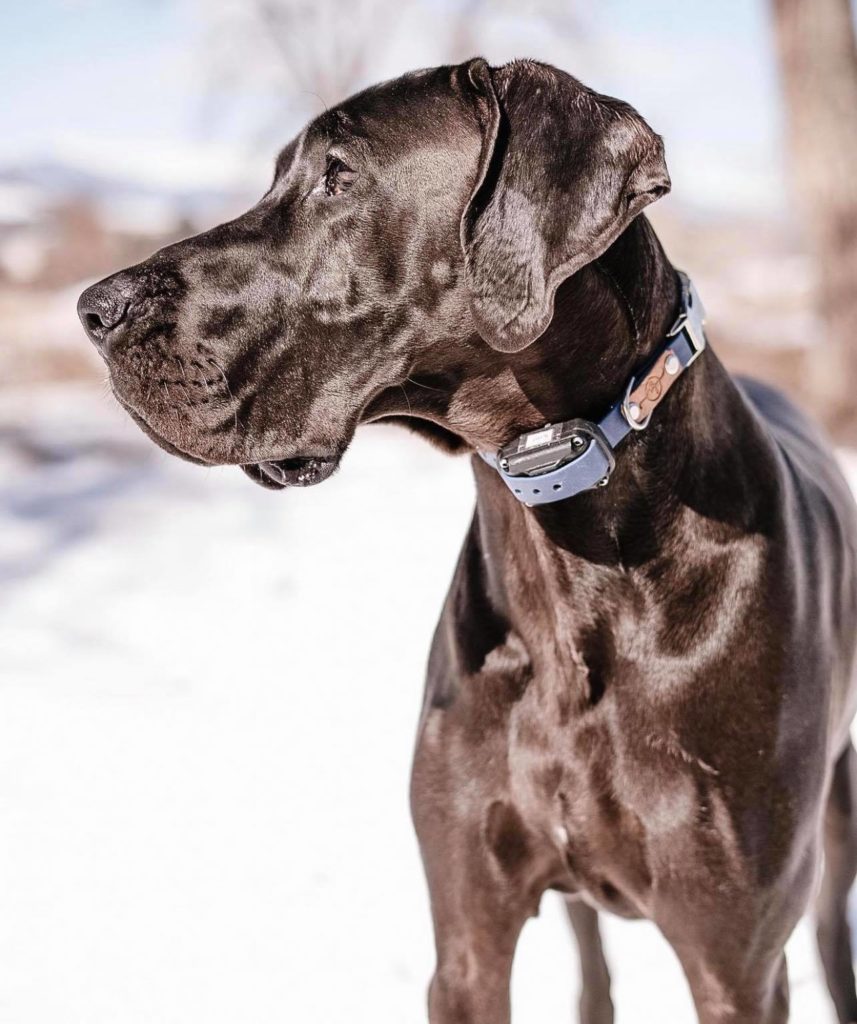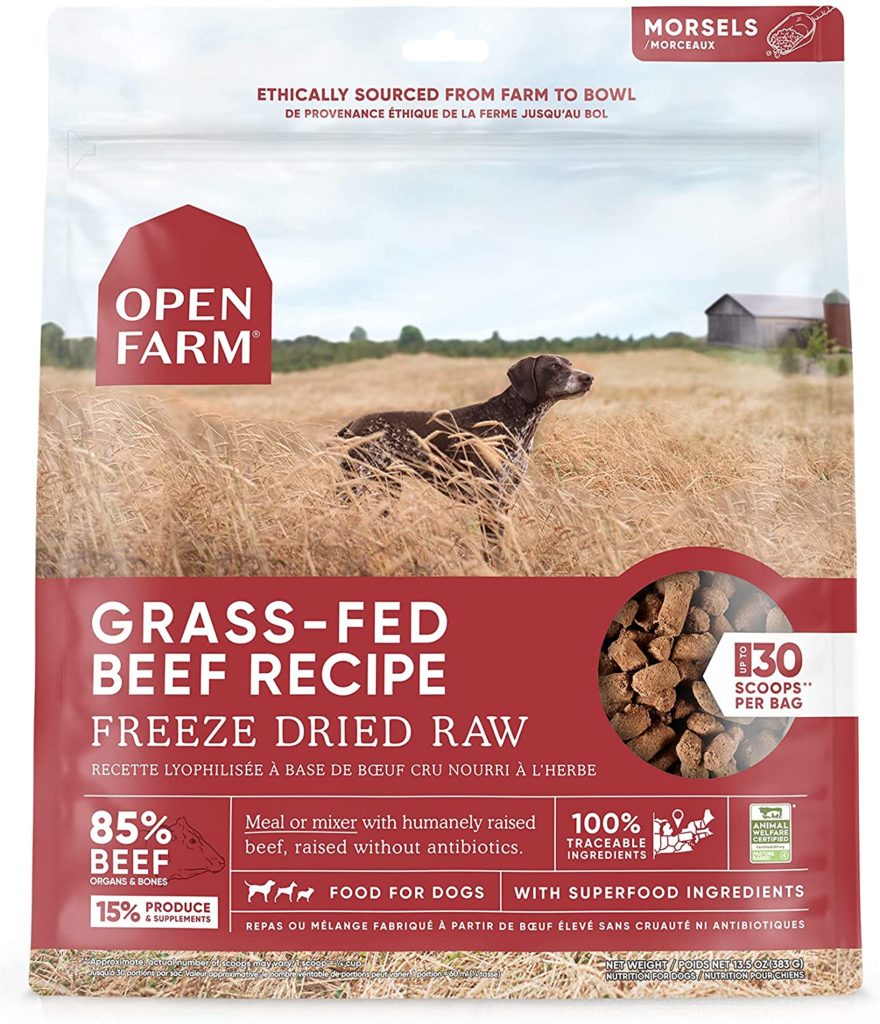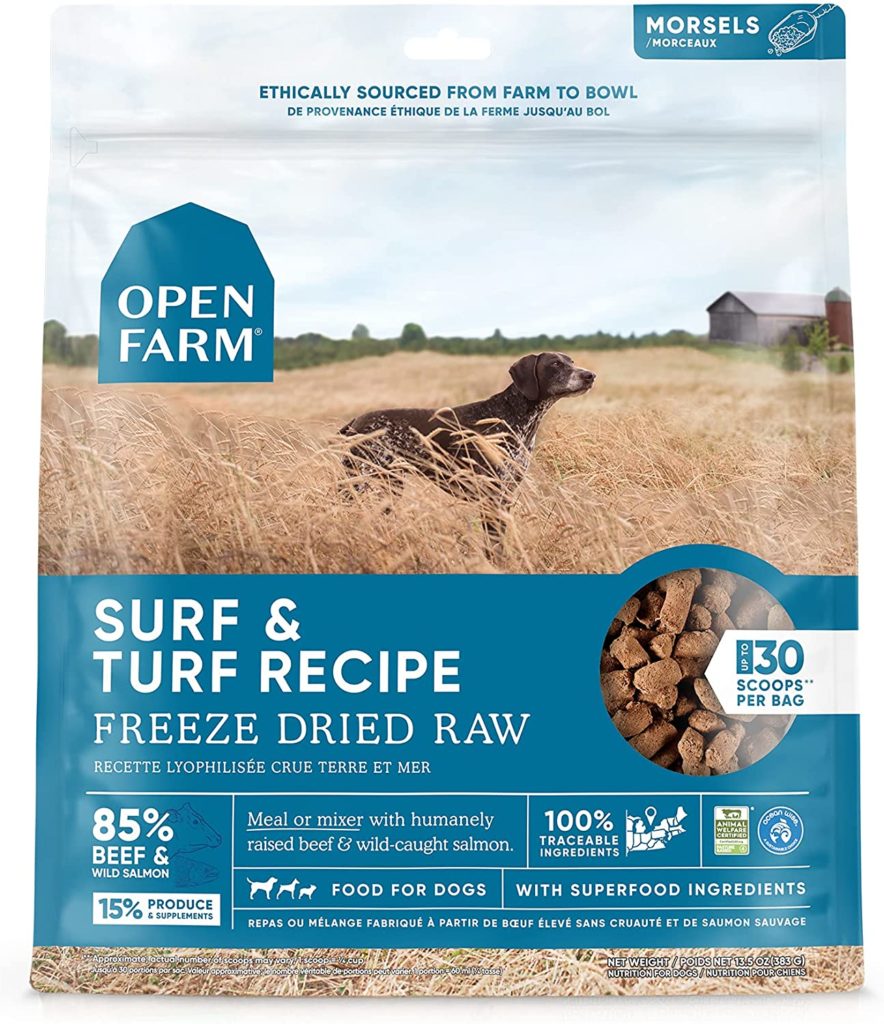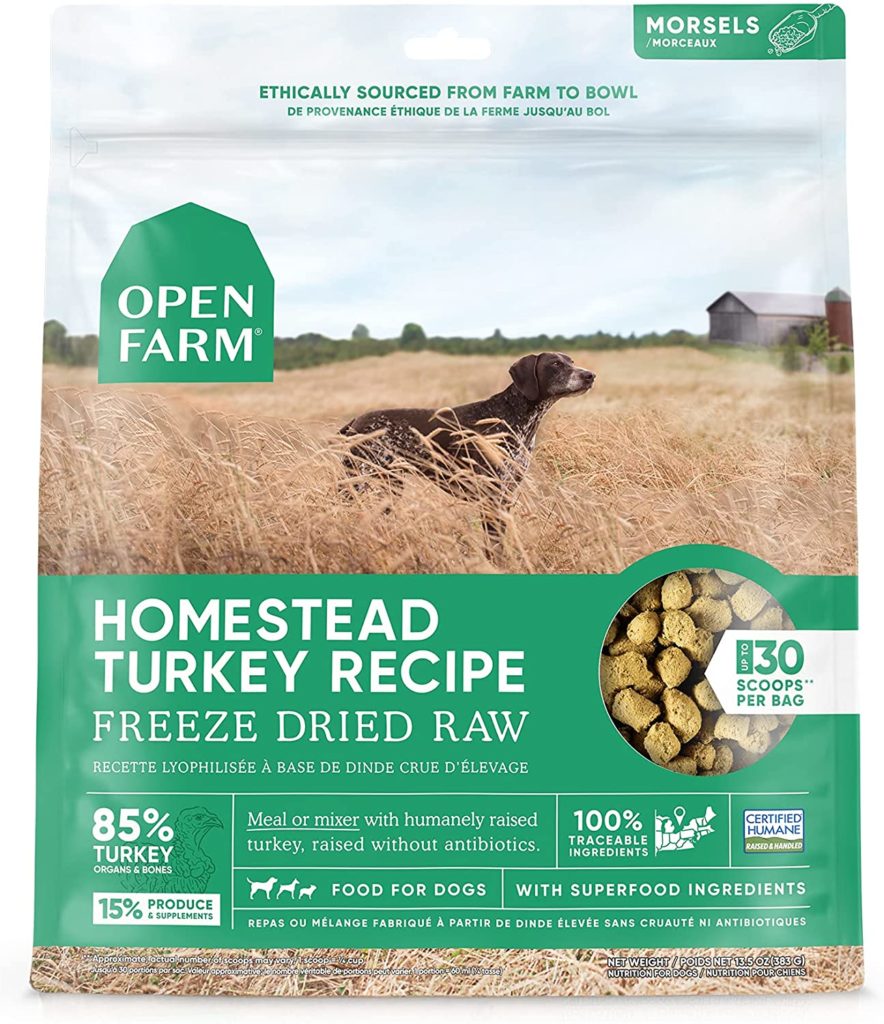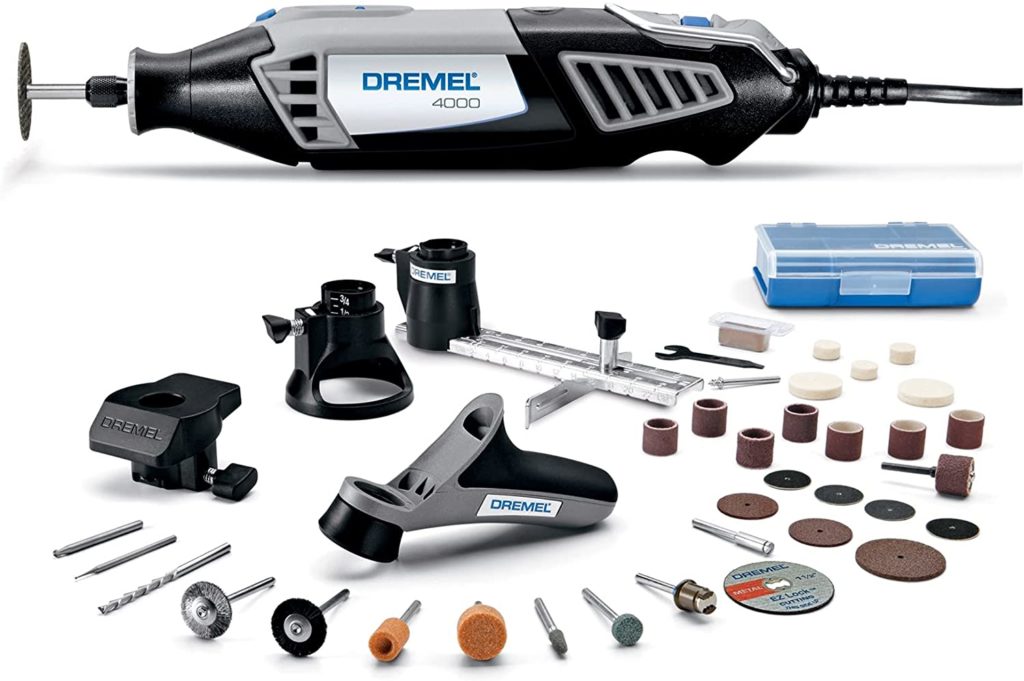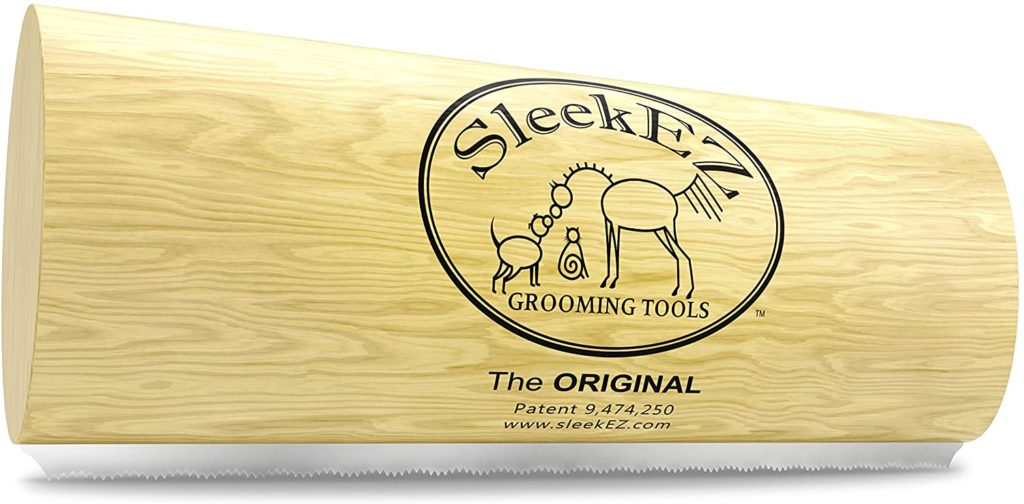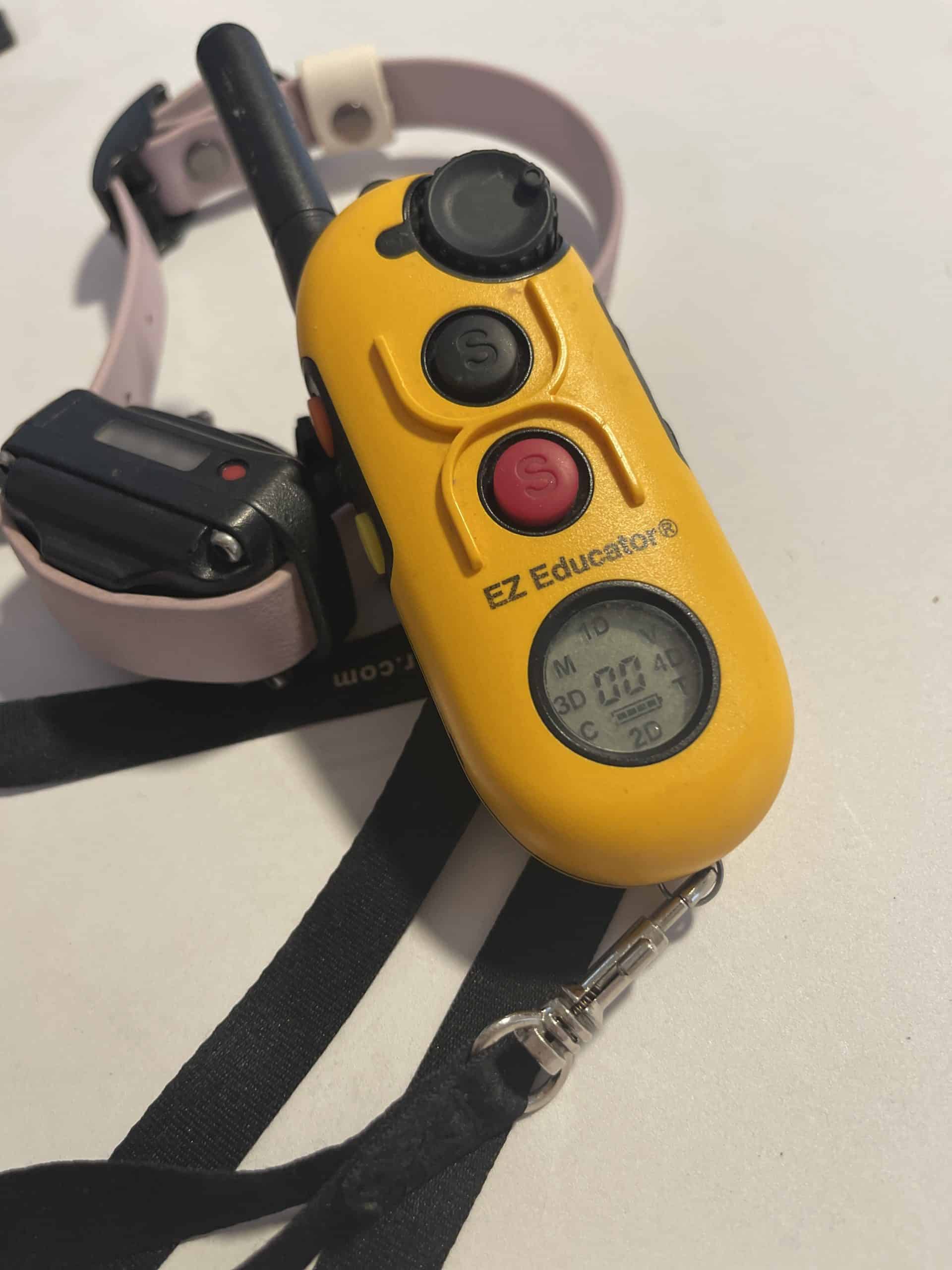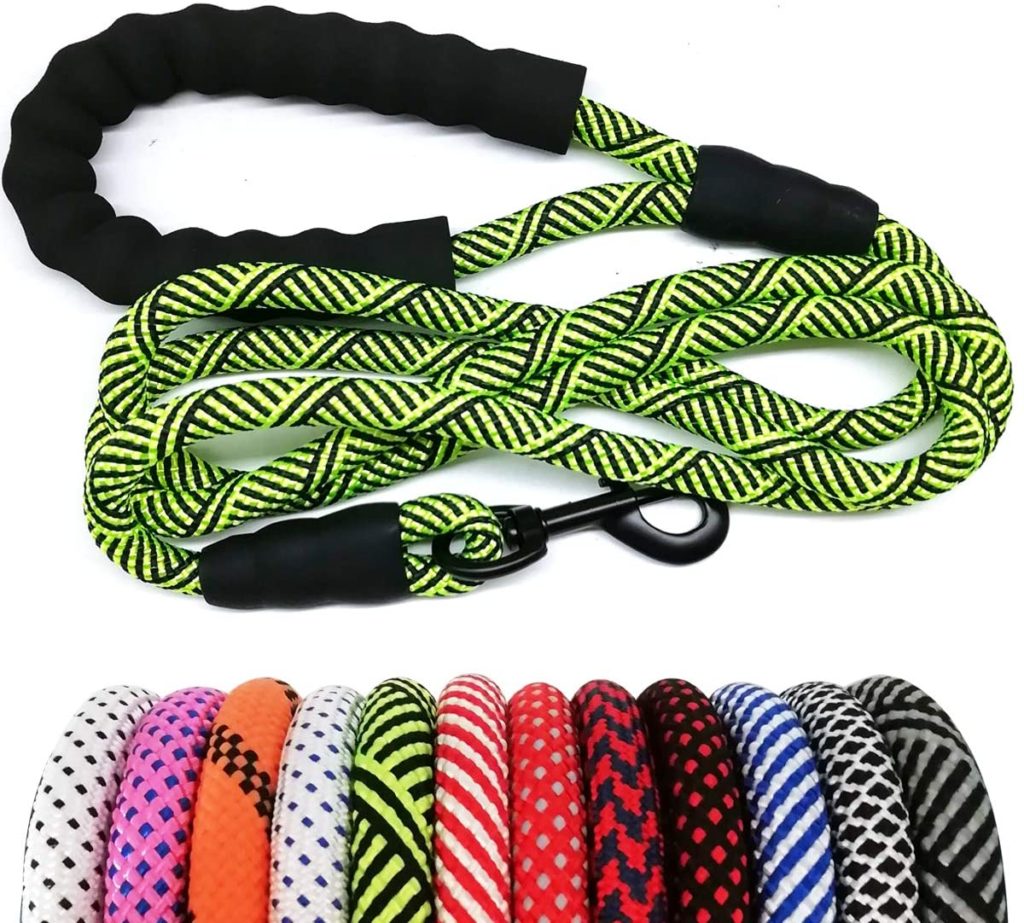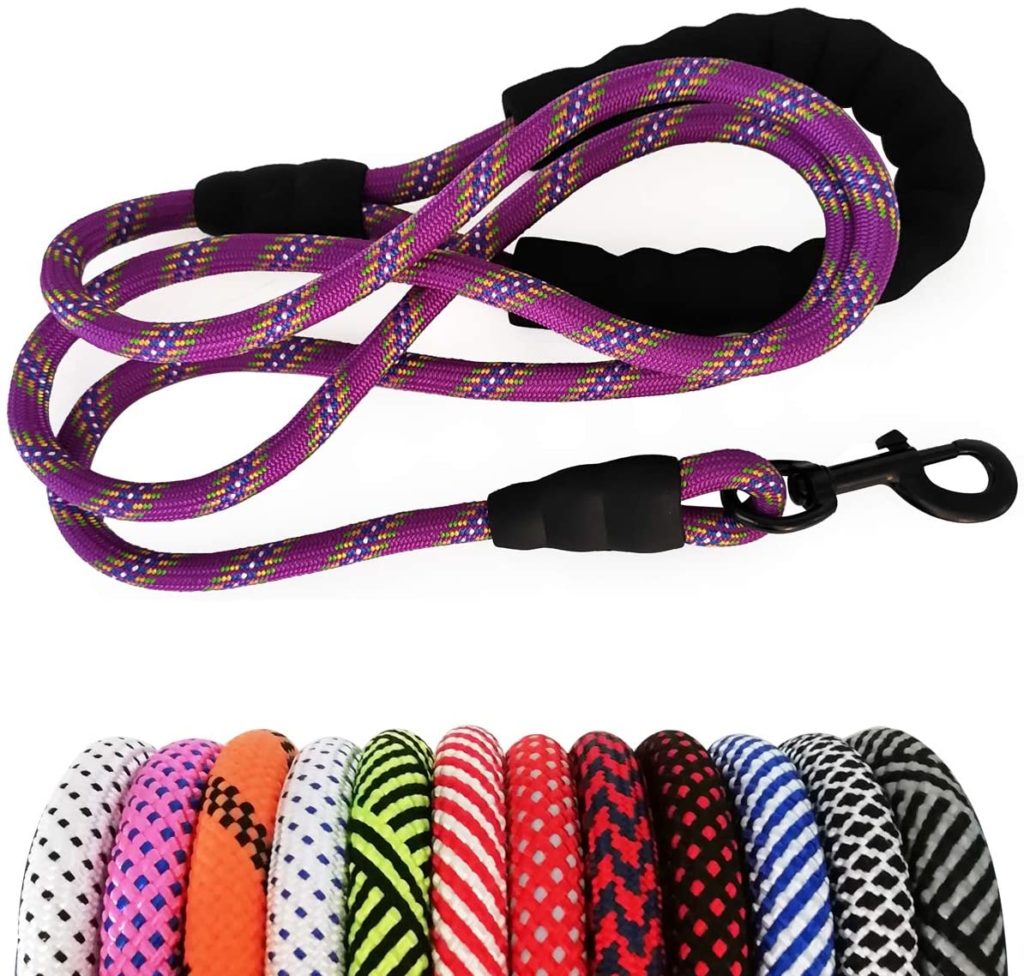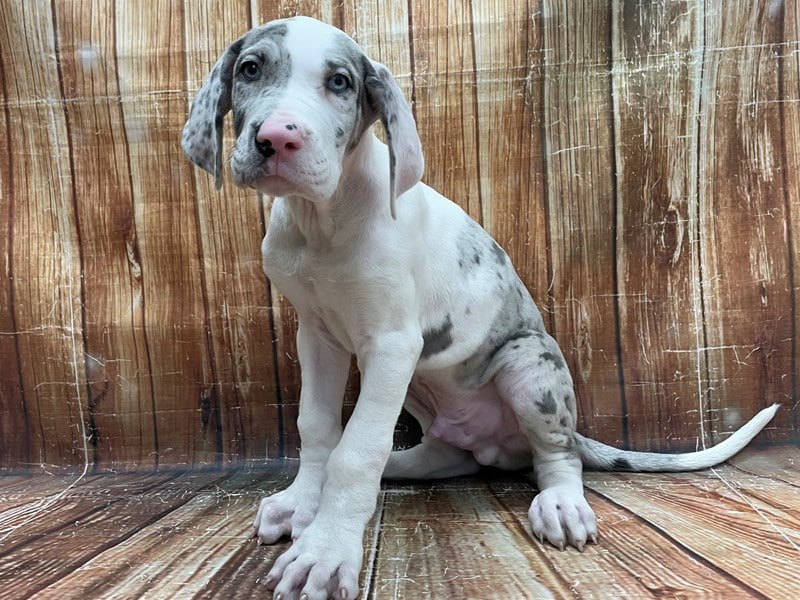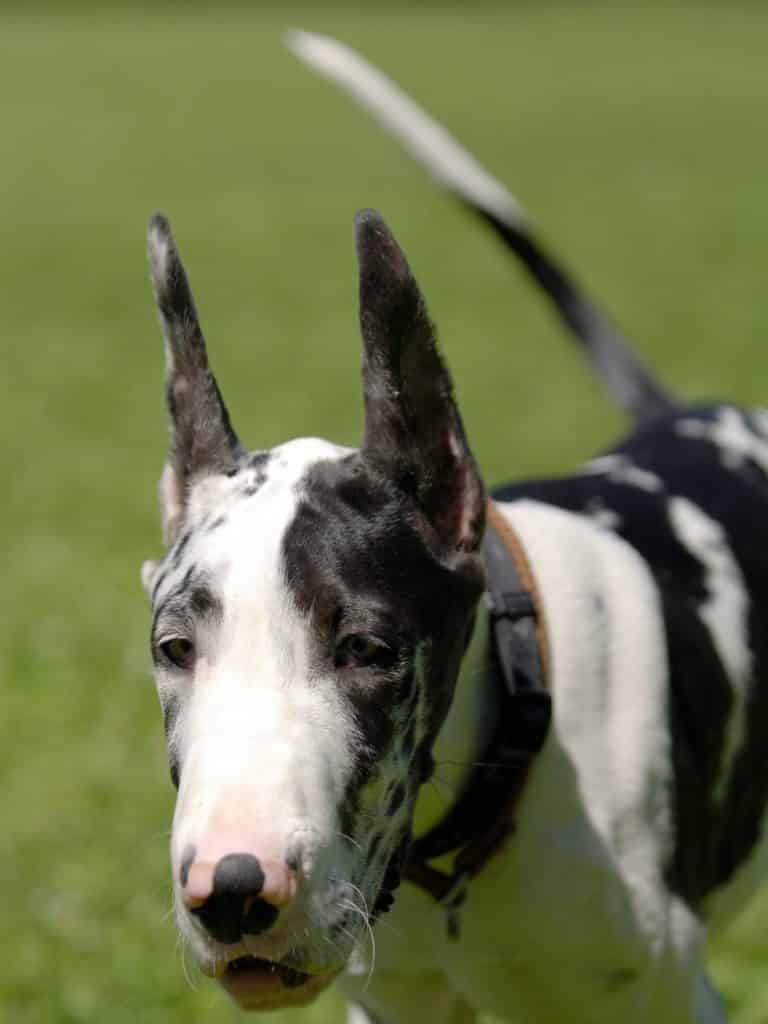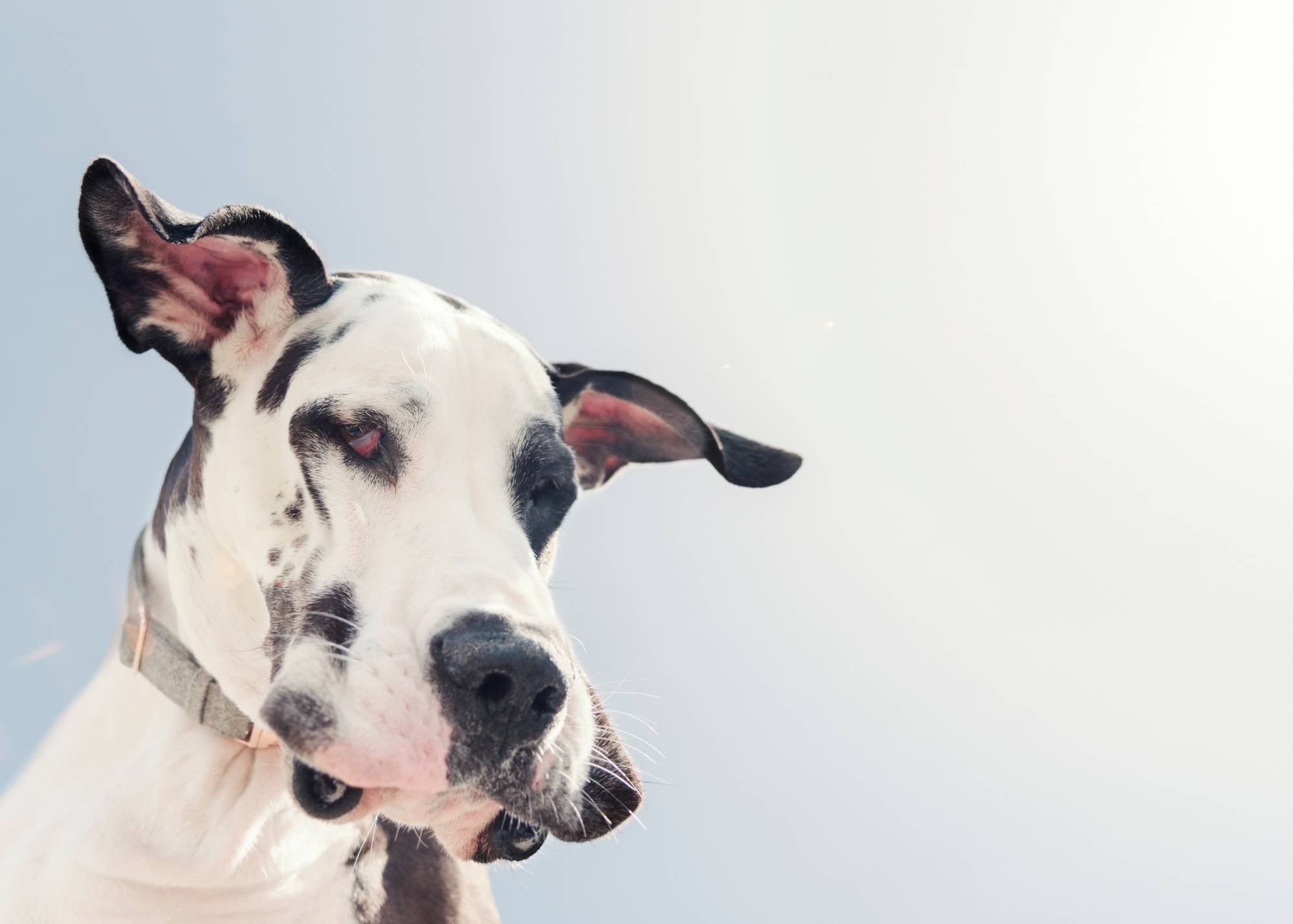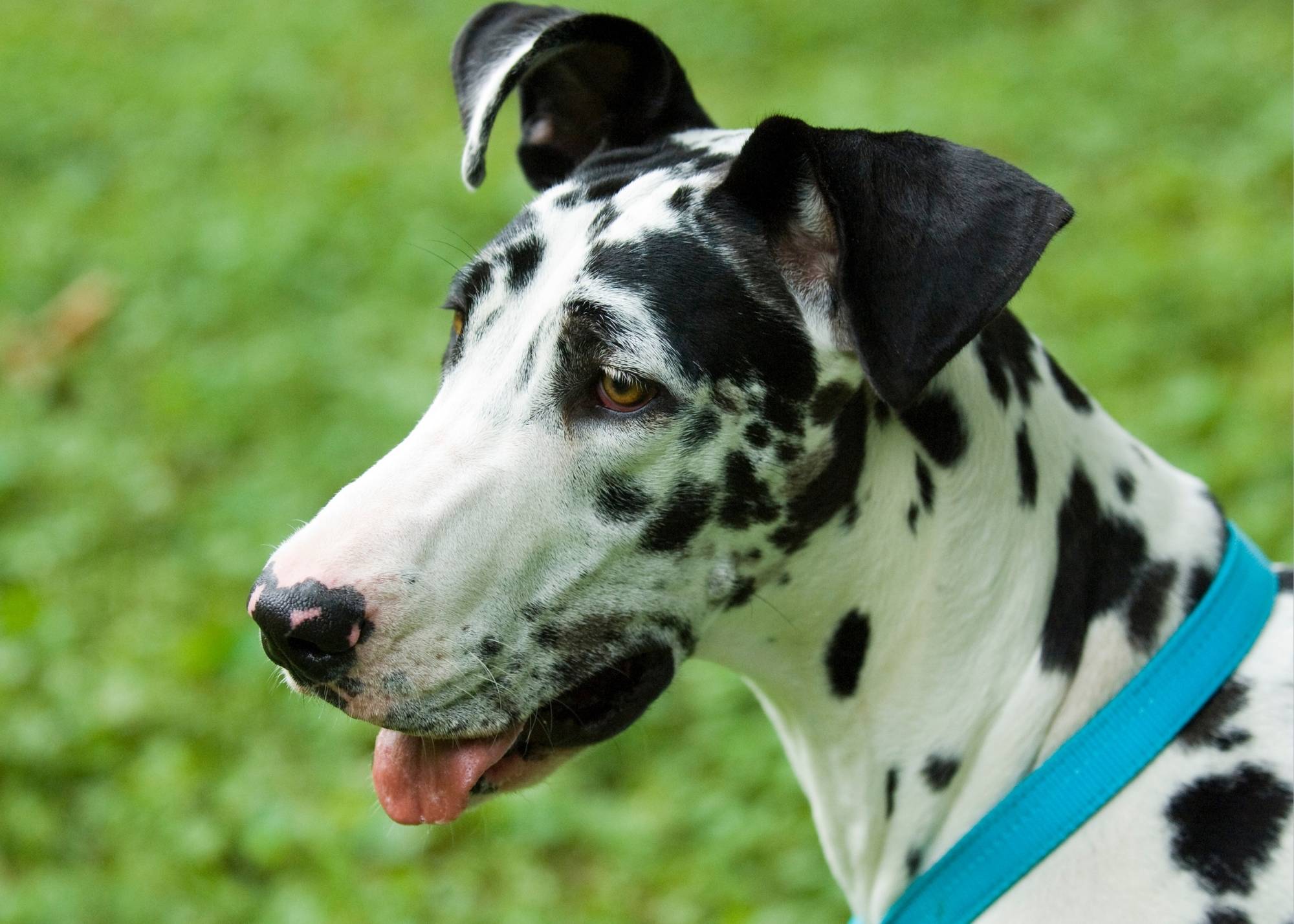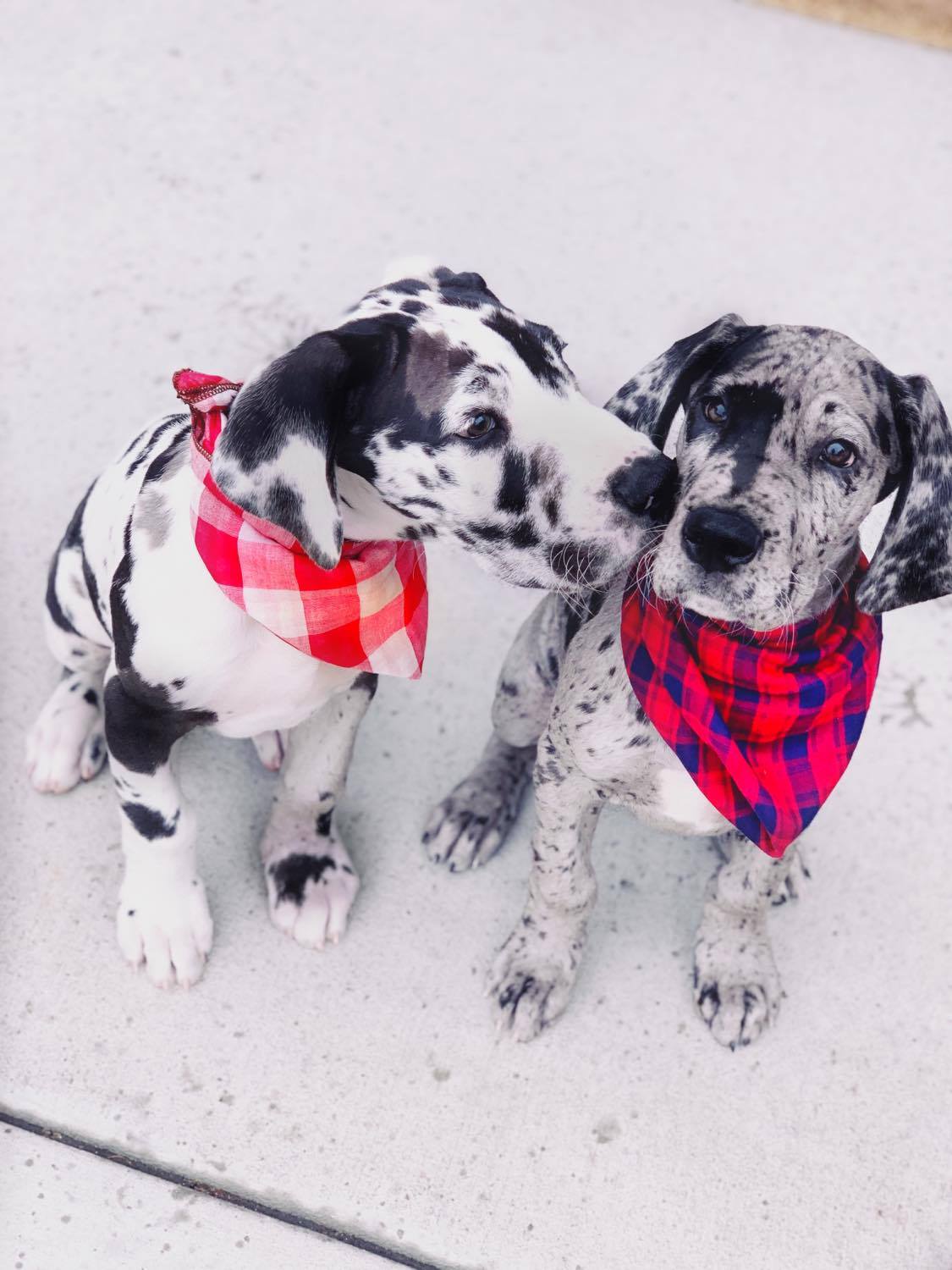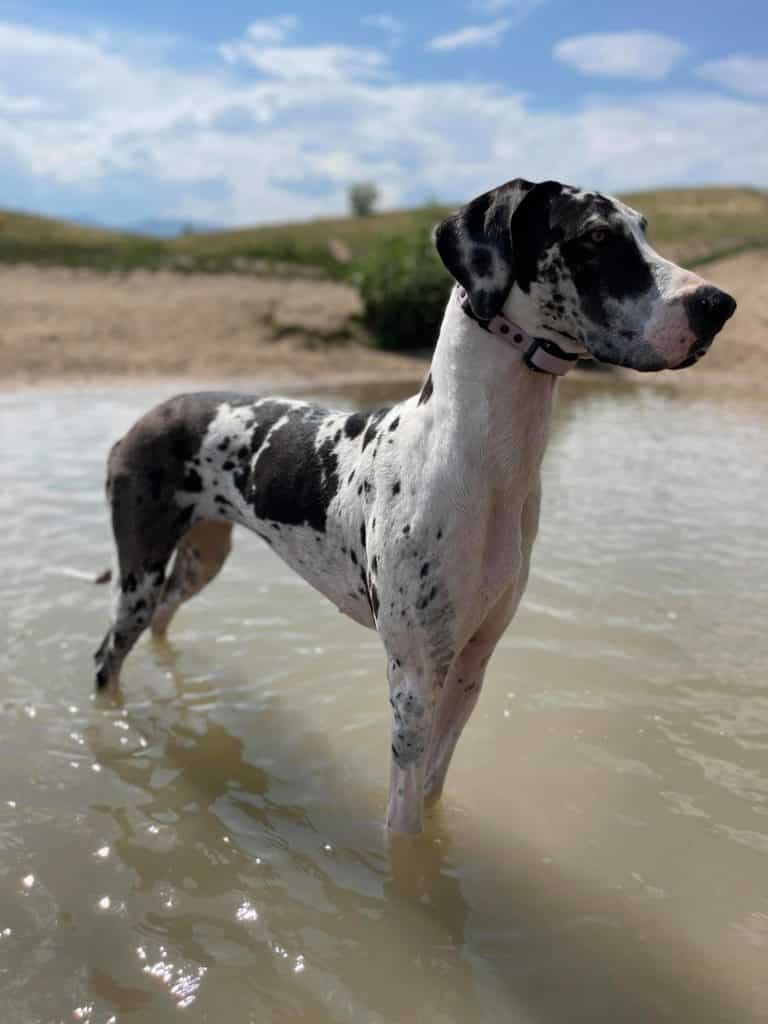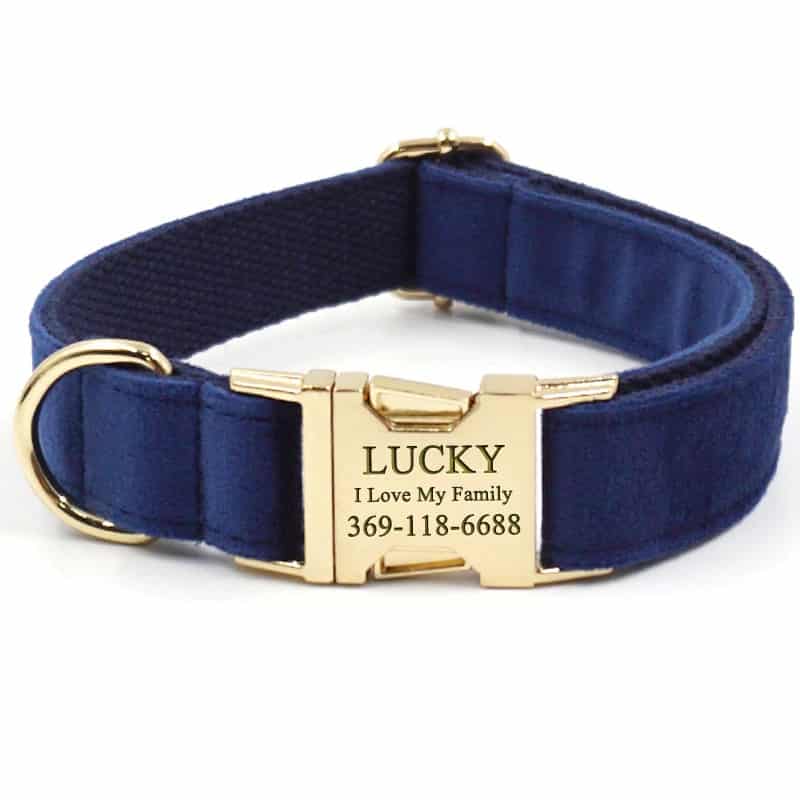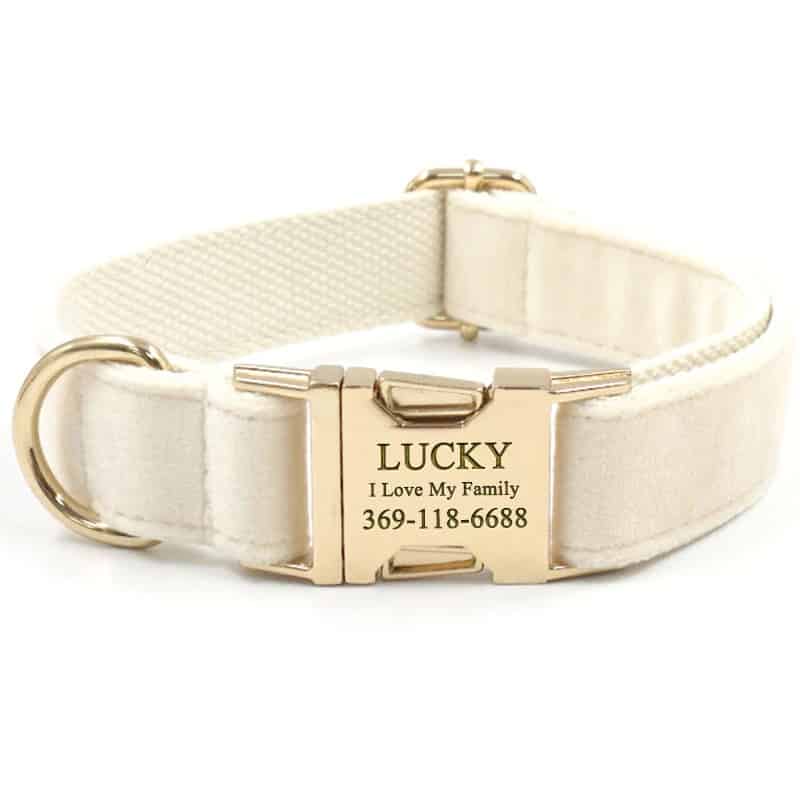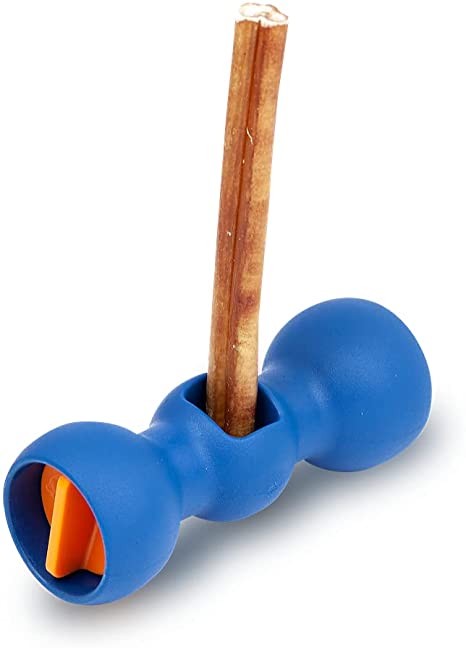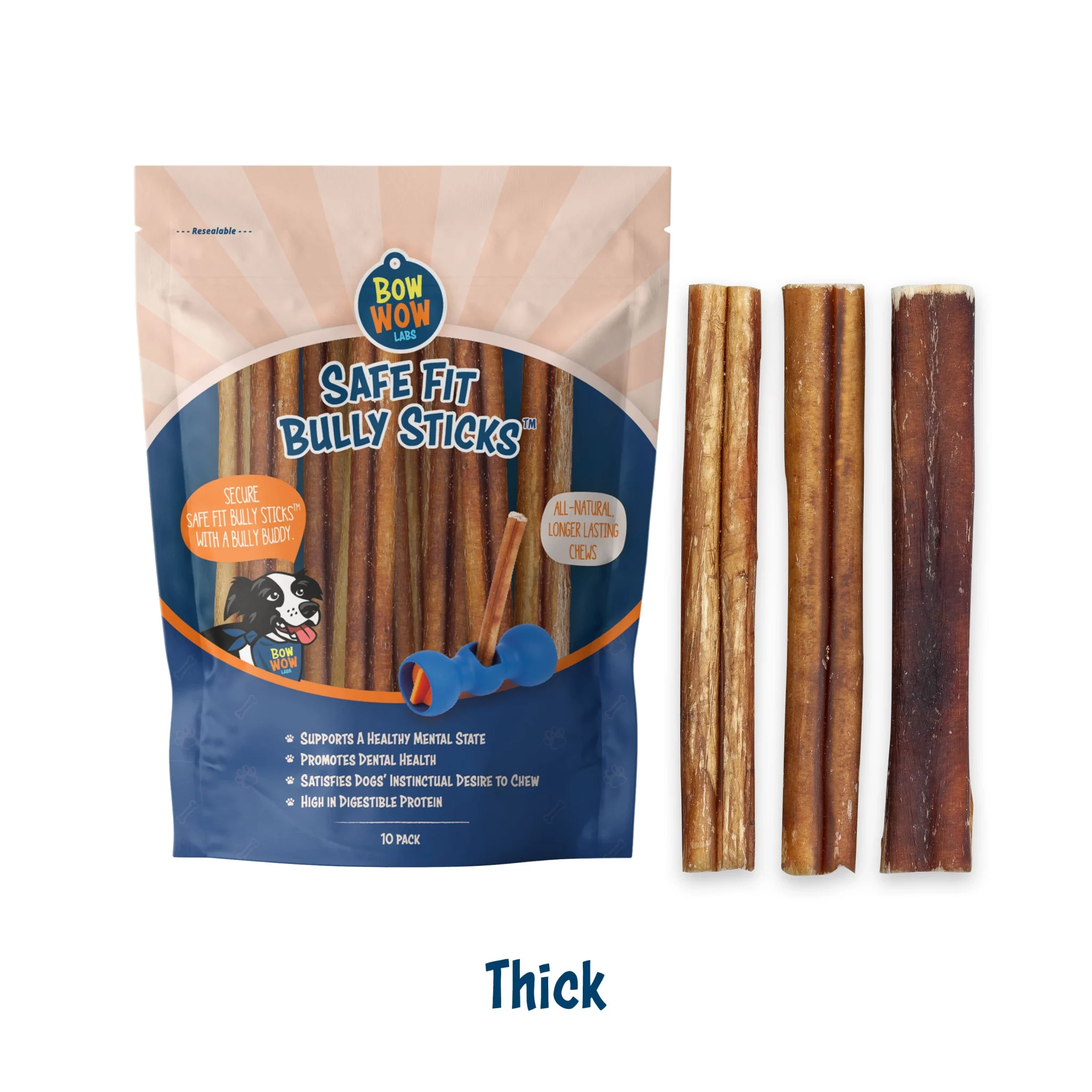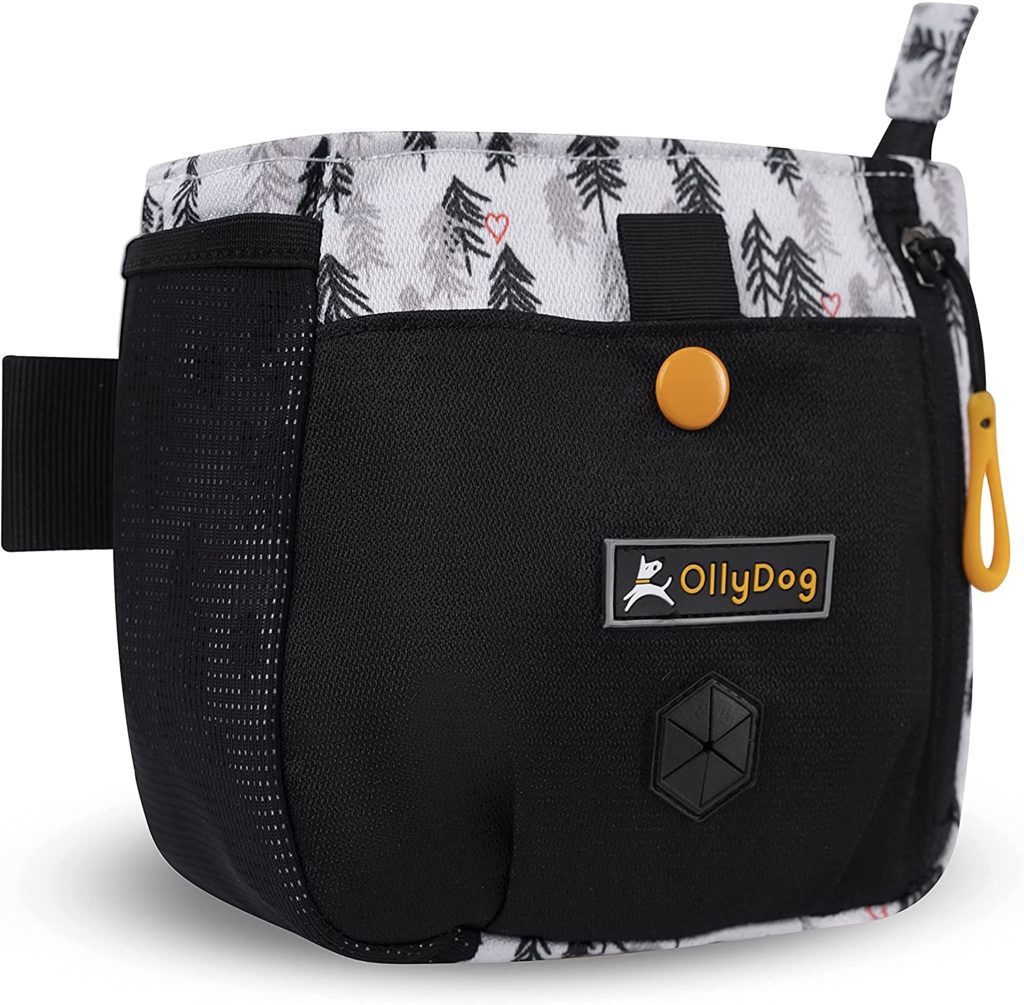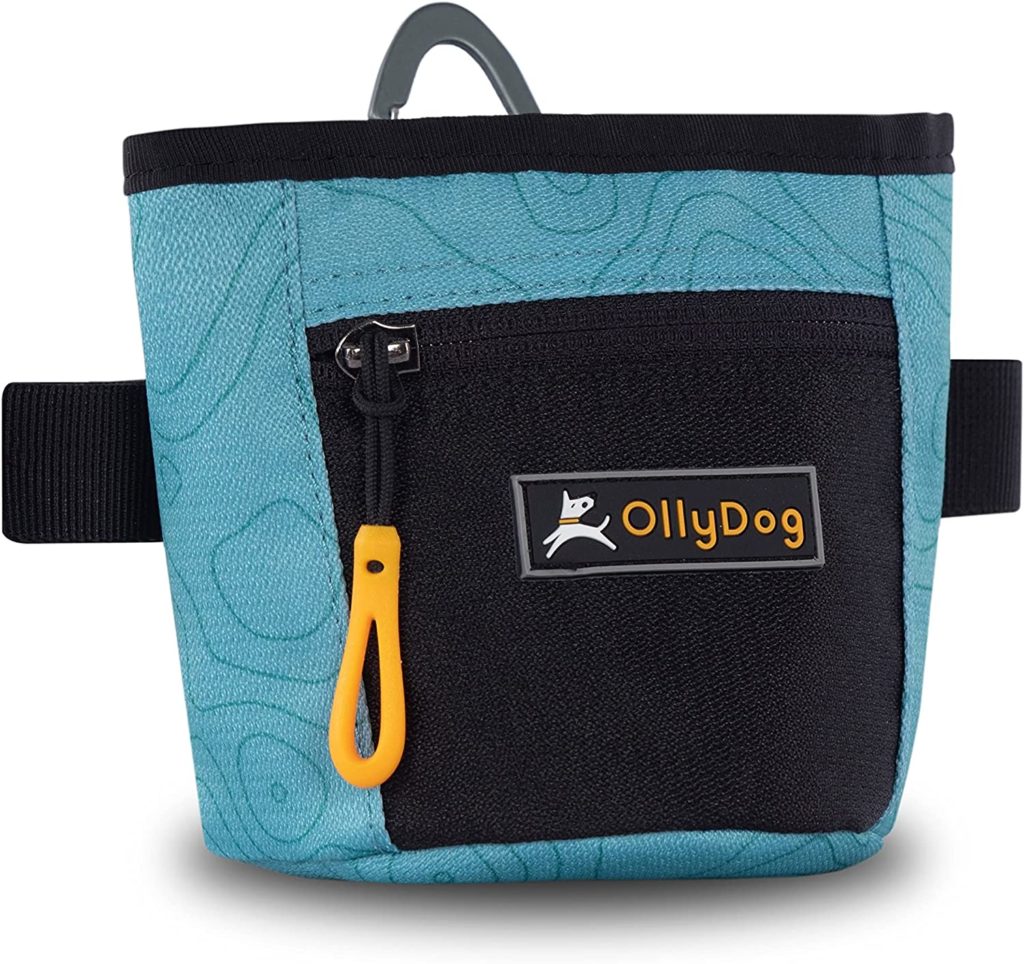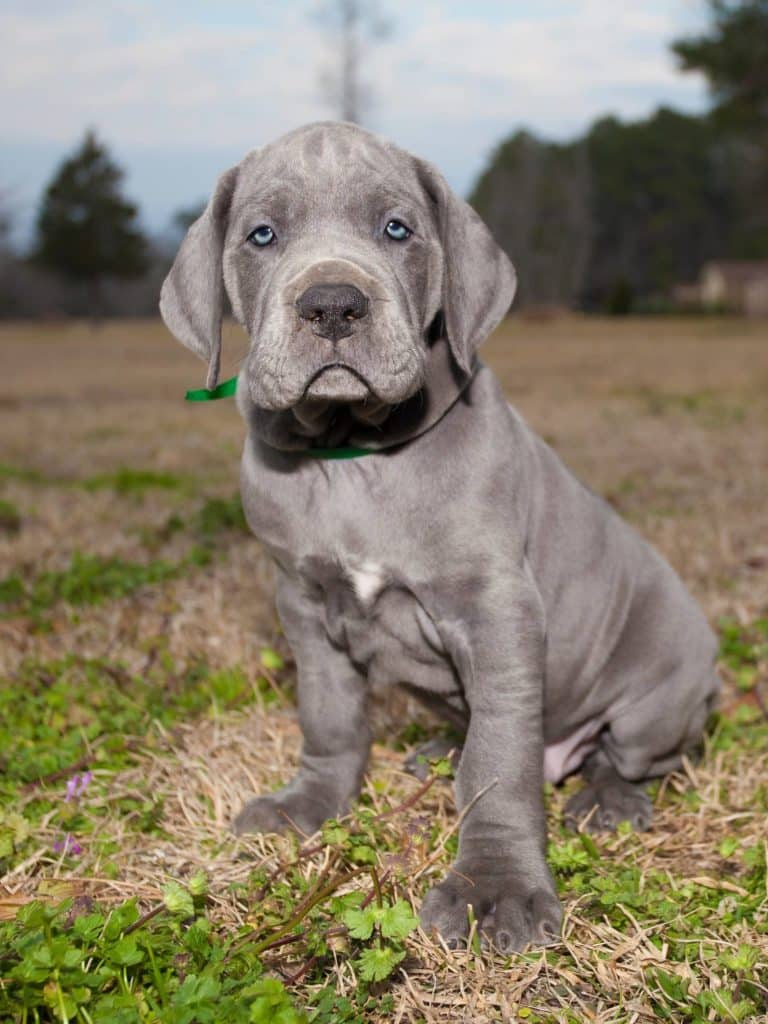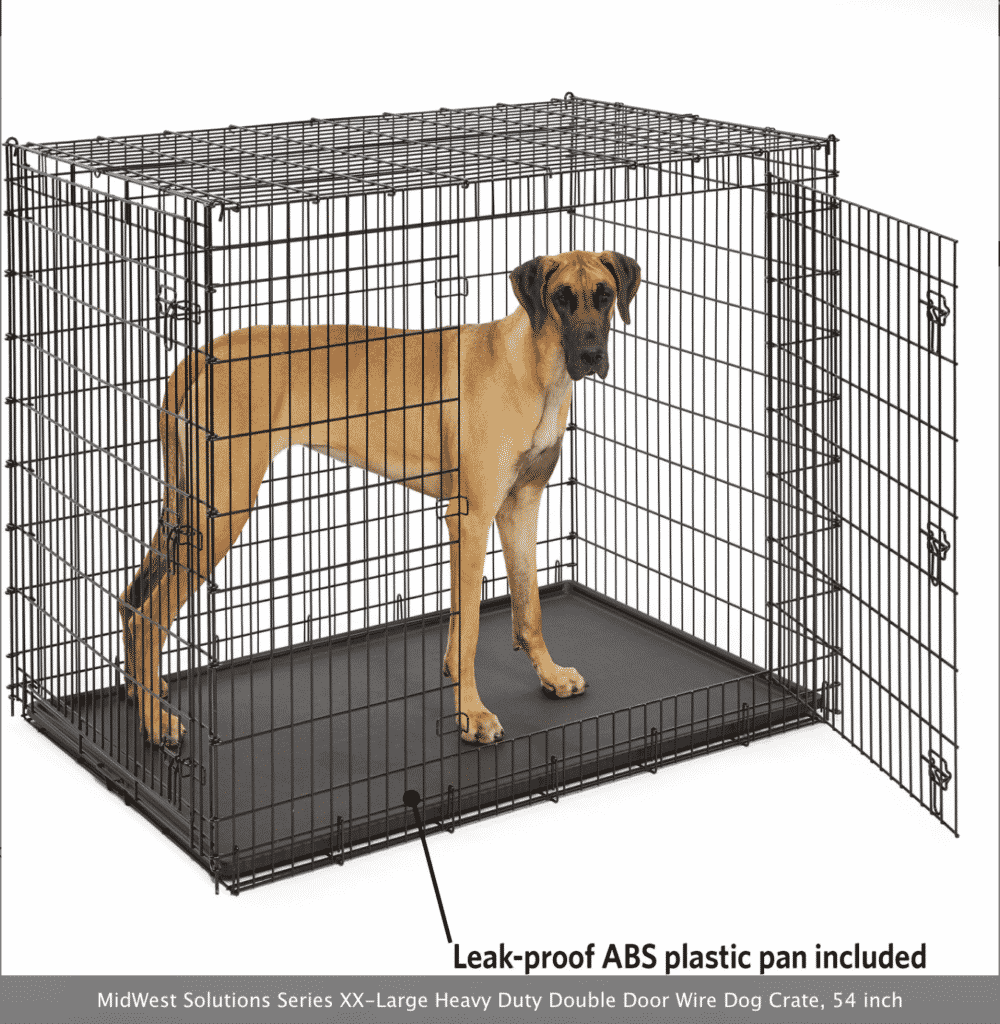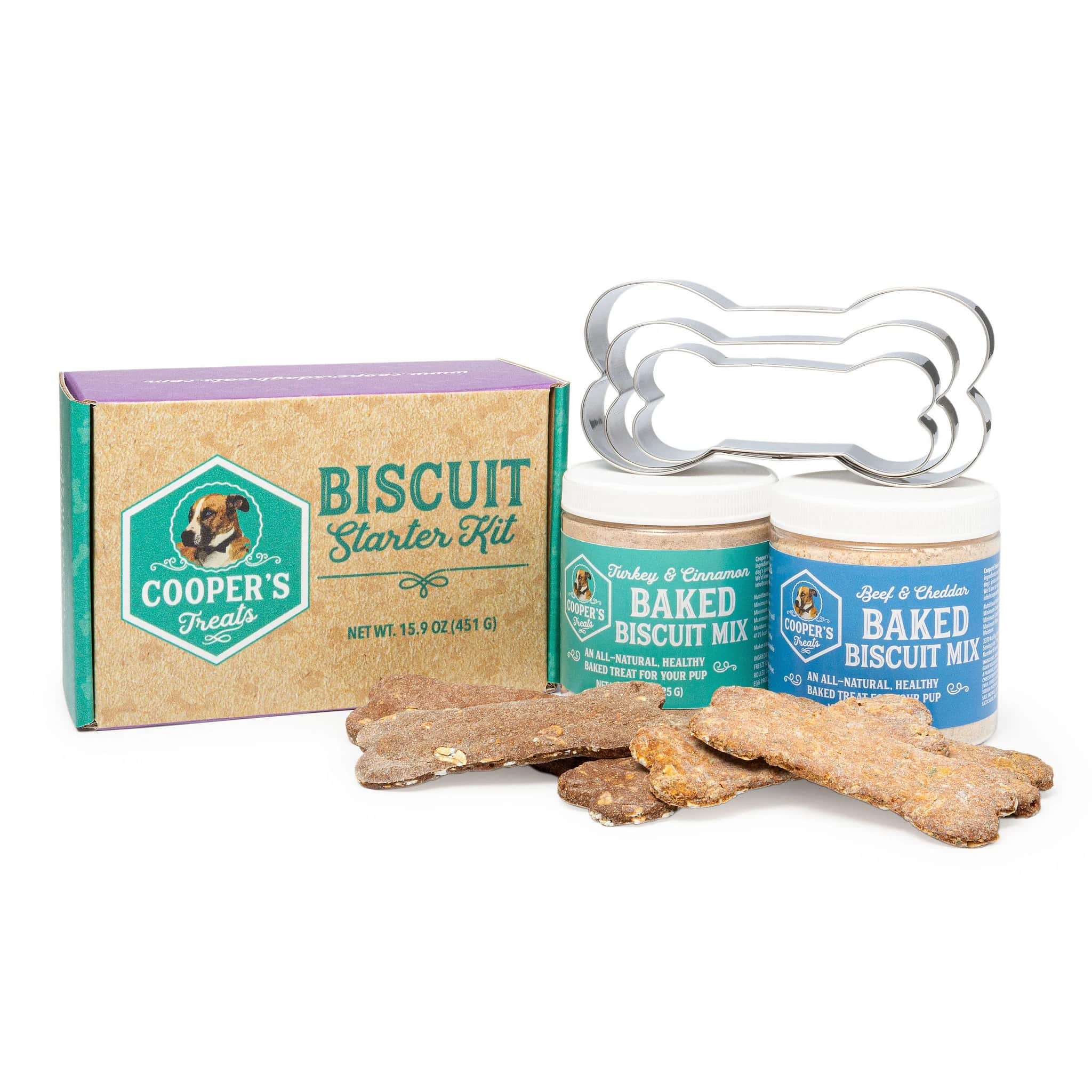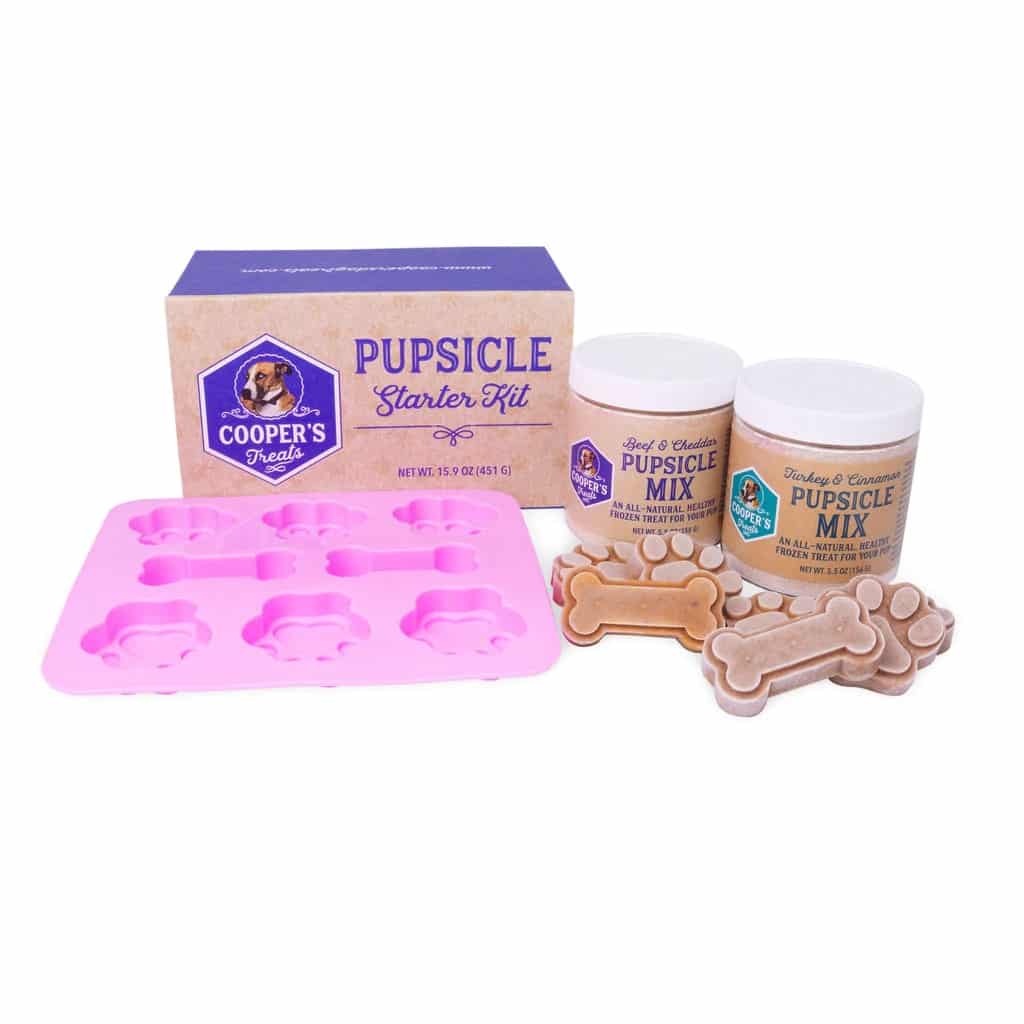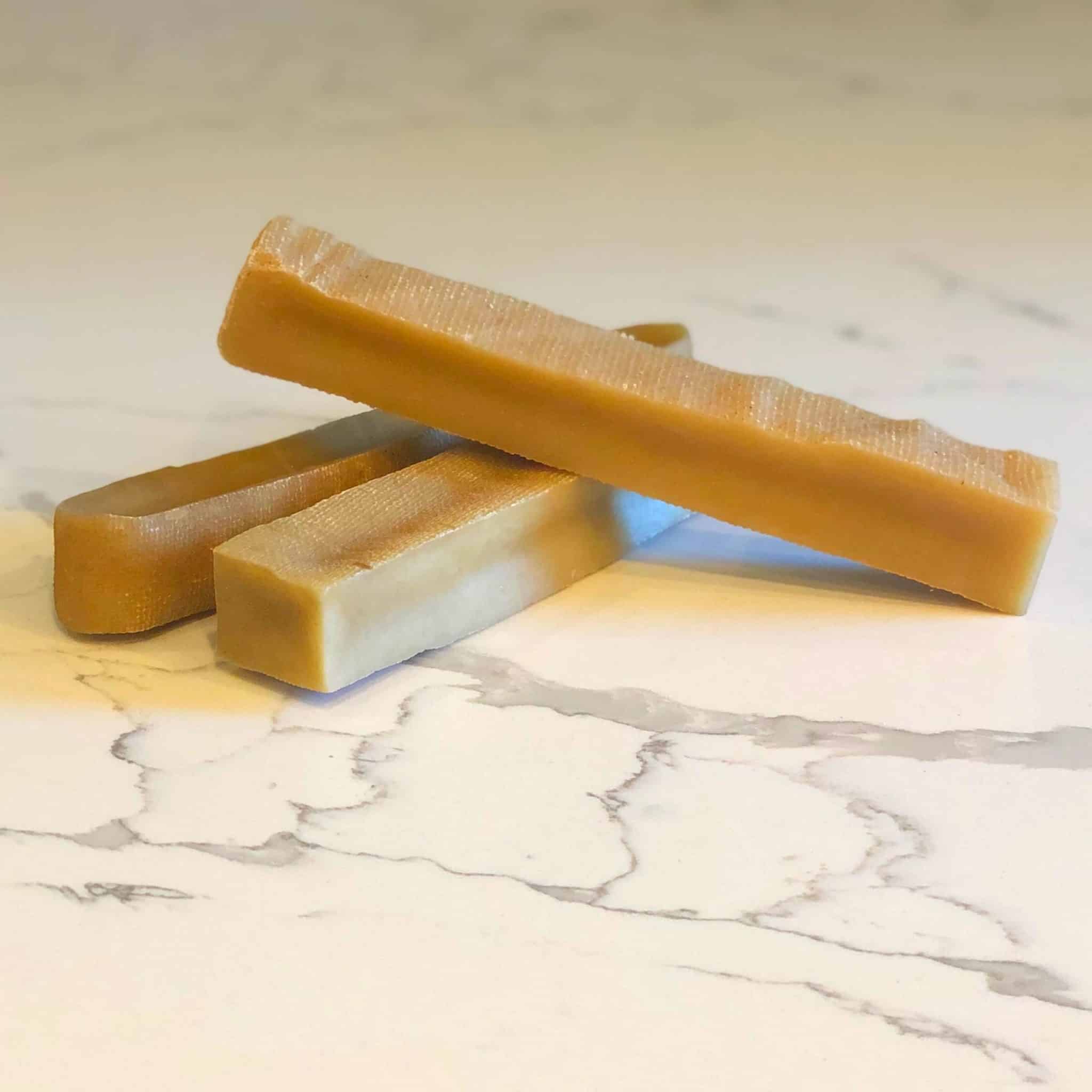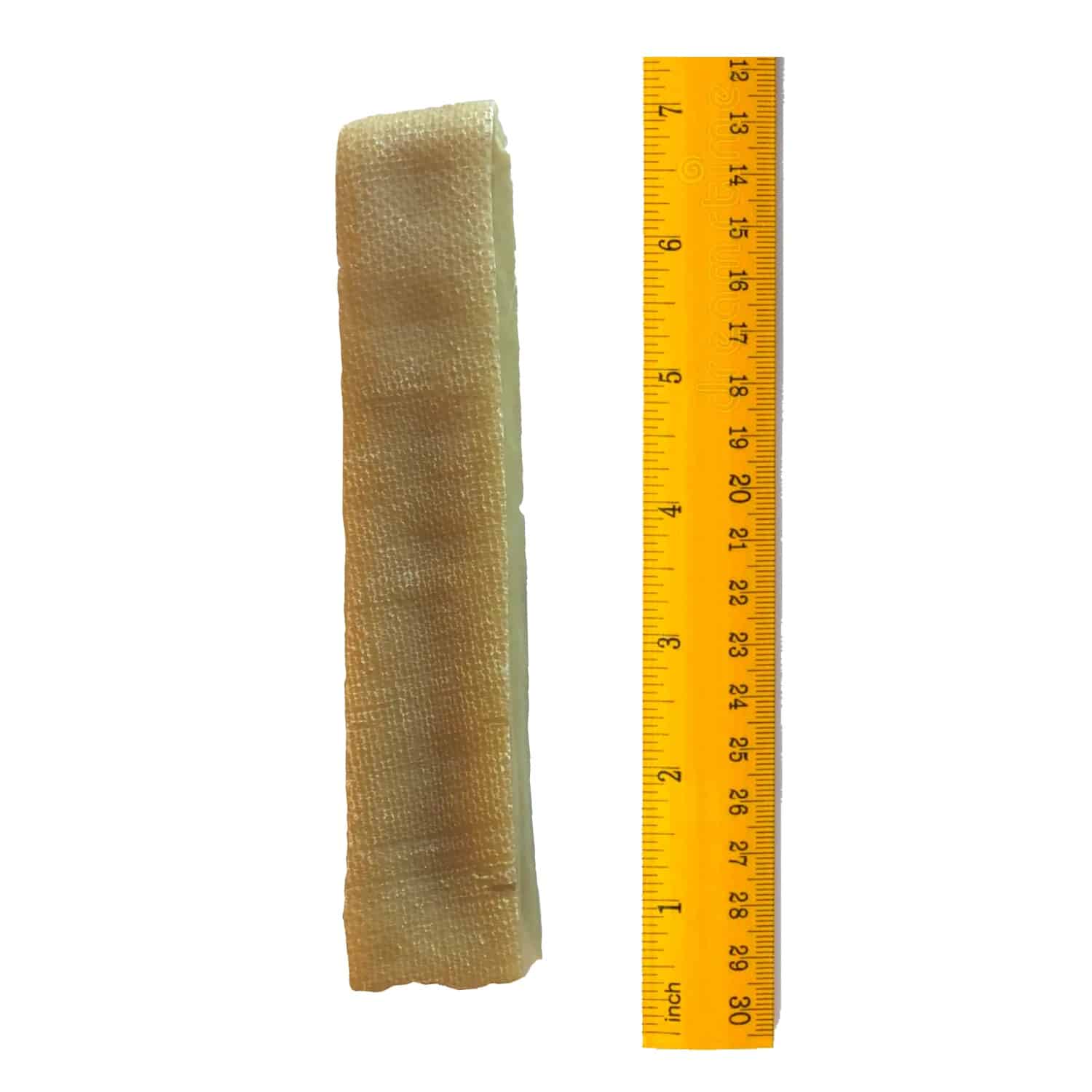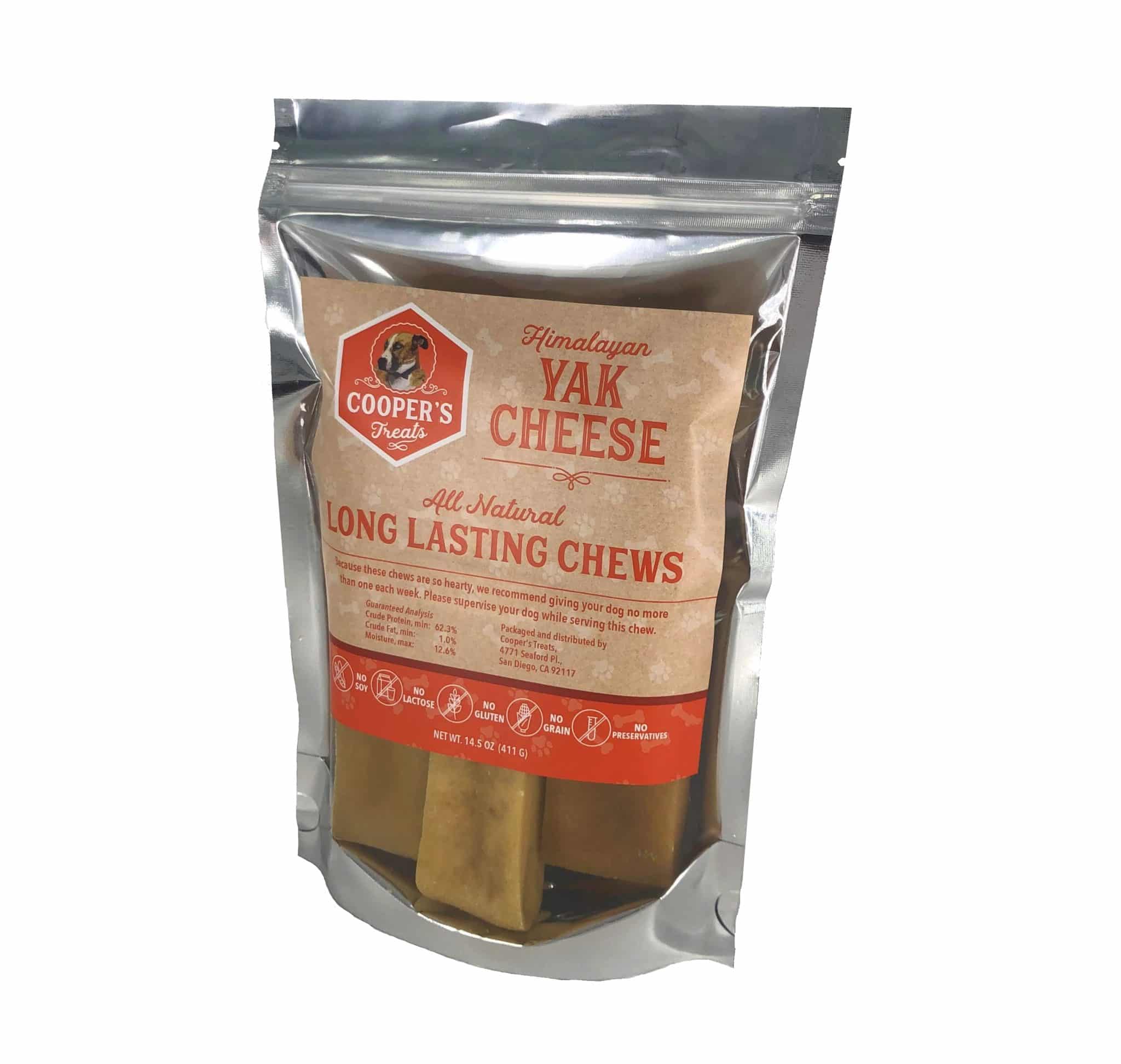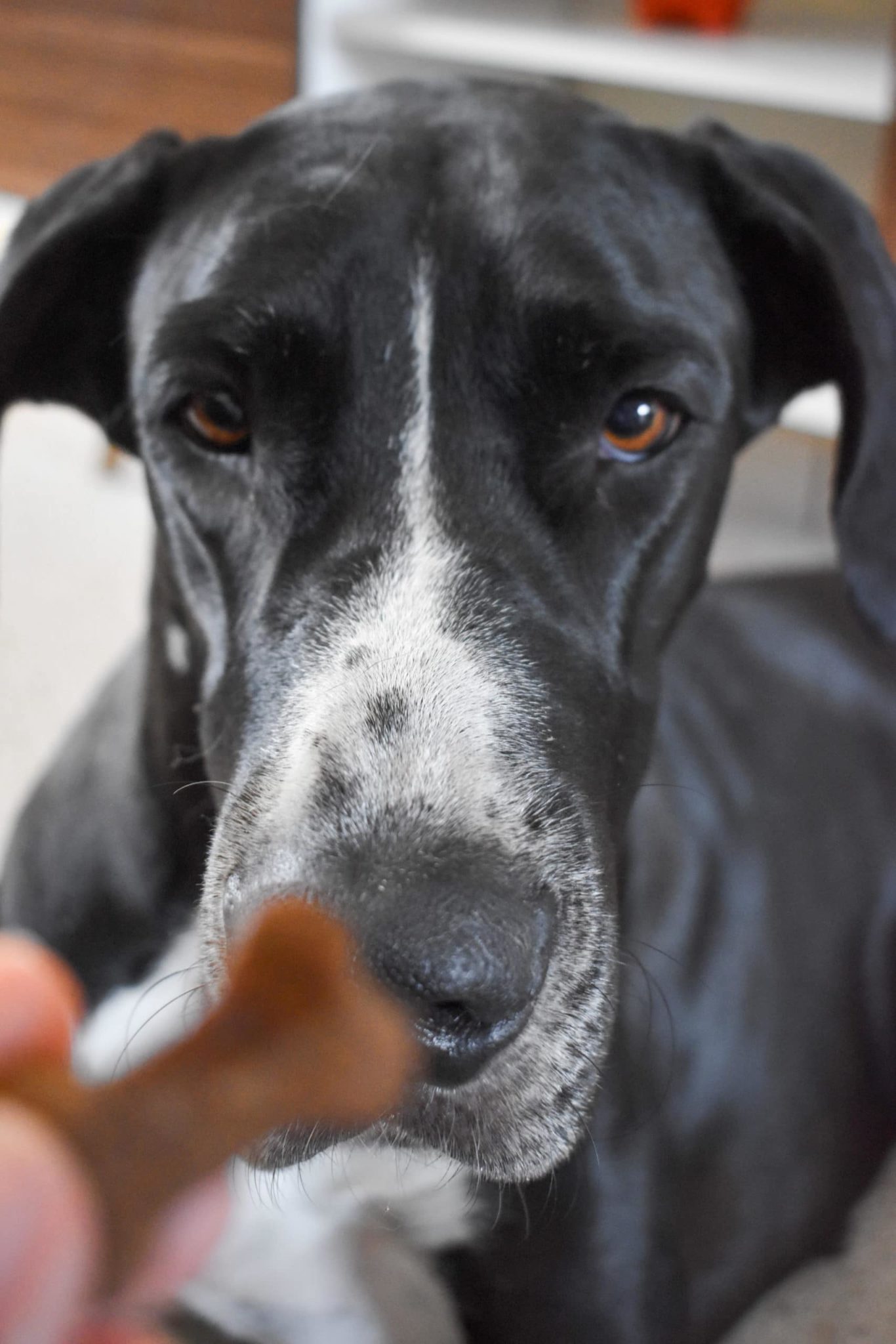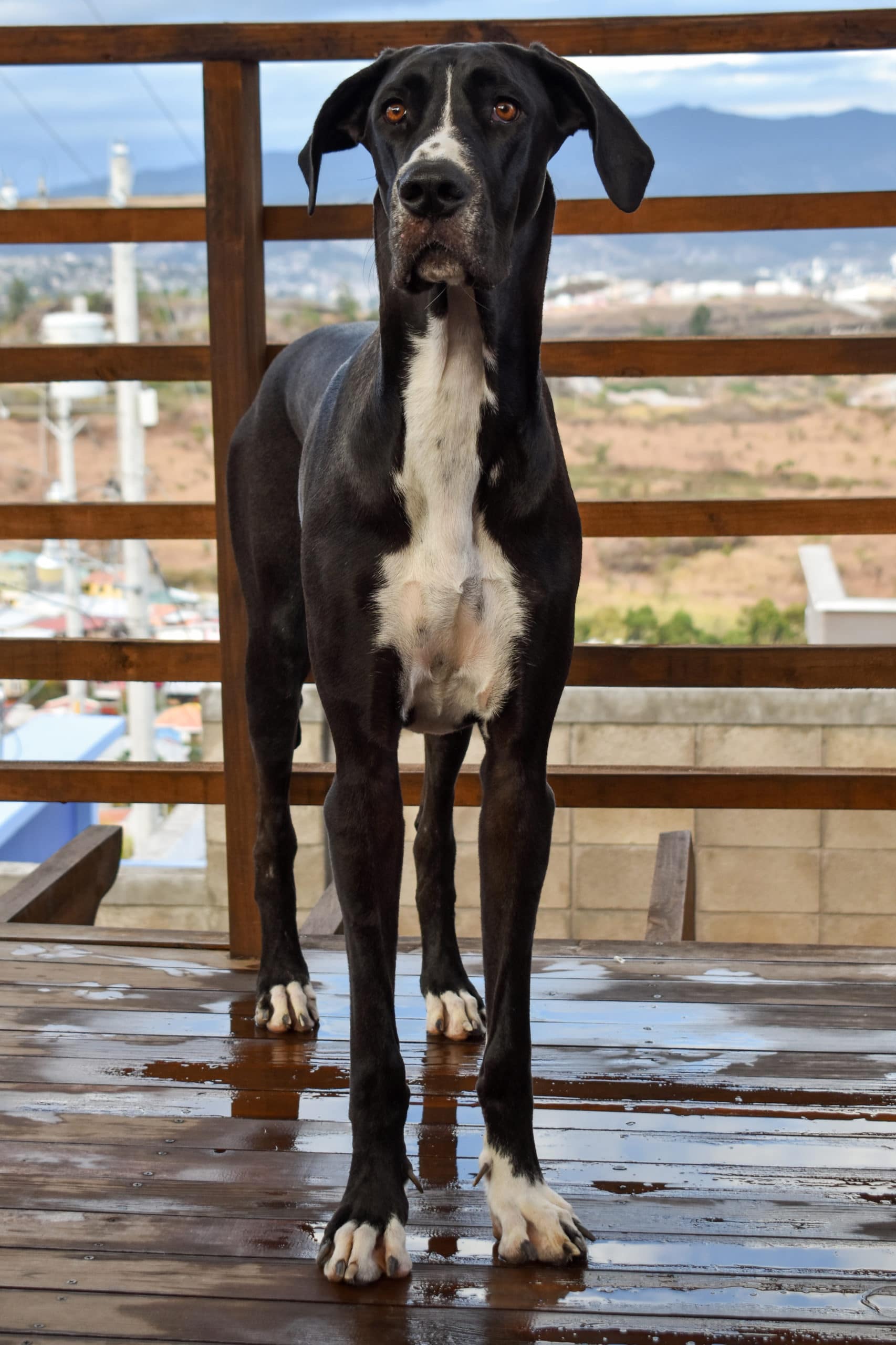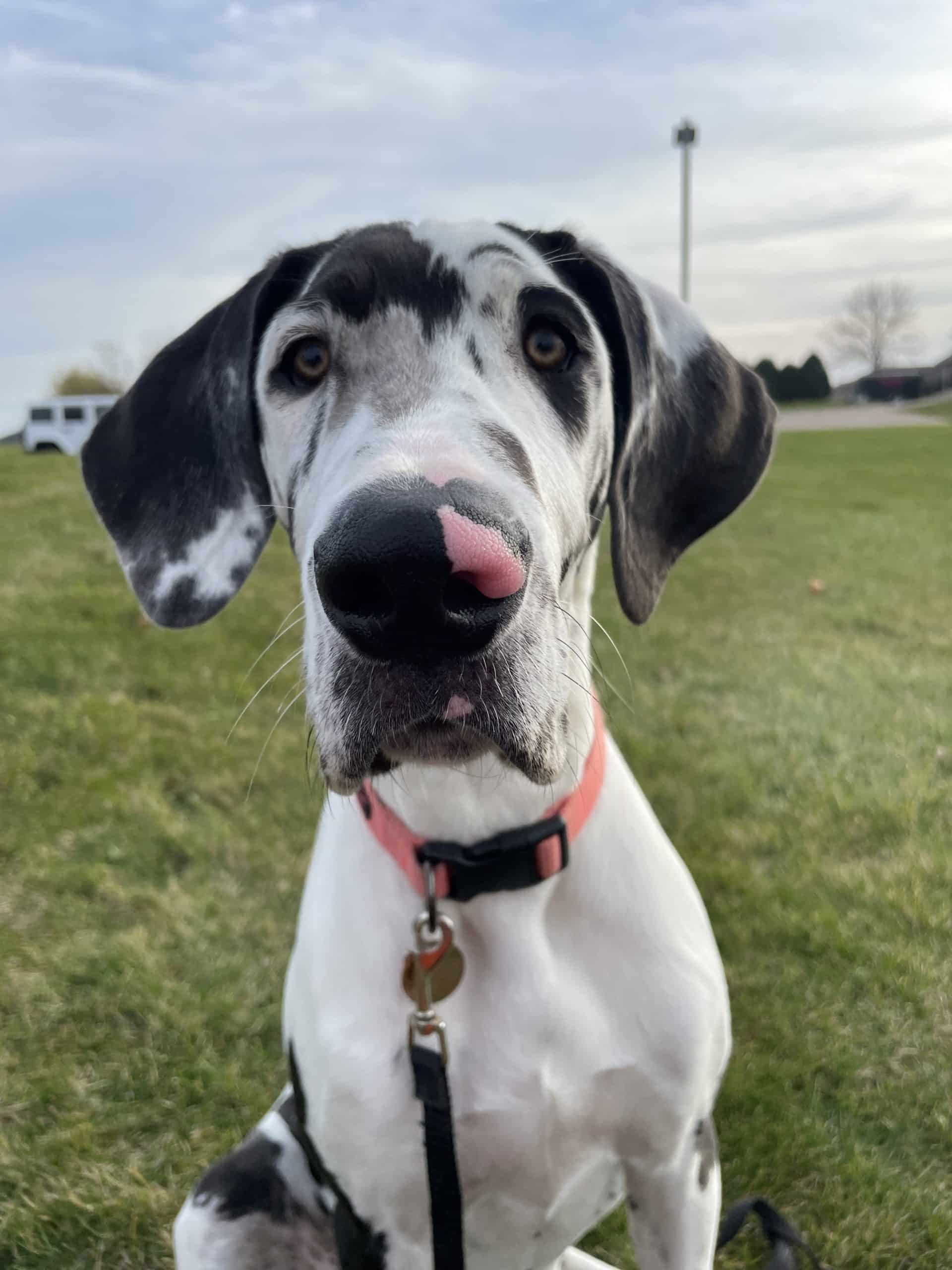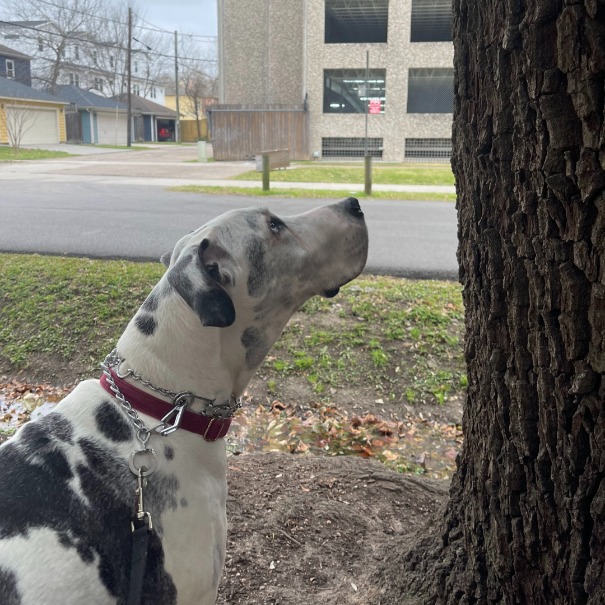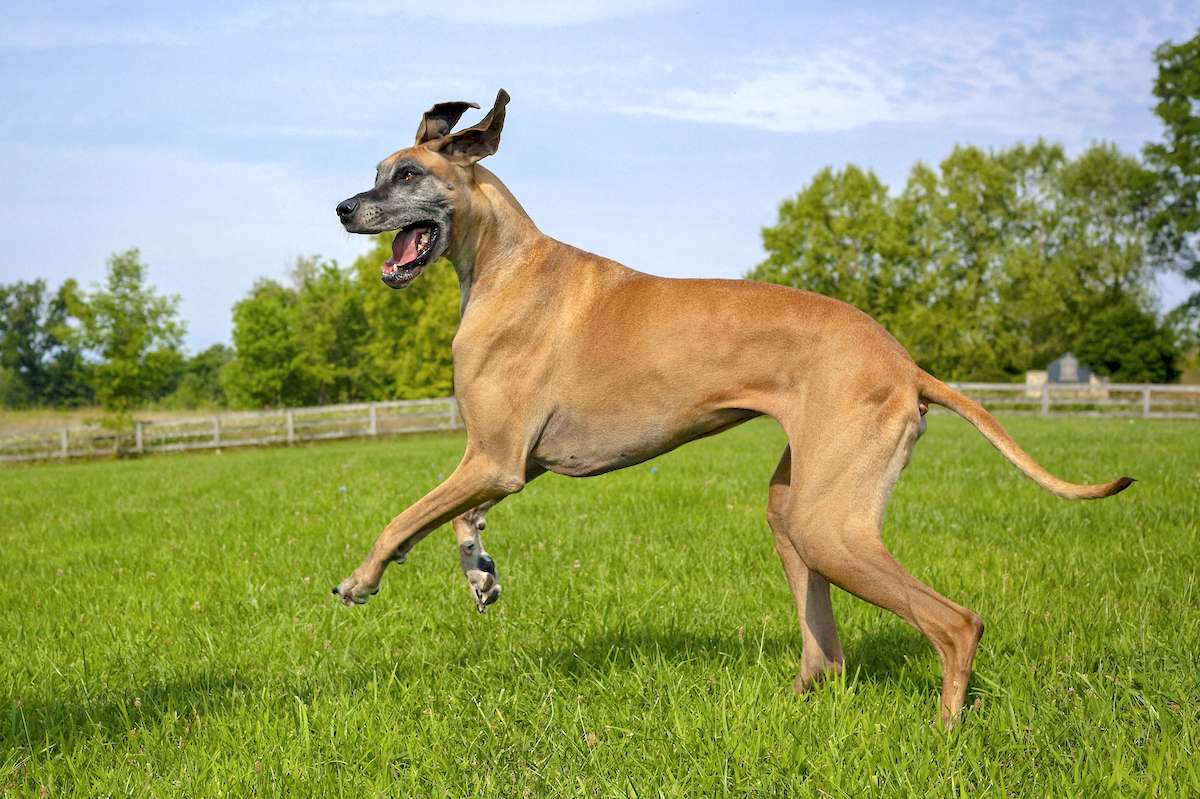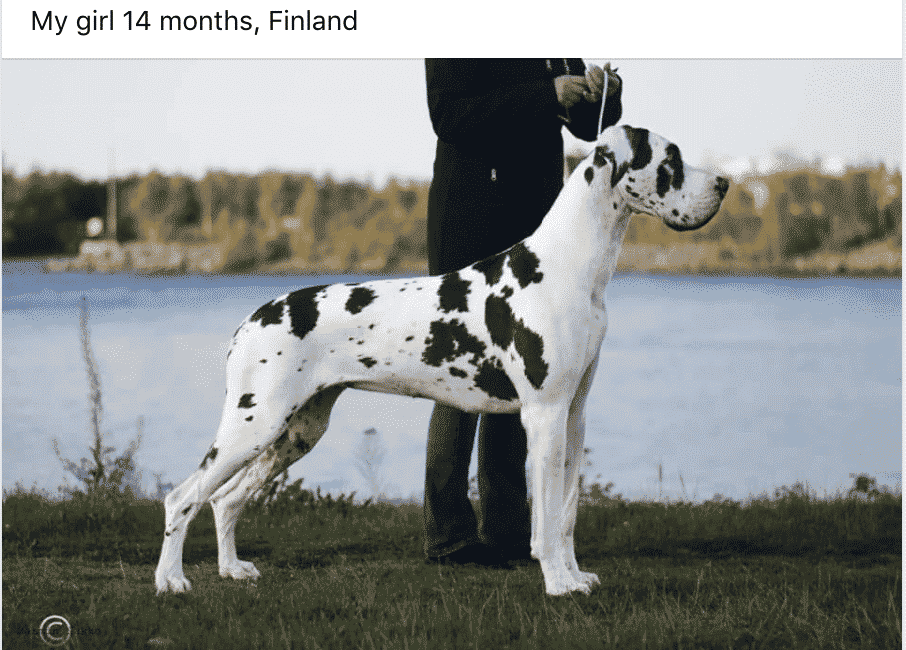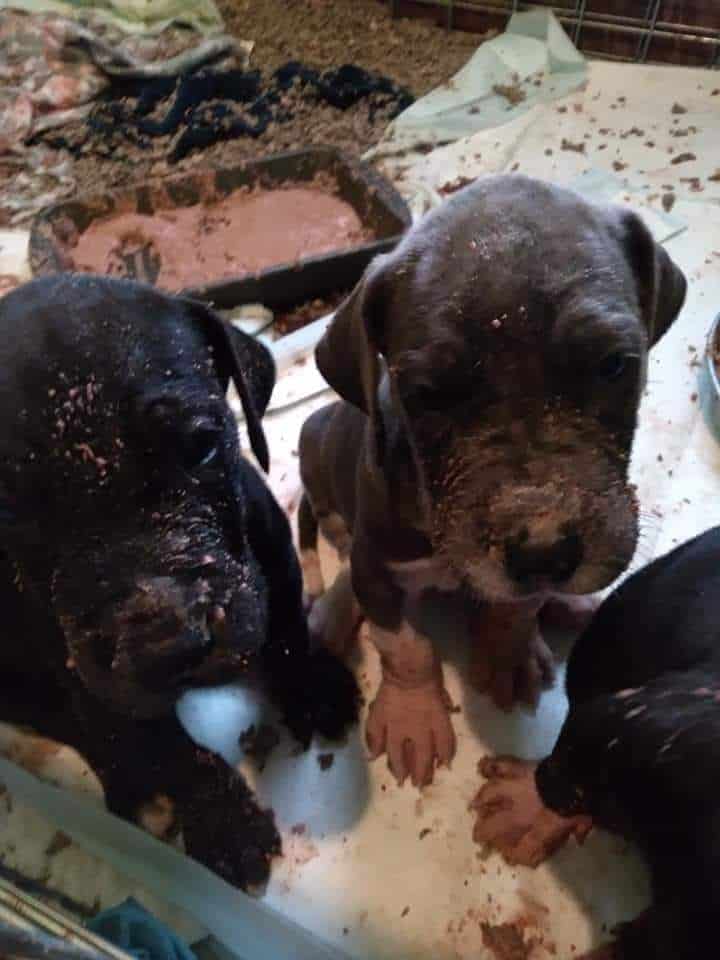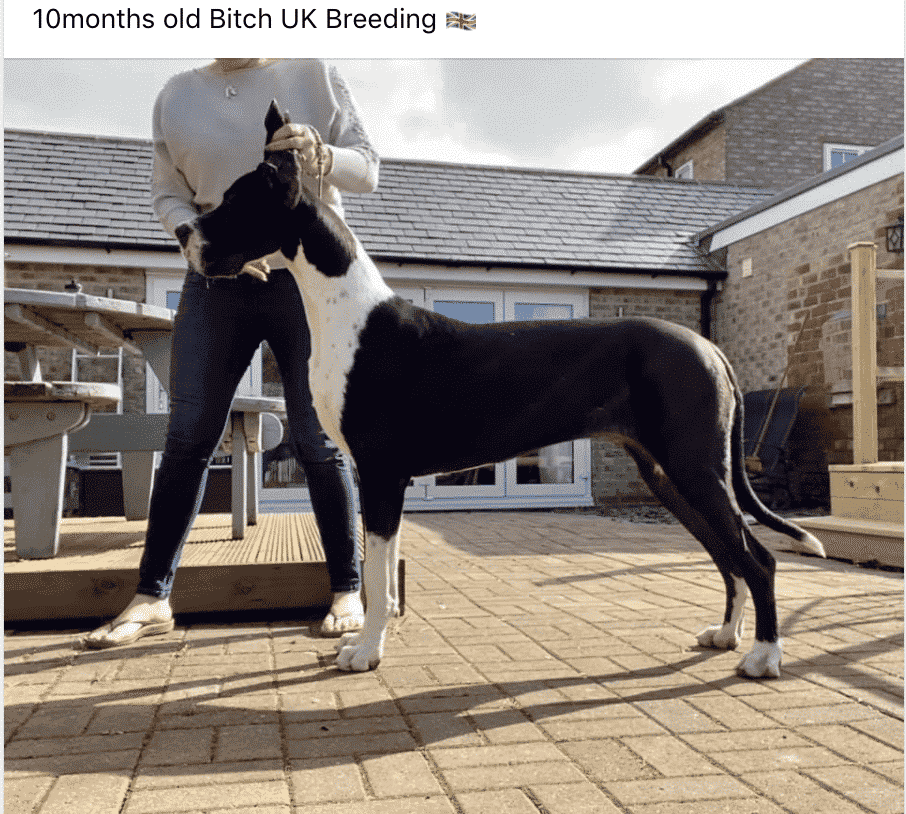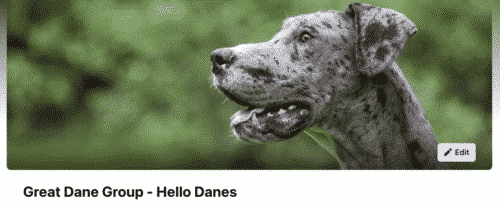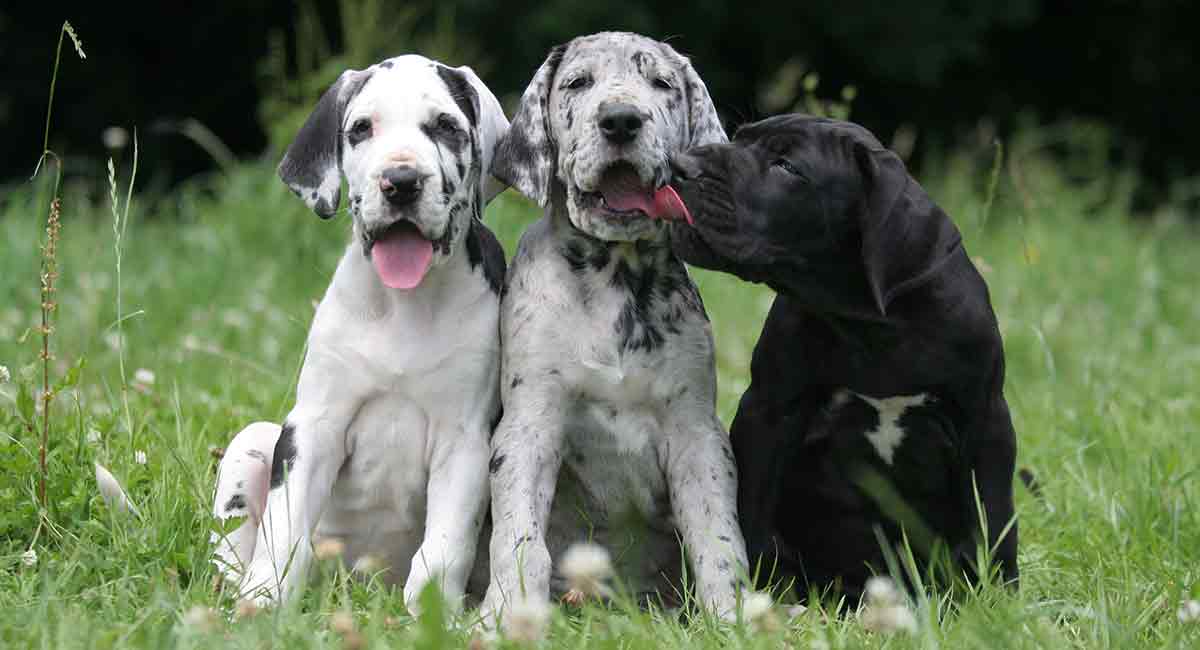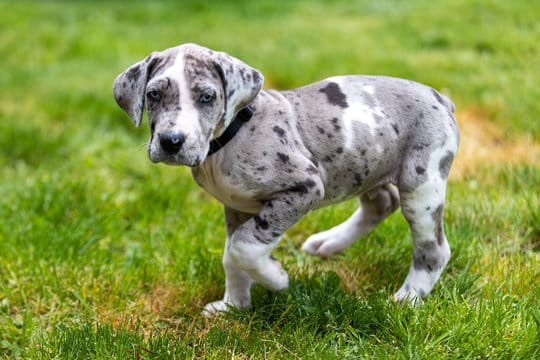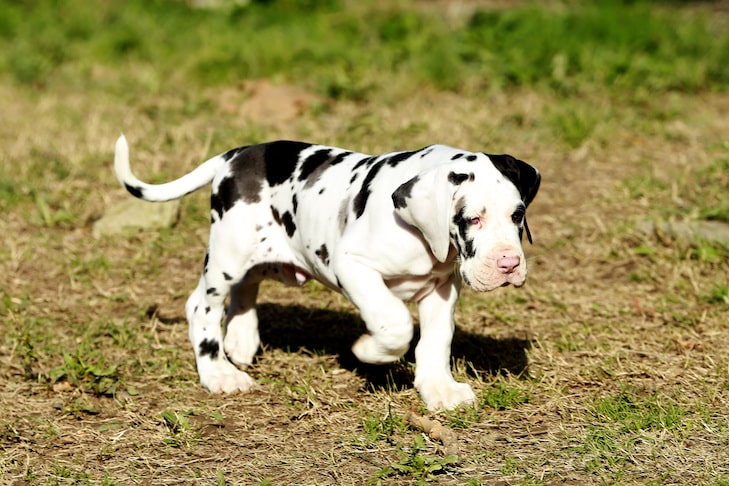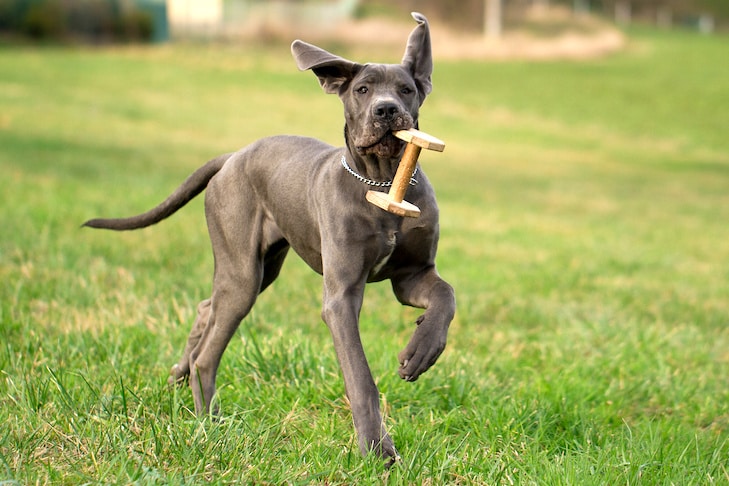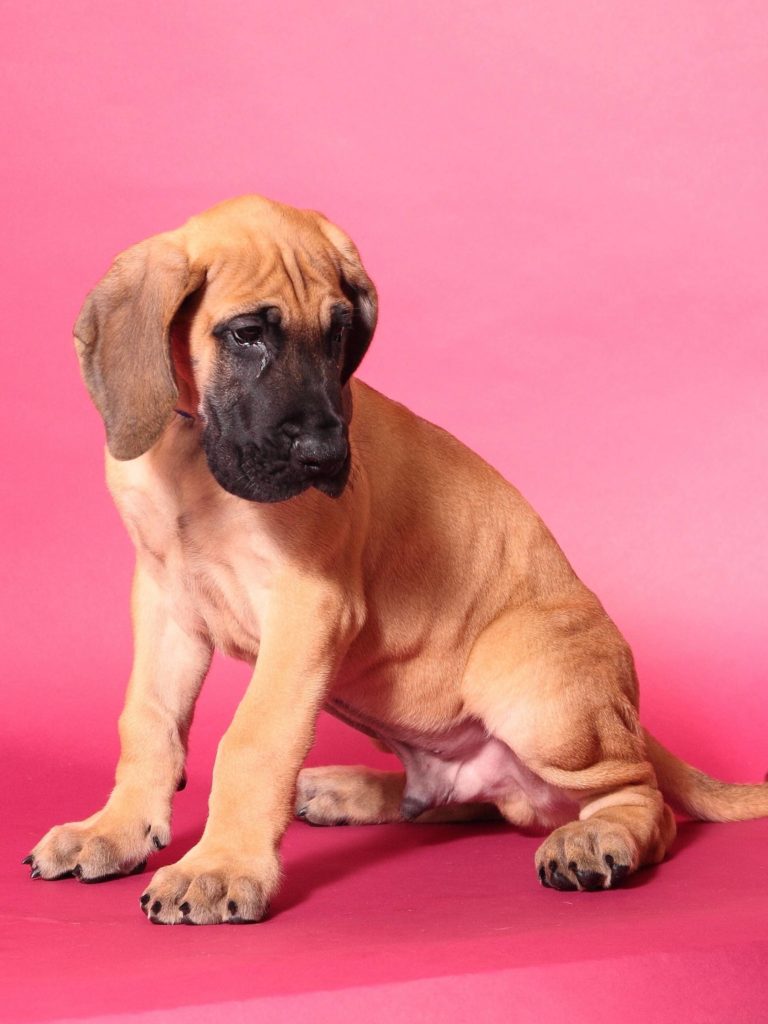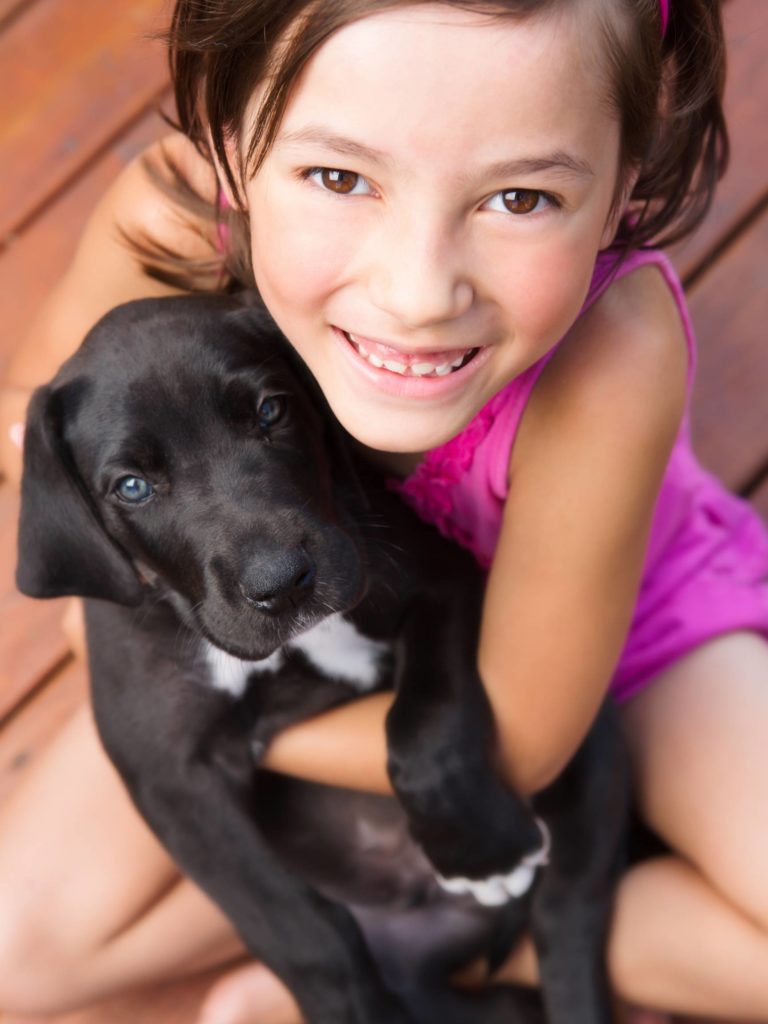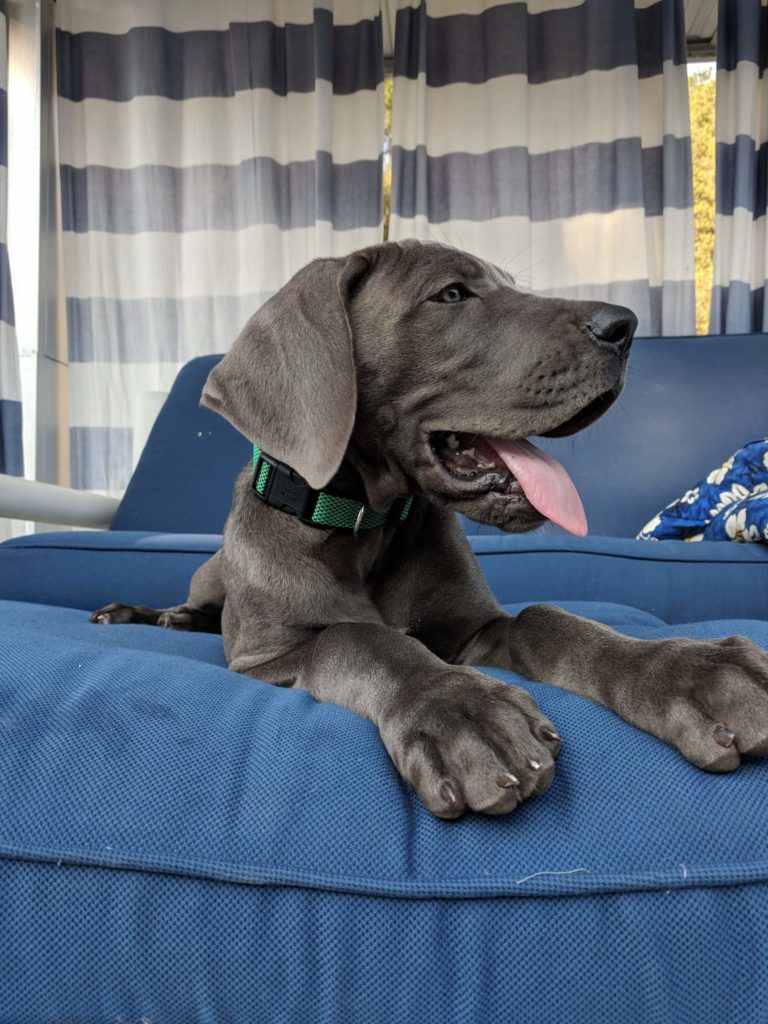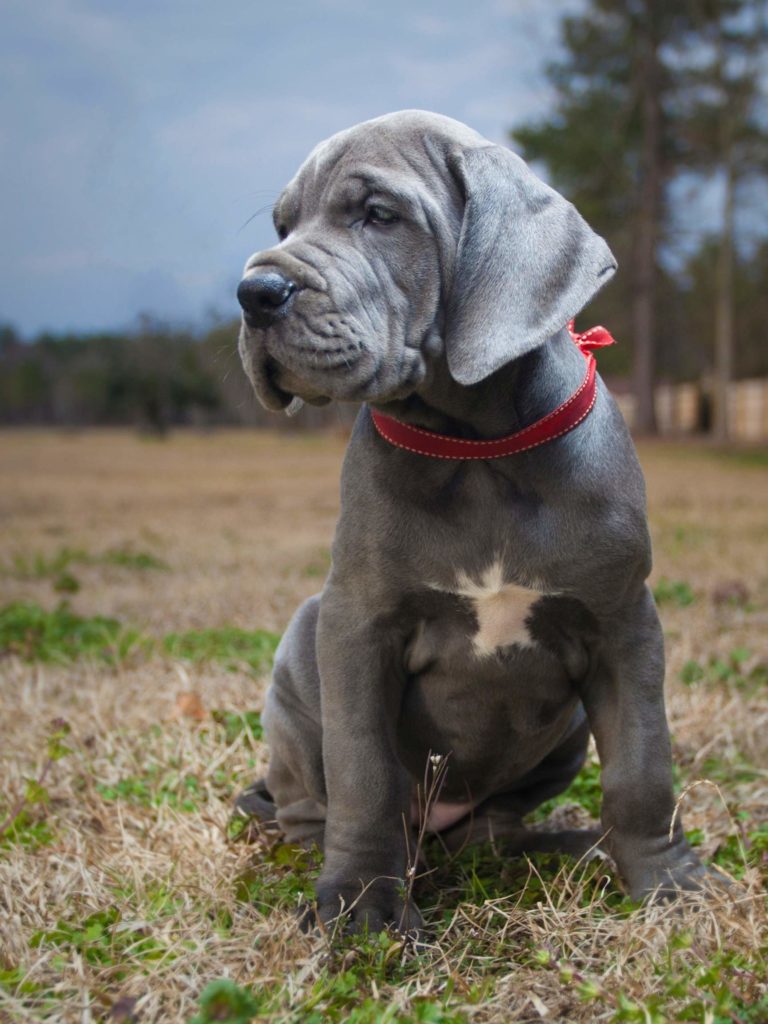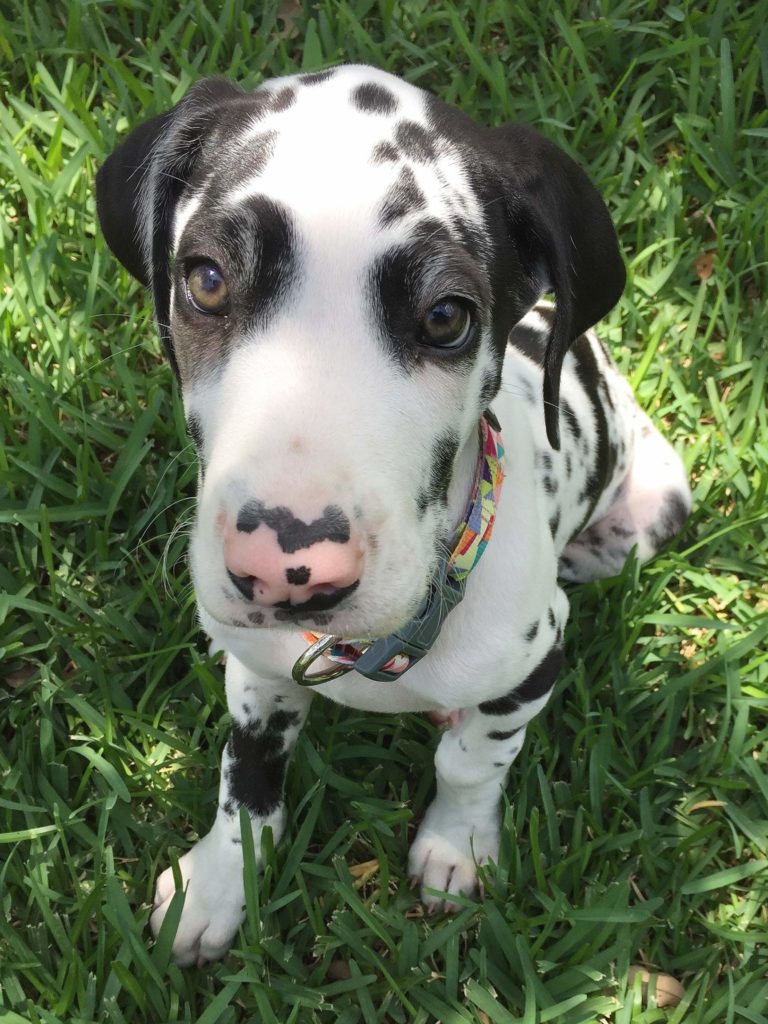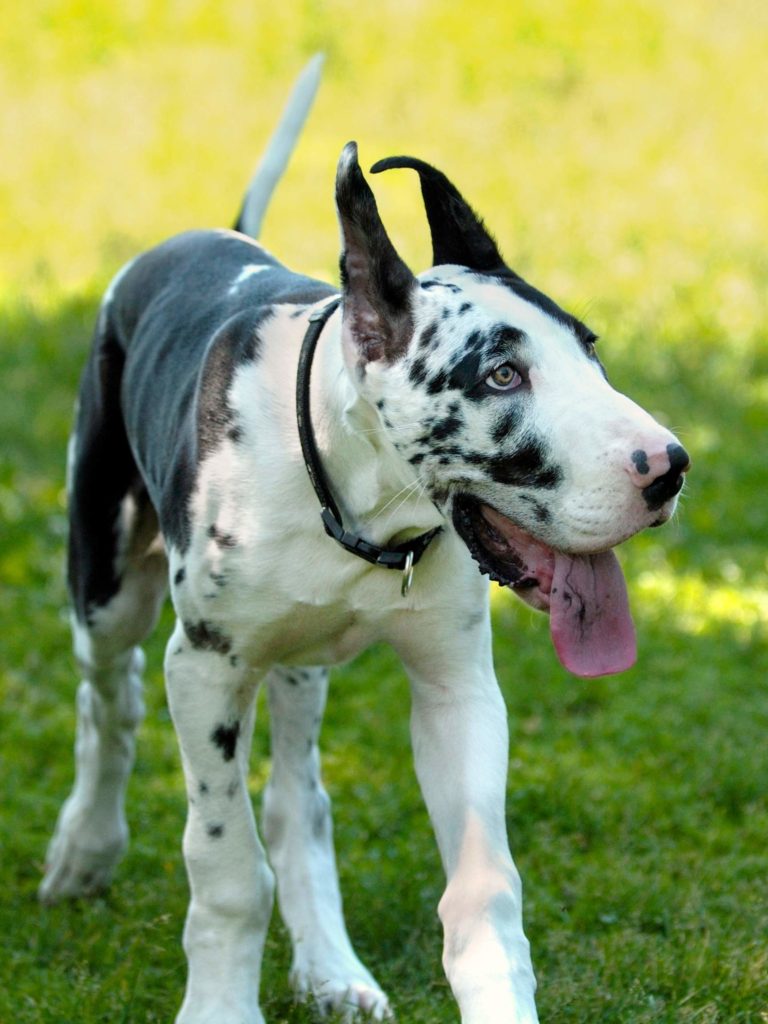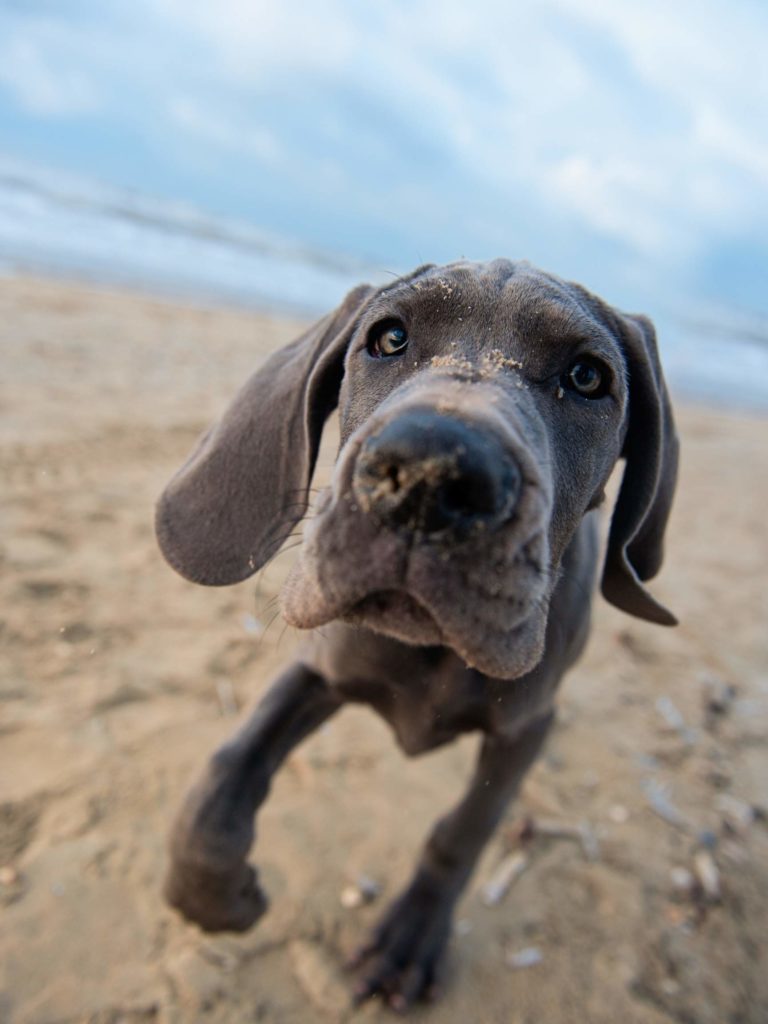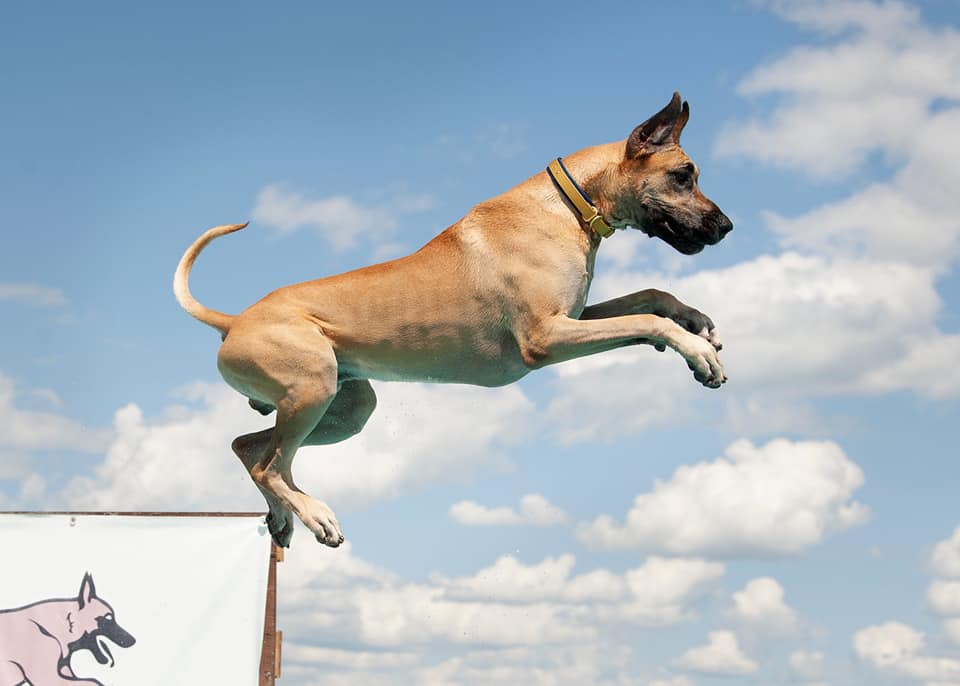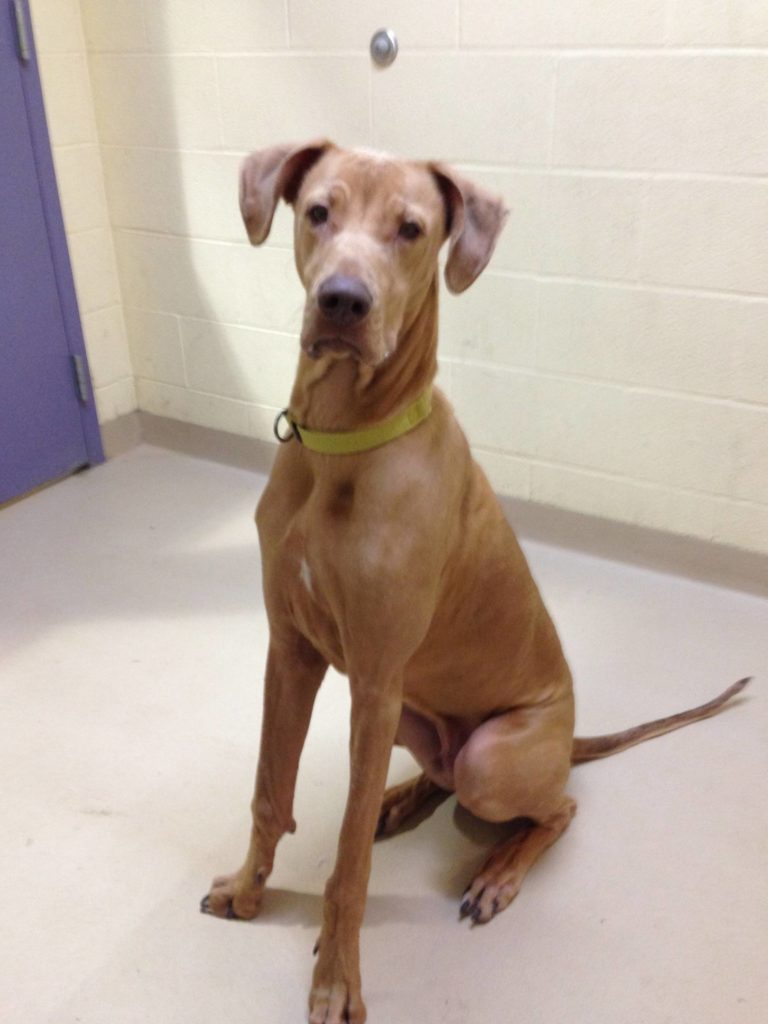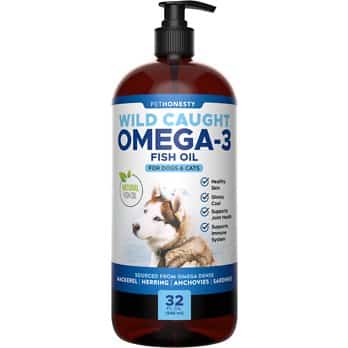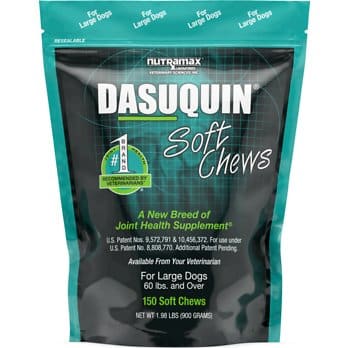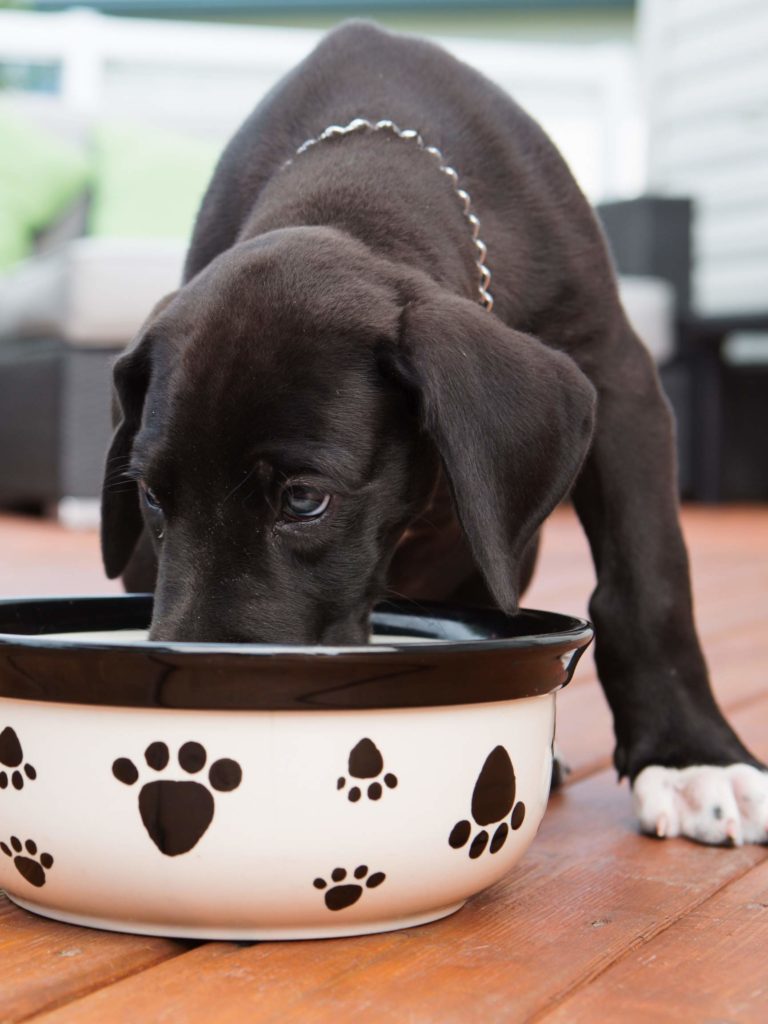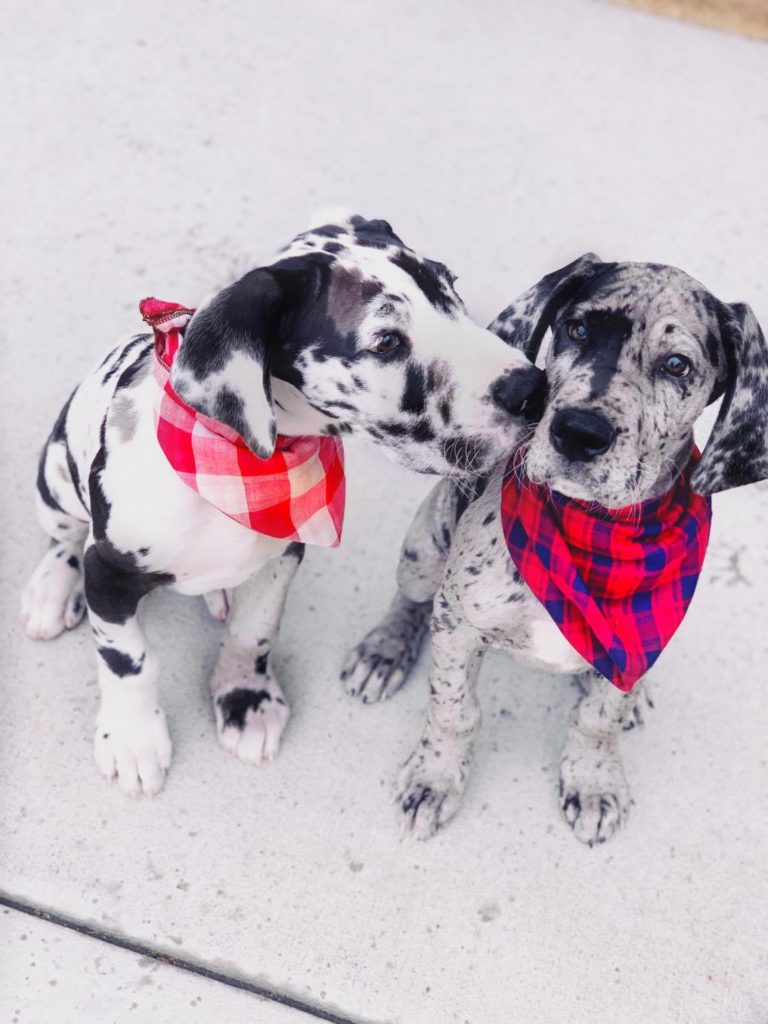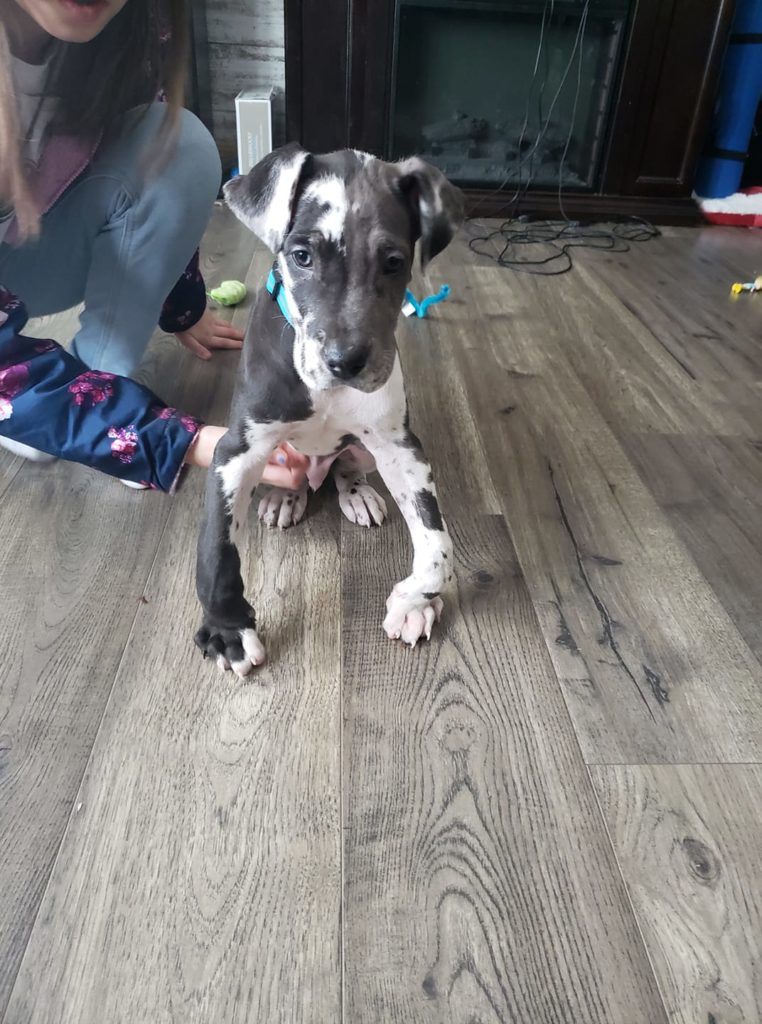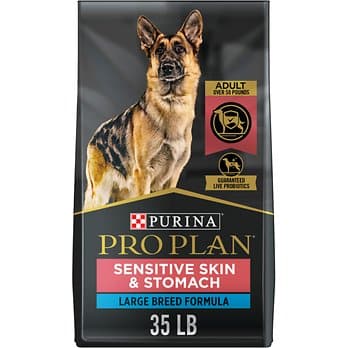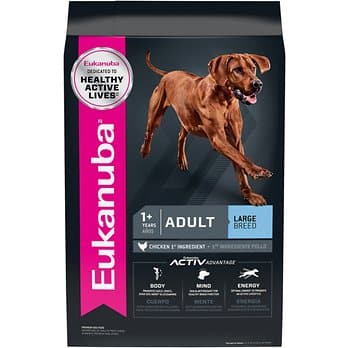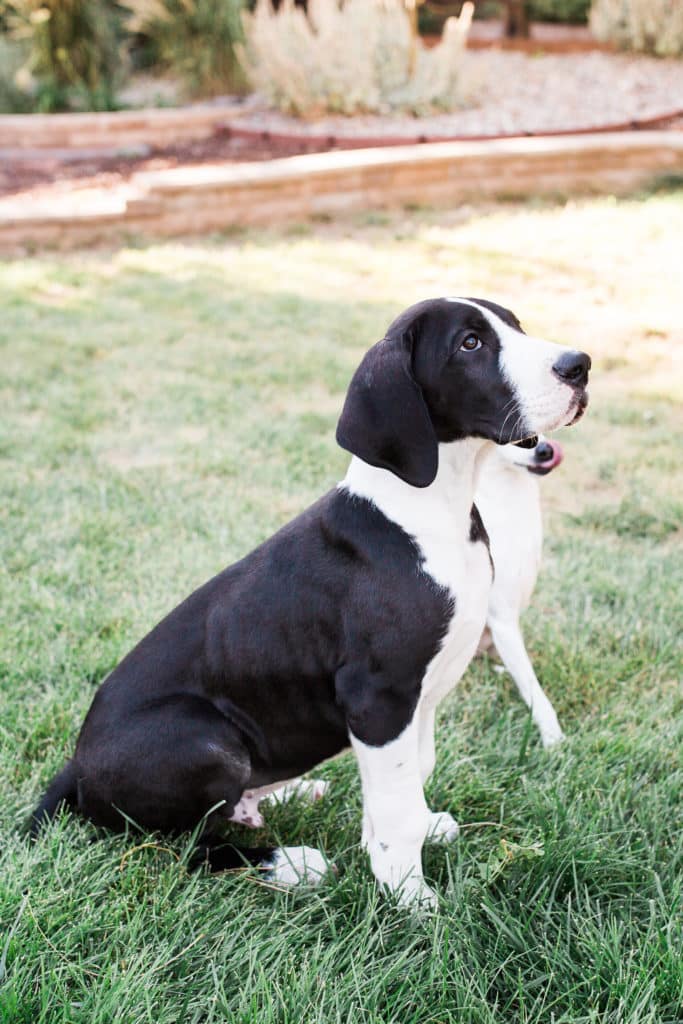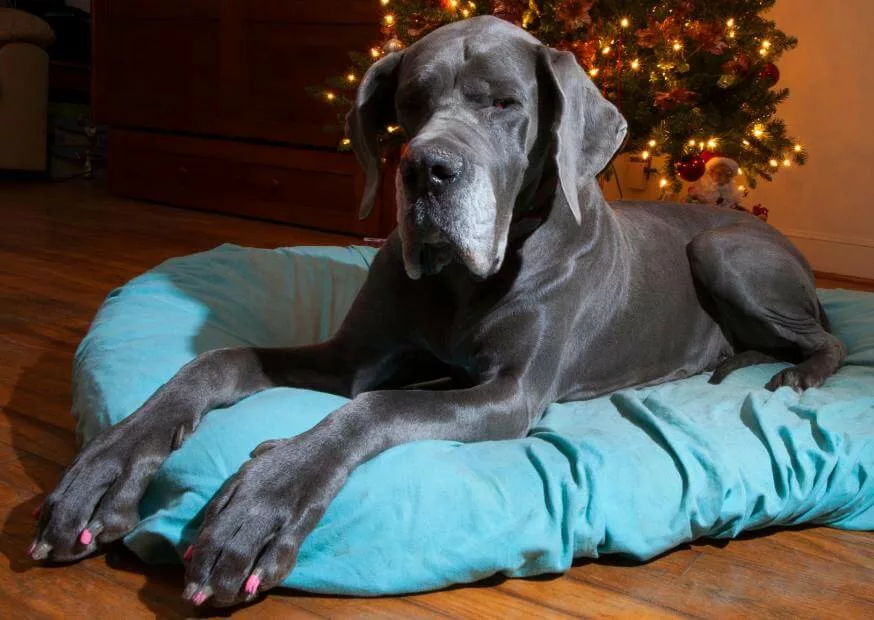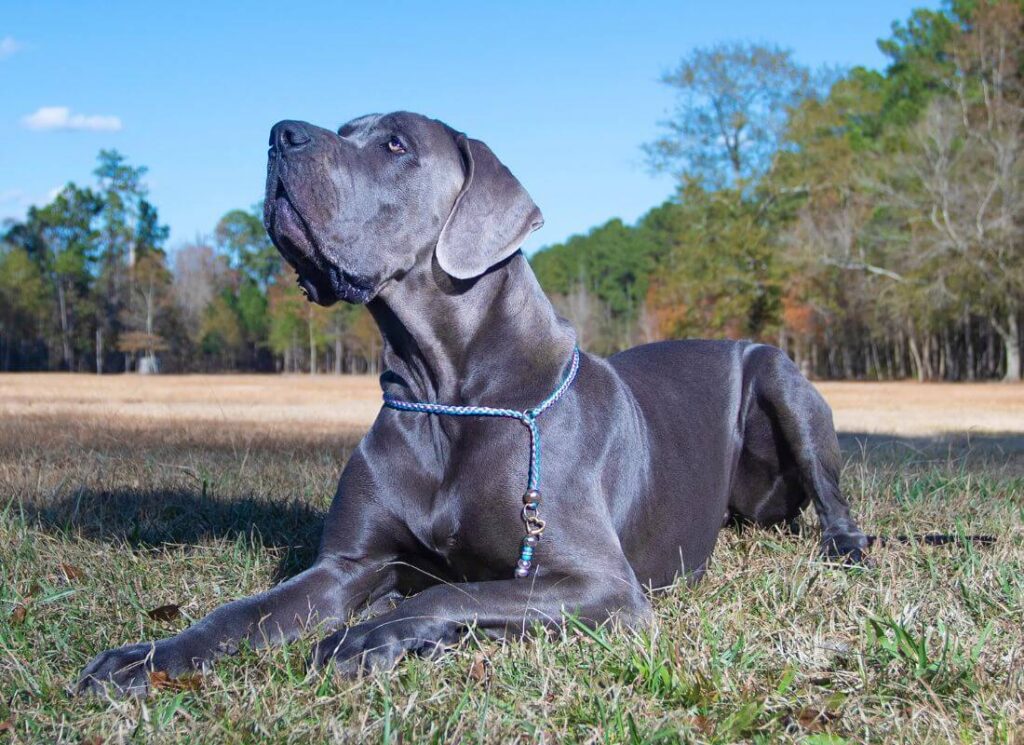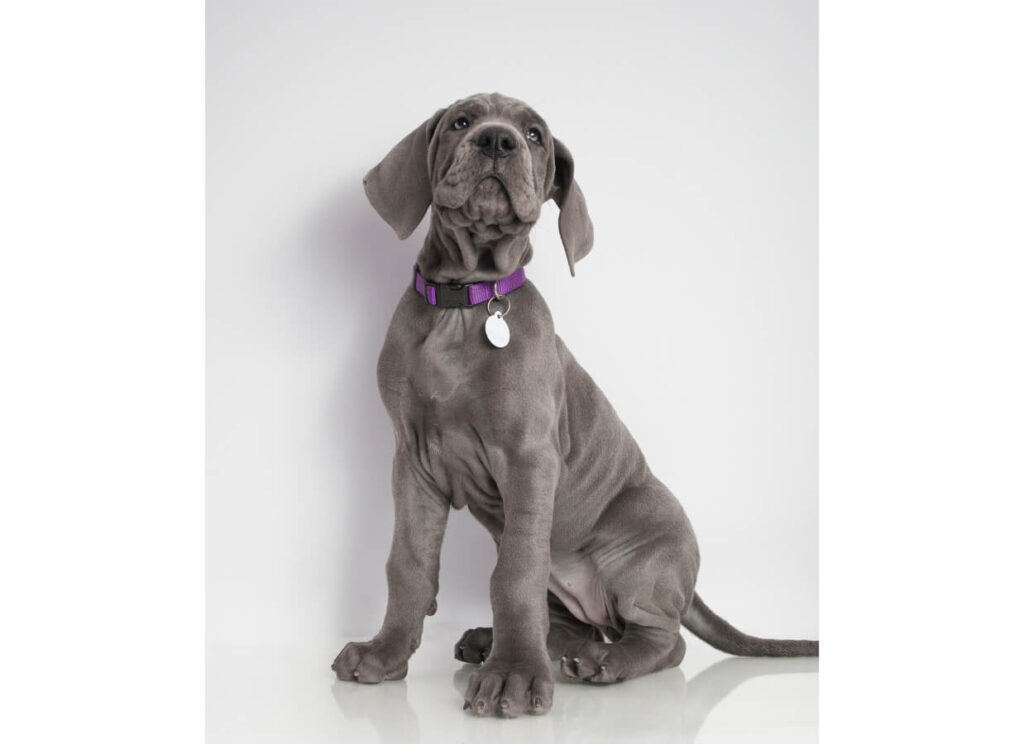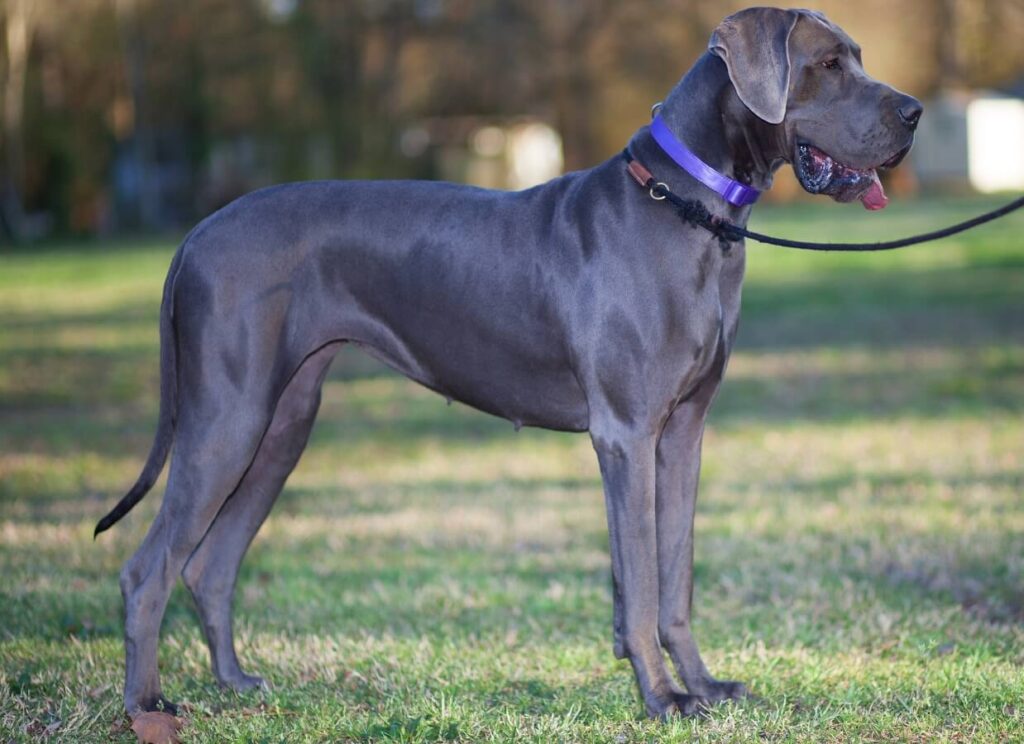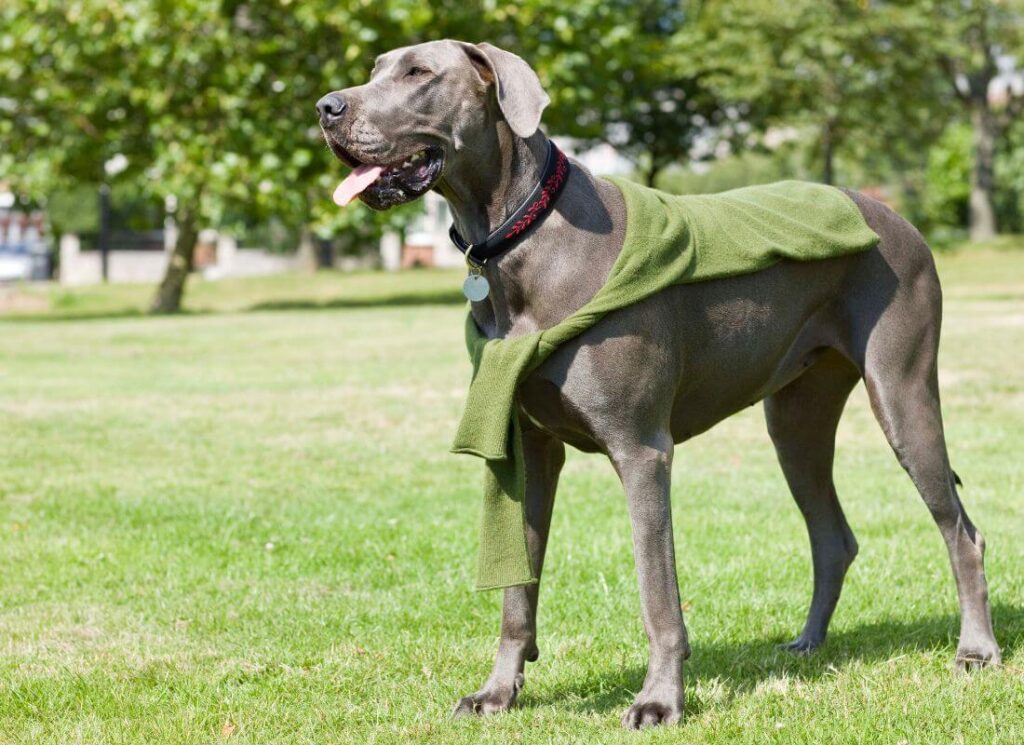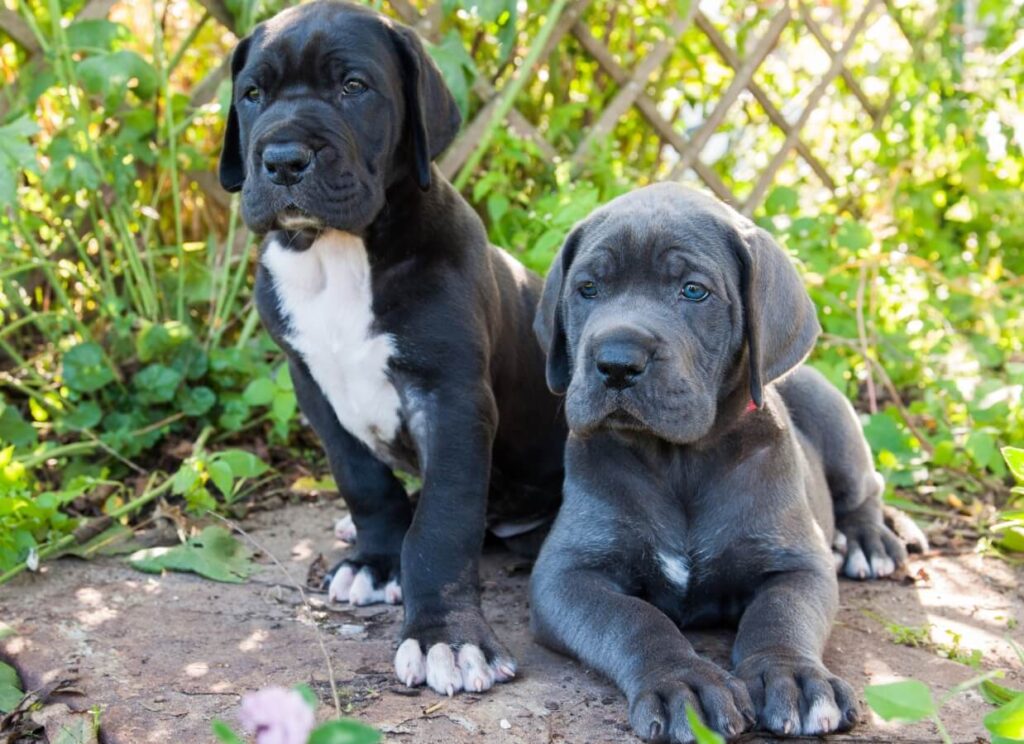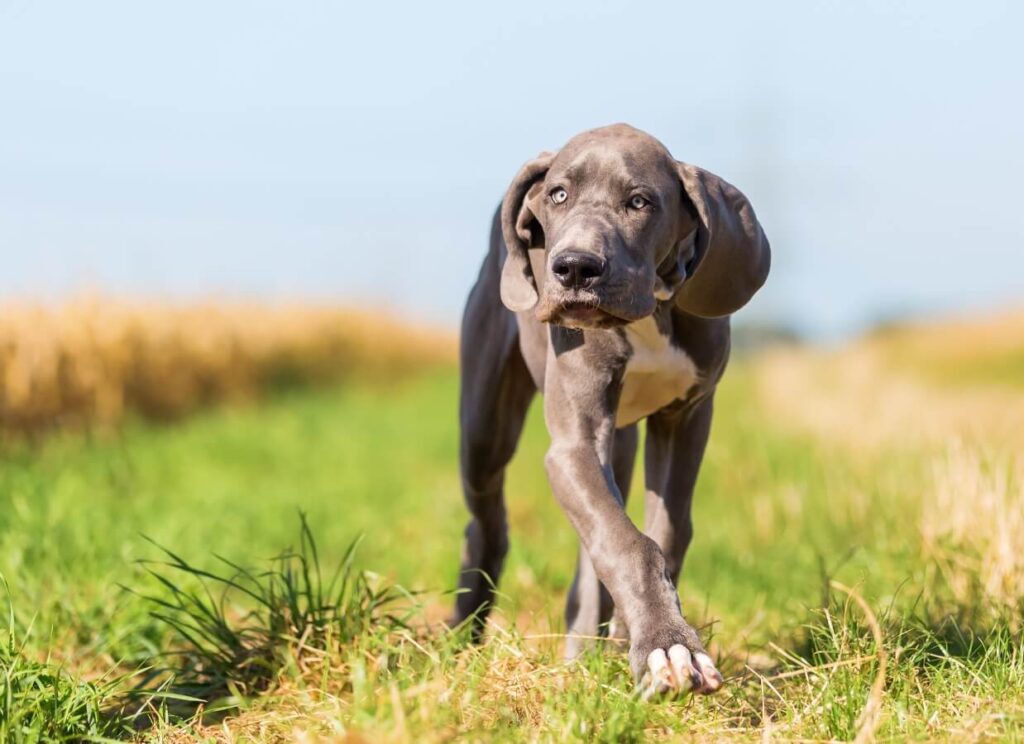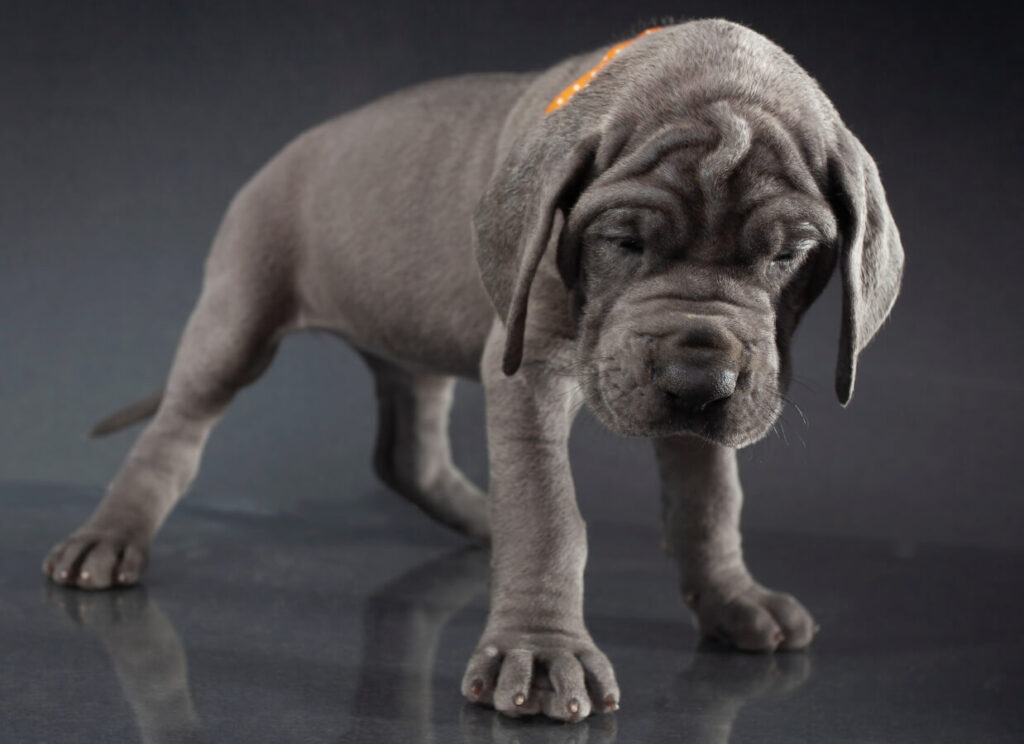How to decide on the pick of the litter when choosing puppies? There are so many puppies out there to choose from, how do you know which one is the right fit for your family? It can be tough to decide, but with a little bit of knowledge it can be a lot easier. Adding a new Great Dane pup into your family is extremely exciting but also a tad overwhelming. After you decide to start looking for the perfect Great Dane pup, you may be wondering: now what?
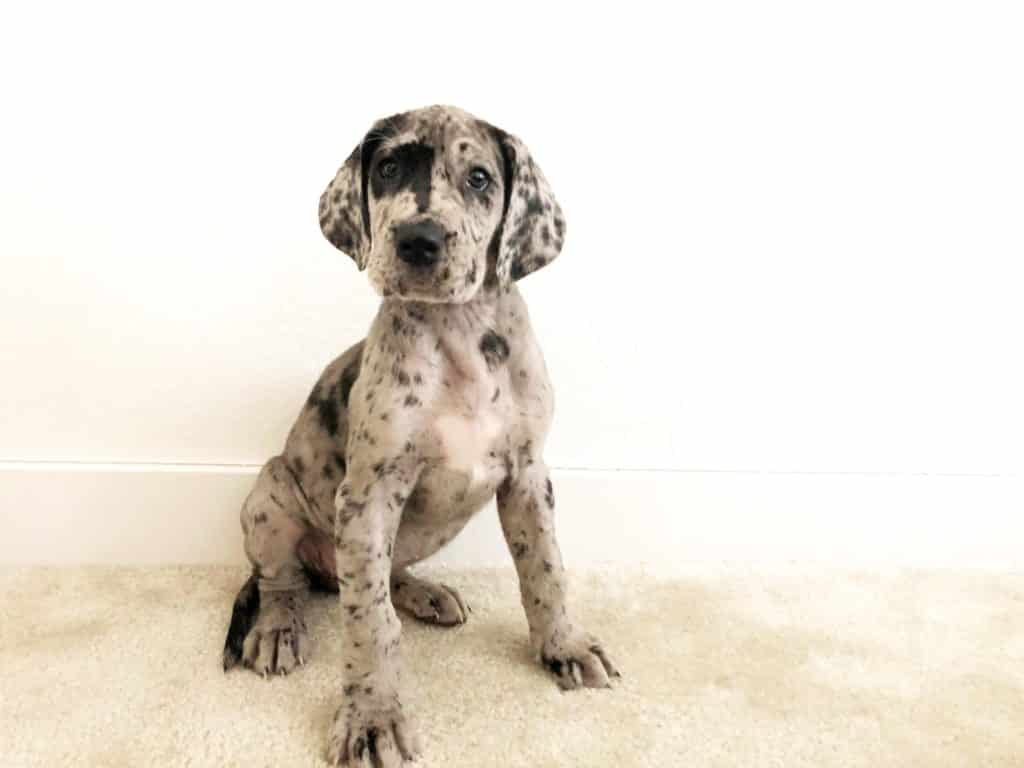
In this blog post, we will discuss the things you need to consider when making your decision on choosing a Great Dane puppy from a litter.
So whether you’re looking for a Great dane, (Or other dog breeds like Labrador Retrievers or Golden Retrievers), read on for some tips on how to pick a puppy from an experienced breeder and most of all- make sure it’s the RIGHT Great Dane puppy!
Pick of the Litter When Choosing Puppies: So You Want The Perfect Puppy!
It makes sense. When looking for a new family member, everybody wants to make sure that they have the ‘best puppy’. But what exactly does it mean to have the best dog?
Is it an independent pup, a relaxed pup, a shy puppy? Great Dane owners are SO eager to bring their puppy home, that sometimes they forget to really consider what is the ‘right puppy’ for them.
I think for most people, the main priority is a HEALTHY puppy! But, when falling in love with a new puppy, dog owners often do have high hopes for more than just their new puppies health. (which is completely valid!)
So yes, above all, you want your Great Dane to be a healthy pup. But, when looking for a new puppy, you should evaluate exactly what it is that would make this new pup the ‘right pup’.
Let’s examine some common things that new Great Dane parents might look for. But before we jump in, it’s important to discuss ethical breeding and litter choosing. Bear with me!
Sometimes a Reputable Breeder Will Choose the Right Puppy for You
If you’re looking for a new dog, you might be considering going to a reputable breeder of Great Danes.
But did you know that sometimes a reputable breeder will choose the right dog for you? With a breed like Great Danes who quickly turn into massive adult dogs, it is SO important that a family is equipped with the tools to handle their puppy, even as it grows.
A good breeder will often temperament test their pups to help identify which puppy from a litter will be the best fit for each family. Sometimes, an individual puppy might work for most families but clash with another particular family.
For example, the very high-strung / energetic pup from the litter might do best with a family to match that pup’s personality. Controversially, that puppy’s personality may clash with another family who lives a more quiet and laid back lifestyle.
And while it’s certainly possible to find a good breeder who will let you pick your puppy from a litter, it’s also possible that the best breeder for you is one who will choose the right dog for your family.
It can be difficult for you not to be able to pick a puppy yourself, but sometimes it is best to admit that a responsible breeder does know their puppies best. Who knows, the perfect pup for you might just be the one who was meant to be and ultimately work out better for you in the long run.
Pick a Puppy from Rescue Groups
Rescuing a Great Dane pup can have many pros and be VERY rewarding, but it doesn’t come without cons.
When adopting a puppy from a rescue, you are often not given the chance to meet the parents of your new pup. This can make it difficult to know what traits your puppy might have inherited.
Additionally, puppies in rescues are often not as socialized as those who come from breeders or professional dog-rearing facilities. It is possible that you might adopt a perfectly healthy puppy who soon becomes an older dog with extreme socialization issues.
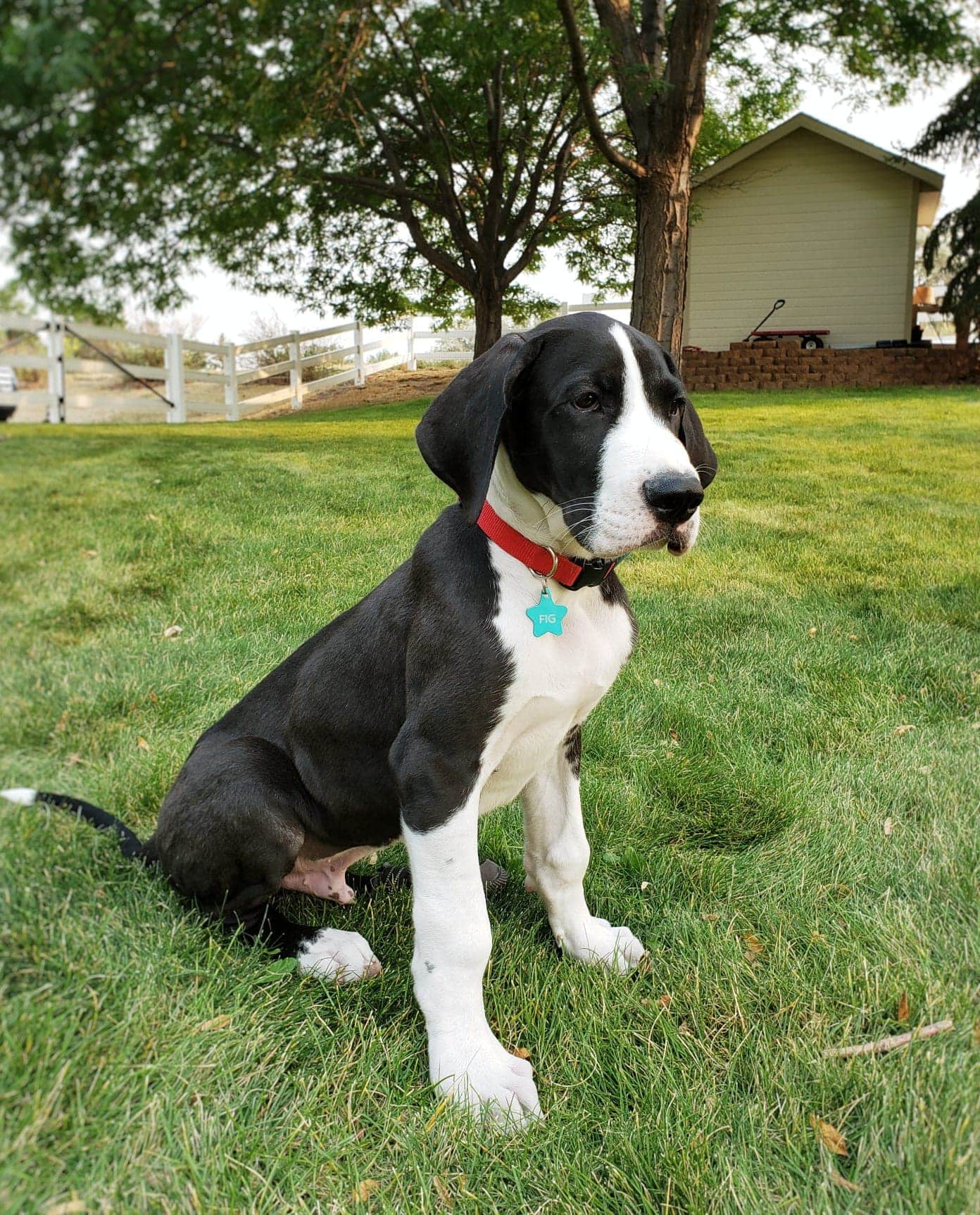


Lastly, health issues are usually very difficult to determine when adopting a dog- whether it be a puppy OR adult dog from a shelter or rescue. The reason for this is that often, the dog’s prior health history is unknown.
This means that any health problems the dog might have could go undetected until they suddenly surface later on in life. A rescue could clear a puppy from a litter ‘a healthy perfect puppy’ and soon after bringing your puppy home you could notice it needs major medical treatment.
All of this is not to say that adopting a puppy from a rescue is a bad idea. We are very supportive of ethical adoption! But it is important to be aware of some of the cons and identify an ethical rescue who is willing to take responsibility for appropriate health screening of their dogs PRIOR to rescuing them out.
My Family Wants a Relaxed Great Dane Puppy
So, you’ve decided to pick a Great Dane puppy from a litter! First of all, congratulations . You’ve done your research and you’re well on your way to becoming a great pup-parent.
Now, it’s time to think about what kind of Great Dane puppy would be best for your family. If you’re looking for a more relaxed dog, there are a few things to keep in mind when choosing from a litter.
It Might Not Happen: Your Great Dane Puppy Might Be Wild
First, you might not get a relaxed Great Dane puppy. Ask yourself if you do not end up getting the calm, sweet, shy pup that you want, is that okay with you? Are you and your family going to be able to adjust and live with a pup that is active and eager to learn / run / exercise?

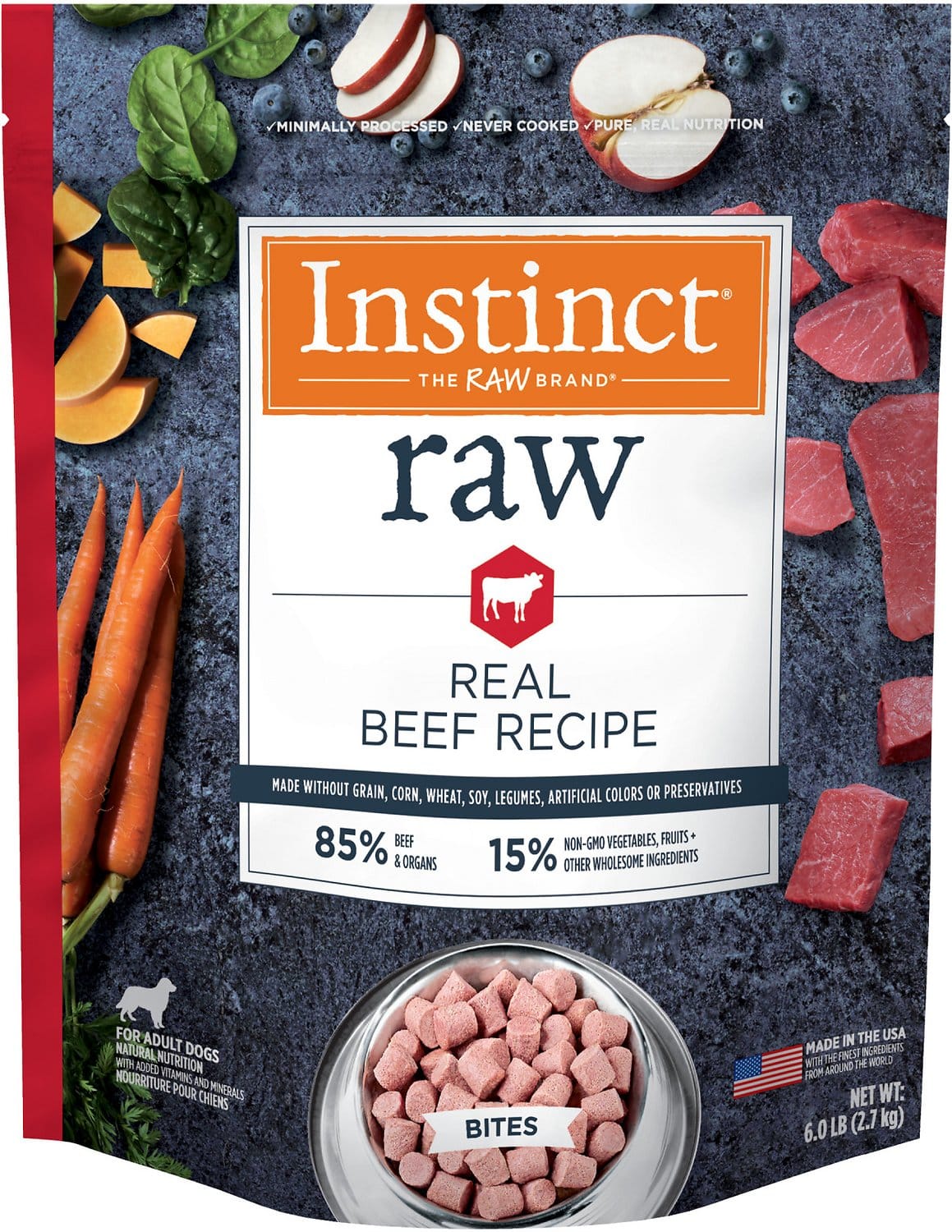
Just like humans, as puppies the dog could be a relaxed pup but as it ages, it could develop energy and need an abundance of exercise.
As a responsible puppy and soon to be dog owner, you need to be prepared for an energetic dog, even if you want a relaxed one.
Speak with Your Breeder
Your breeder will be able to discuss which puppy is most suitable for a laid-back, calm lifestyle. (If they are helping you pick a puppy and a responsible, ethical and breeder).
Choosing the right Great Dane puppy for your family will be a joint effort between you, your breeder, and of course some good old fashioned fate!
The most important thing is that you do your research, ask lots of questions, and find a responsible breeder who is committed to helping you find the best possible pup for your you.
I Want To Bring Home Litter Mates
Litter mates is a term that means two or more puppies who were born in the same litter and are close in age.
There are pros and cons to taking home two puppies at once, but if you’re set on it there are a few things you should know before making your decision.
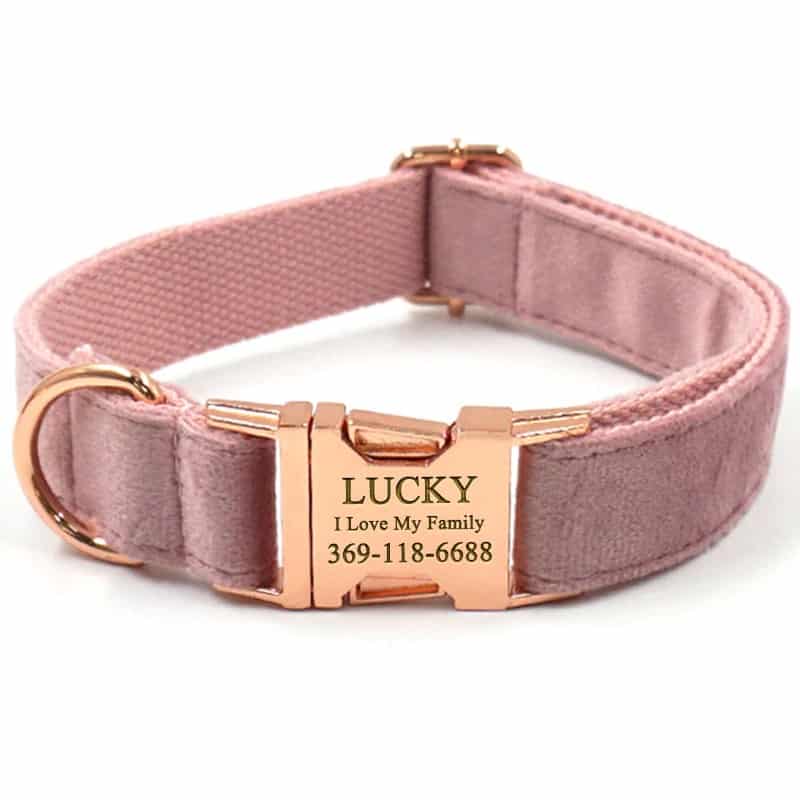
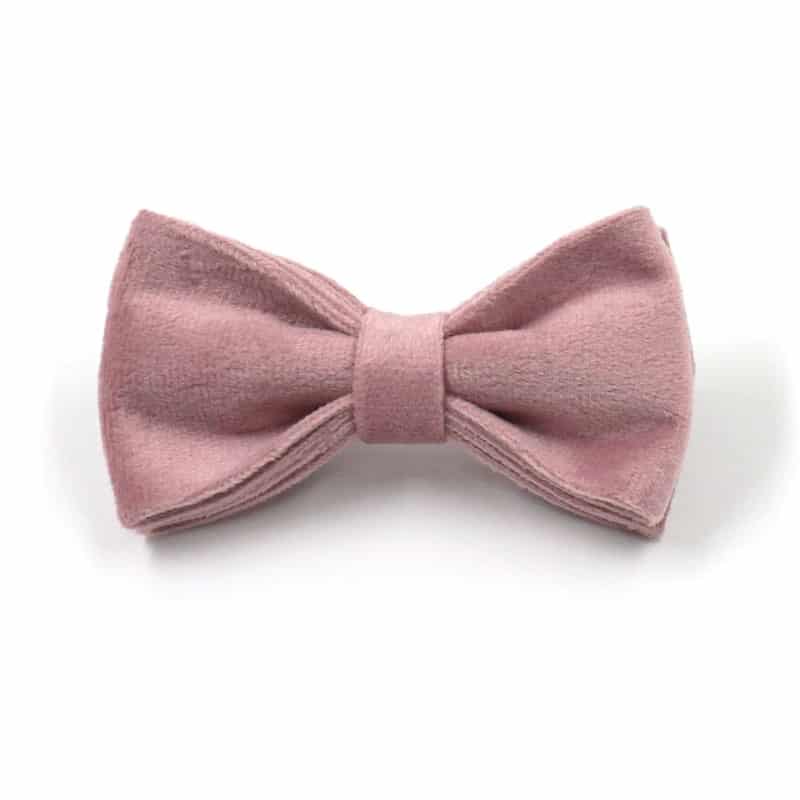
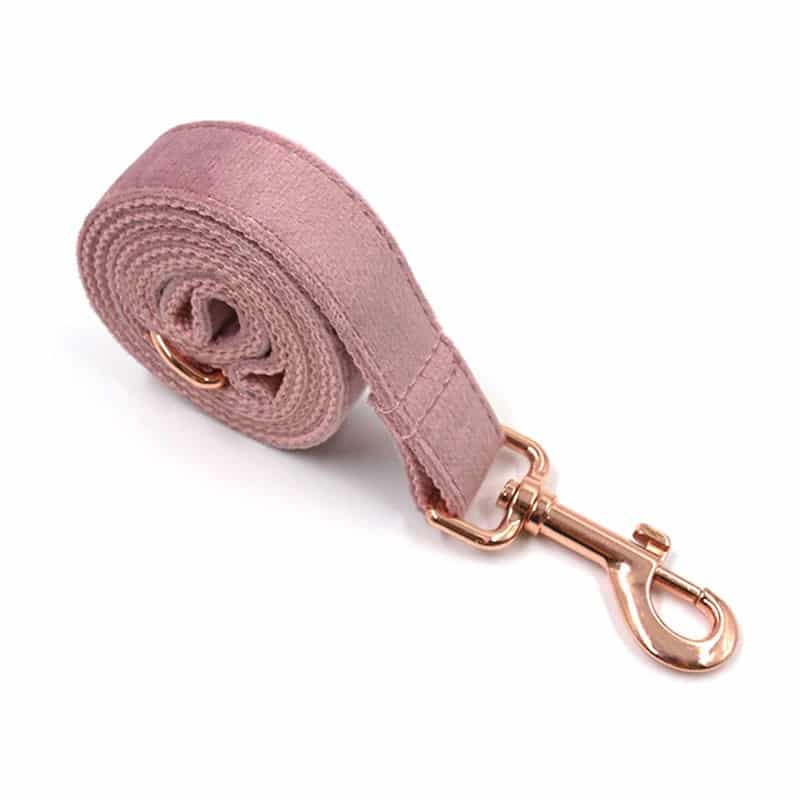
Puppies Are A lot Of Work: Especially 2 Puppies At Once
No matter how you look at it, puppies are a lot of work. They need to be fed, watered, walked, played with and potty trained.
If you’re thinking about adding two pups to your family, you need to make sure that you’re prepared for the extra work of having not one, but two dogs.
Sometimes Bringing Home Littermates Can Create Issues
Sometimes, bringing home two puppies from the same litter can create issues later on down the road. The pups might have a strong bond with each other and not be as attached to you and your family.
Of course, this isn’t always the case and sometimes it works out perfectly- but it’s something to keep in mind when making the choice to add two dogs to your family at once.
Training Two Puppies At Once is a Commitment
If you’re going to bring home two puppies, you need to be prepared to train them both at the same time.
This means having twice the patience, and being twice as consistent with your commands and rules.
It’s not impossible to successfully train two puppies at once- but it is a big commitment.
Not only that, but it is recommended when bringing home littermates that they are trained separately from one another, to avoid littermate syndrome and develop independence.
Your Pups Might Differ in Personality and Interests
Each and every puppy is very unique! When looking at two pups, you may get one from a litter that is very dominant, and one who is a shy pup.
Of course, this is just an example and there are endless possibilities when it comes to pup personalities.
The point is, even if they come from the same litter- two puppies can be very different from one another.
This could, or could not, become a problem. If one puppy is indeed a shy pup and turns into a shy adult, the other more dominant one could take advantage and require more of your time.
I Can’t Decide on a Female Dog or Male Dog
When thinking about whether to get a female or male dog, there are a few things you need to take into consideration.
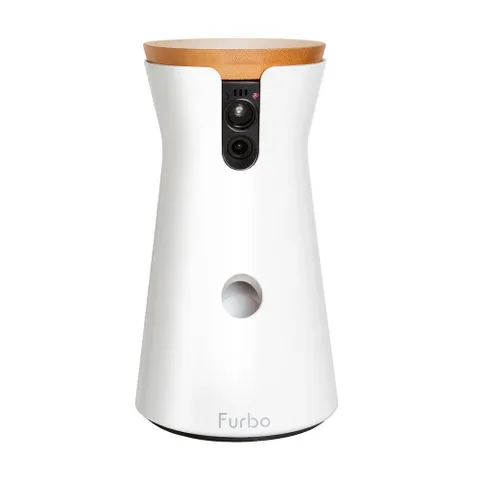

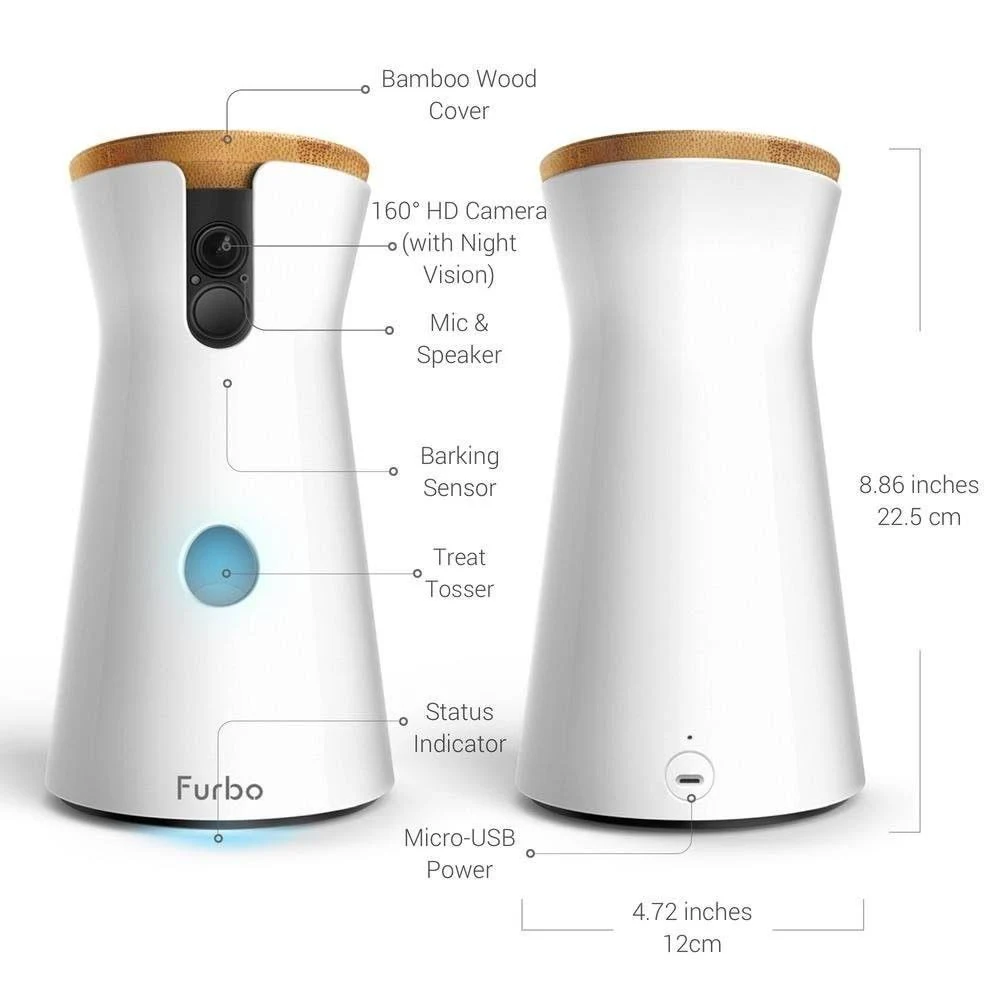
Size Differences
Size, activity level, and temperament can all vary greatly between male dogs and female dogs of the same breed.
Female Great Danes are usually on the smaller side (comparatively), while males are usually larger.
This doesn’t mean that every female dog will be small or every male dog will be large- but it’s something to keep in mind when making your decision.
Temperament Differences
There can also be temperament differences between male and female dogs.
Some people suggest that females are often a bit more “independent” and “protective”, while males are often considered to be more “easy going” and “go-with-the-flow”. These assumptions are, however, highly based on both nature AND nurture.
The Bottom Line
The most important thing is that you find a pup that is the right fit for you, your family, and your lifestyle- regardless of whether it’s a male or female dog.
Take your time, do your research and ask lots of questions to make sure you’re making the best decision for both you and your new Great Dane so that everyone involved can find success.
Should I Get a Puppy at a Pet Store?
Choosing a puppy at a pet-store is a very irresponsible decision. Most pet-shops source their pups from puppy mills, which are dangerous / unsanitary / unethical hoarders of little puppies that advertise available pups as ‘healthy and available’.
Usually puppy mills advertise their pups on websites with great design and beautiful photos that look clean and well-cared for, but this is not always the case.
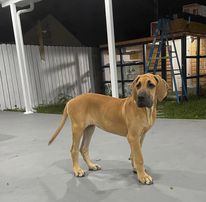
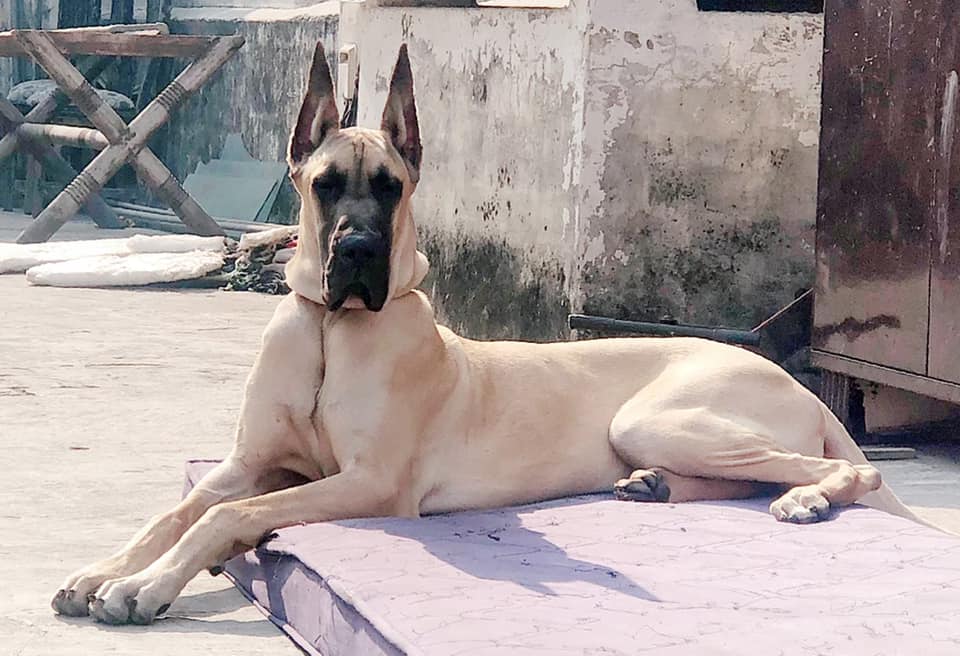

When you purchase a pup from a store front, you are unknowingly (or hopefully now you know) supporting these puppy mills and their terrible practices.
Additionally, pet store pups often come with a number of health problems that can be expensive to treat.
These health problems are most likely not some that you can see while you look at that adorable little puppy and its shiny coat or sweet little tongue in the cage at the mall.
But I’m ‘SAVING’ the Puppy
Of course, we always have the heroes who think that by getting a puppy from a shop that they are saving this pup. And, technically, YES, you are saving that ONE PUPPY.
But, what about the rest of the litter who was left behind in deplorable conditions? What about the mother dog who wasn’t able to come and get sold to a loving home because its still needed to breed more dogs- for profit?
What about the father of that pup who is also likely being used as a breeding machine in a puppy mill, with little to no regard for his health or wellbeing?
When you get a puppy from a pet store, you are lining the pockets of these people, equipping them to produce litter after litter, ultimately putting other dogs into critical situations that they simply cannot get out of.
I am Afraid That Puppy Won’t Like My Other Animals
If you have more dogs in the house and are worried about how a new puppy will affect them, don’t be! Being cautiously aware, but not nervous, is the correct mindset to be at.
In most cases, puppies and adult dogs get along famously. The key to success is to introduce the puppy to your dogs gradually and under supervision so that everyone has time to adjust.
What Does Socialization Mean?
Puppy socialization means exposing your new puppy to as many different people, animals, and environments as possible in a positive way so that they can learn how to interact with the world around them.
Socialization is the way that puppies interact with the world. It DOES NOT mean that they should visit dog parks daily or be exposed to daycare facilities that do not guide them in appropriate behavior.
Practicing negative behavior will only lead to the development of negative habits.
For more information about how to balance play with other pups and include puppy based socialization, you will be interested in our guide:
Start play is important for all puppies, but Great Danes especially need early socialization because they are such a large breed.
Help: I Got My First Puppy and I’m Drowning in Work
If you’ve just gotten your first puppy and are starting to realize that you’re in over your head, it’s okay!
We’ve all been there. Every new pet owner needs a little help getting started.
Find a Few Pups You Trust
The first step is to find a few owners of well behaved dogs or puppies that you trust. If you’re not sure where to start, ask your veterinarian for recommendations or look for local dog training clubs.
If you have friends with well-behaved dogs, ask if their owners would be willing to help you out.
This is important so that your dog CAN interact with other puppies in a responsible way. Allow your puppy to start playing with them, and monitor the behavior between the crew so that they can all have positive learning experiences.
Get Some Training Tips
Once you’ve assembled a group of pups you’re comfortable with, it’s time to start working on some basic obedience training.
This will help your puppy learn how to behave around other dogs as well as people.
There are plenty of resources available to help you get started, including books, videos, and online courses.
Make a few purchases like treats and a long leash to get them used to wearing a leash. Treats should be used in a fun, loving way to help build self esteem and get your puppy’s attention.
Here are a few of our favorite treats:
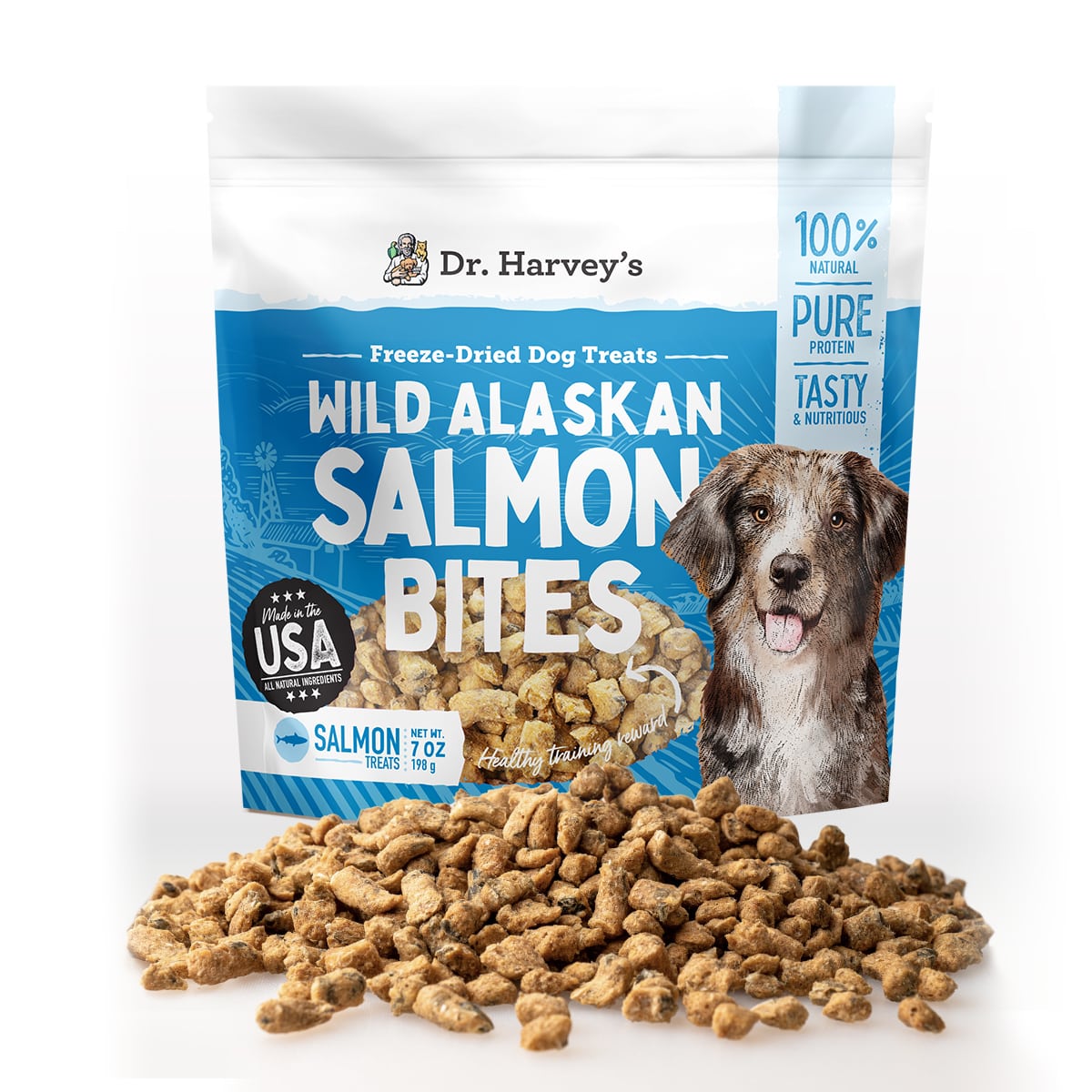
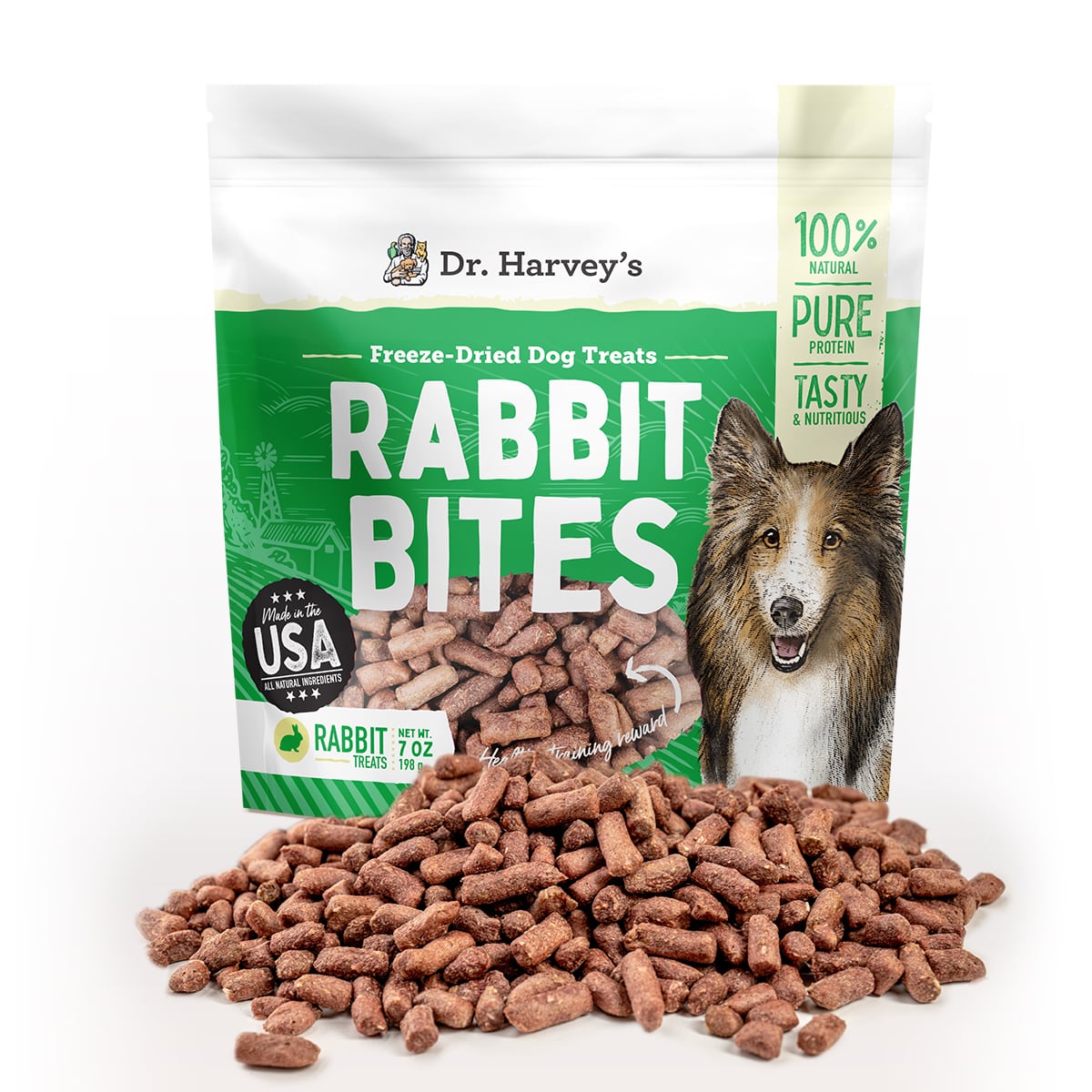
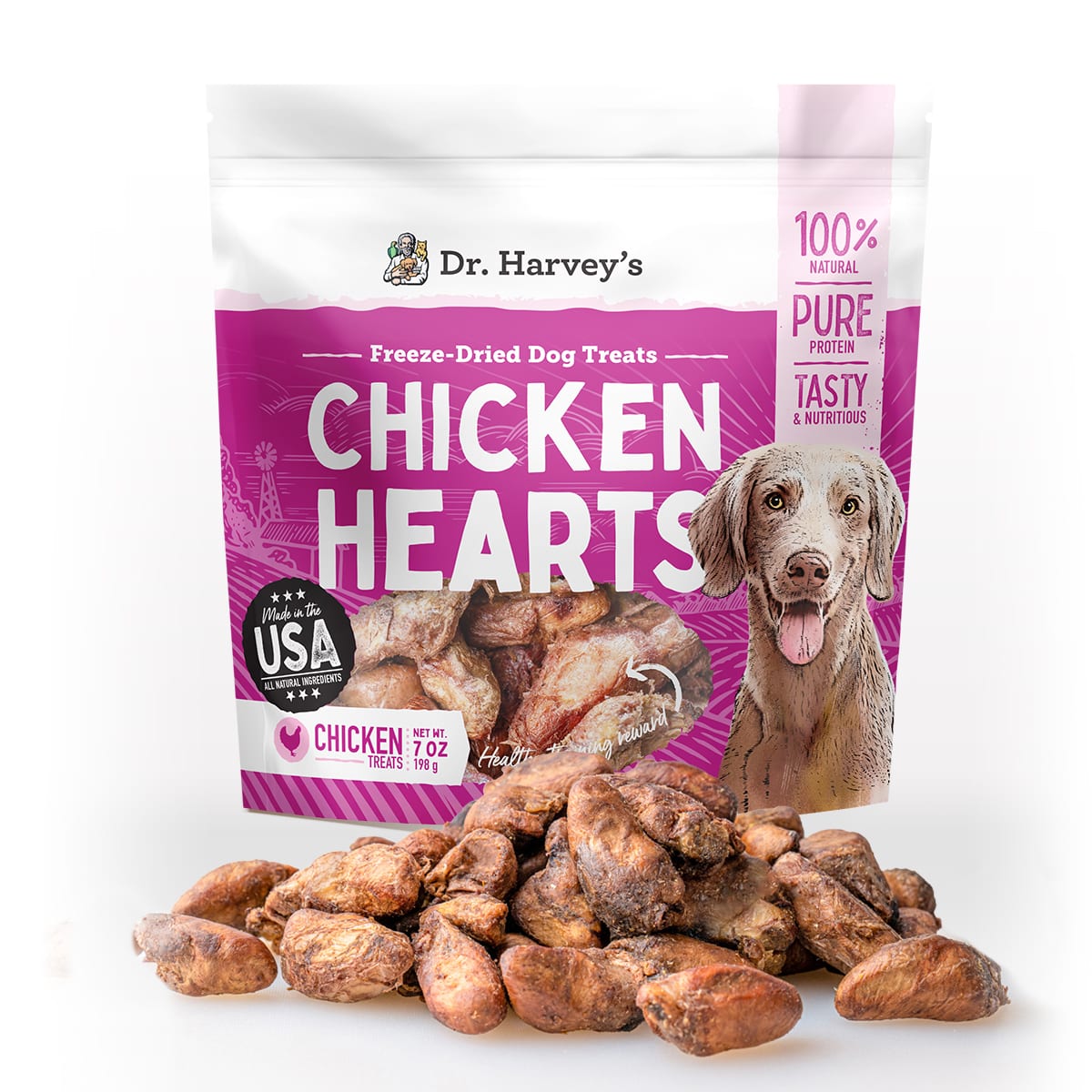
Crate Training and Your New Pup
Crate training is an important part of obedience training for puppies.
Not only does it help with housebreaking, but it also provides your puppy with a safe place to go when they’re feeling overwhelmed or need a break from play.
Start by introducing your puppy to their crate in a positive way. Put their food in the crate and let them eat in there.
Once they’re comfortable with that, you can start closing the door for short periods of time while they’re inside. gradually increase the amount of time they spend in the crate until they’re able to stay in there for several hours at a time.
Here is a compilation of our favorite crates for your pup:
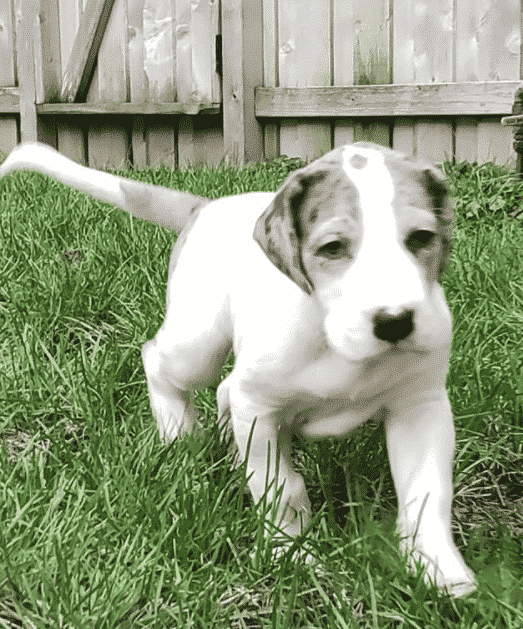
The Best Crate for a Great Dane Puppy: Click Here
In Conclusion:
In conclusion, choosing a new Great Dane is a very challenging task.
Be responsible when choosing a breeder, and be prepared for the challenges of housebreaking and obedience training.
But most importantly, have fun! Your new puppy is sure to bring you years of happiness. Thanks for reading!

JOIN OUR COMMUNITY
Do you like modern positive+balanced off-leash dog training, science-based information, life with Danes, educated ownership and chatting with other like-minded people?
Join our growing Facebook group!
